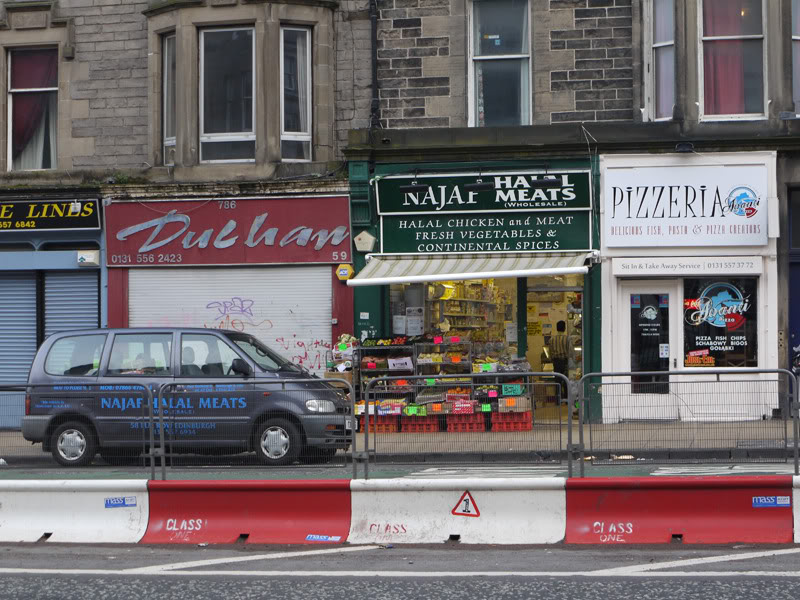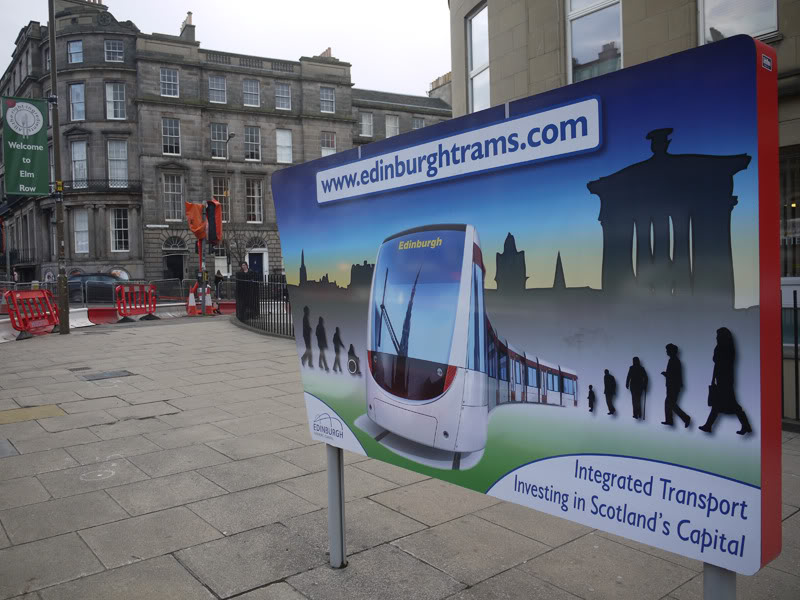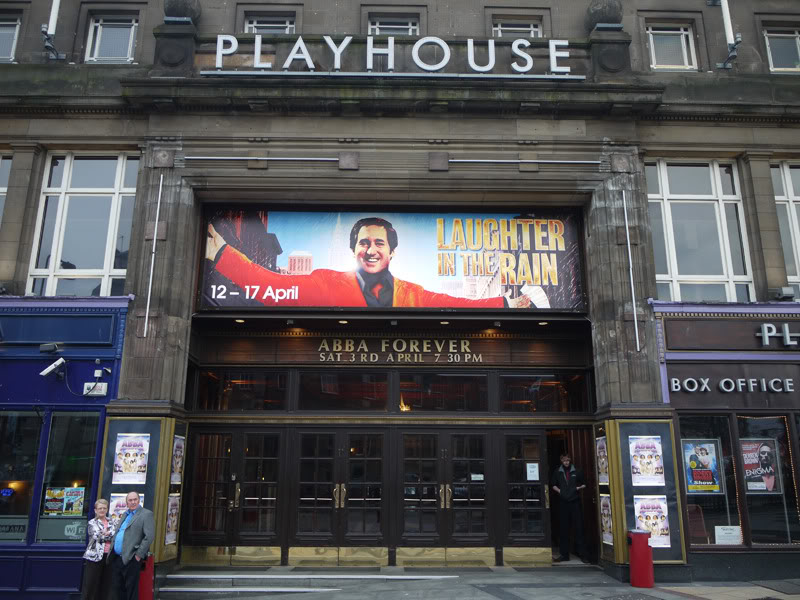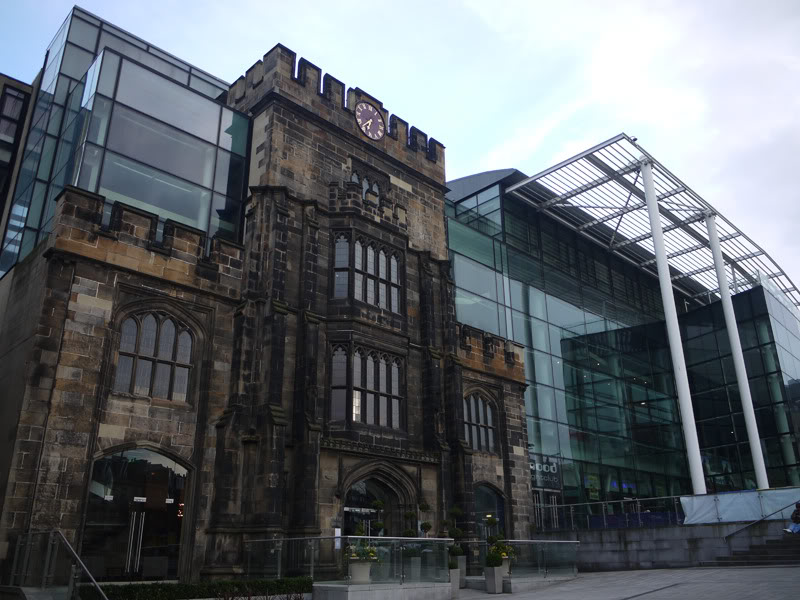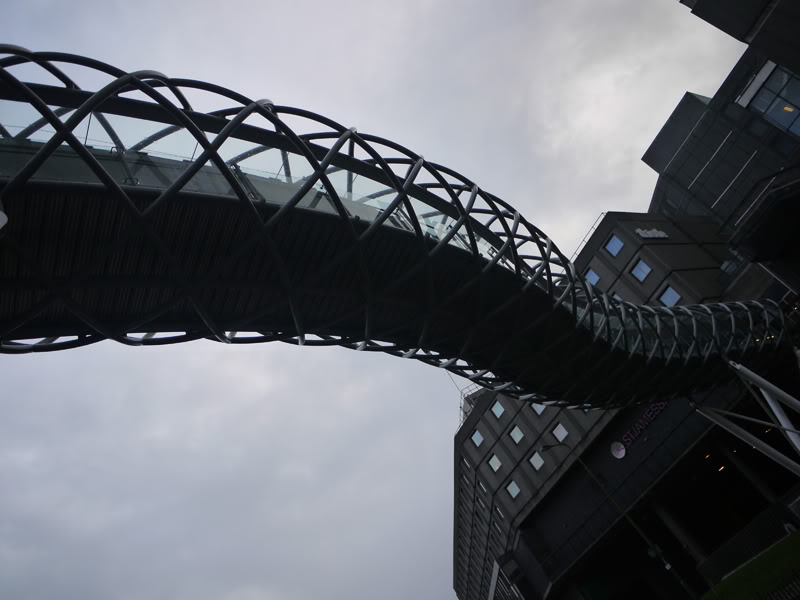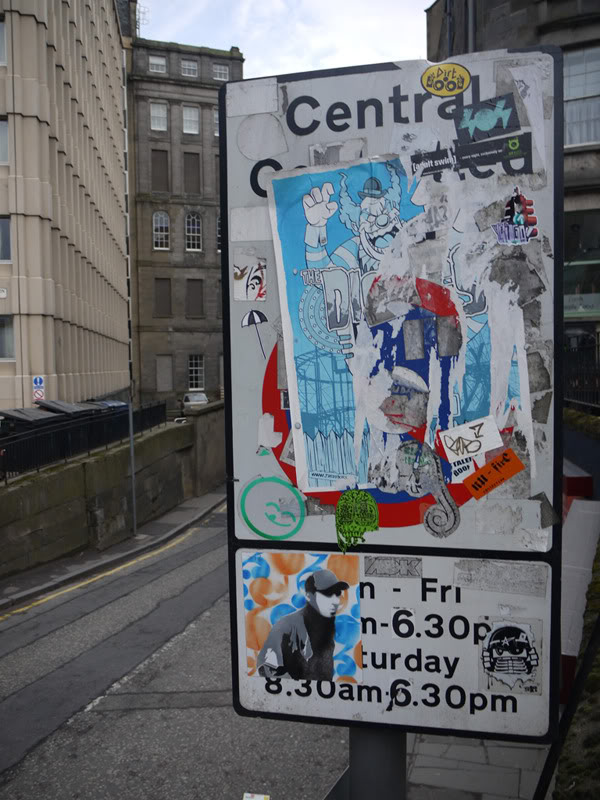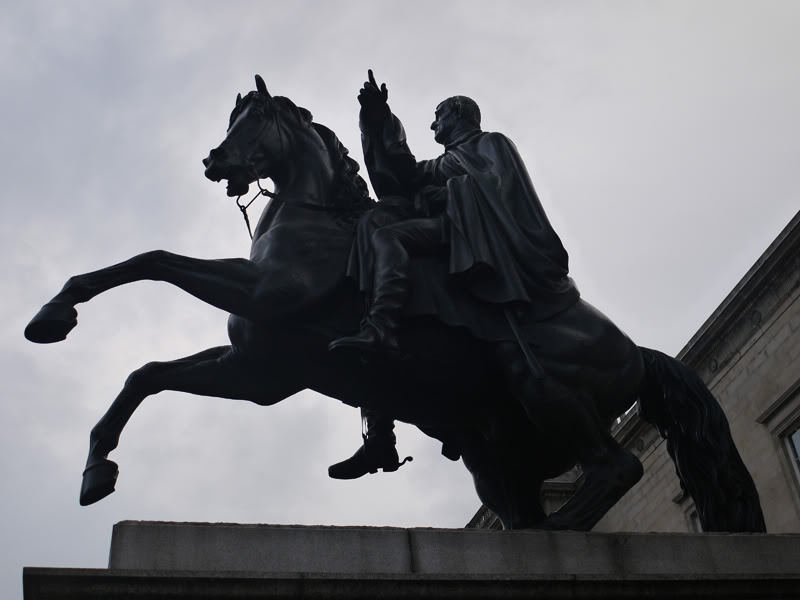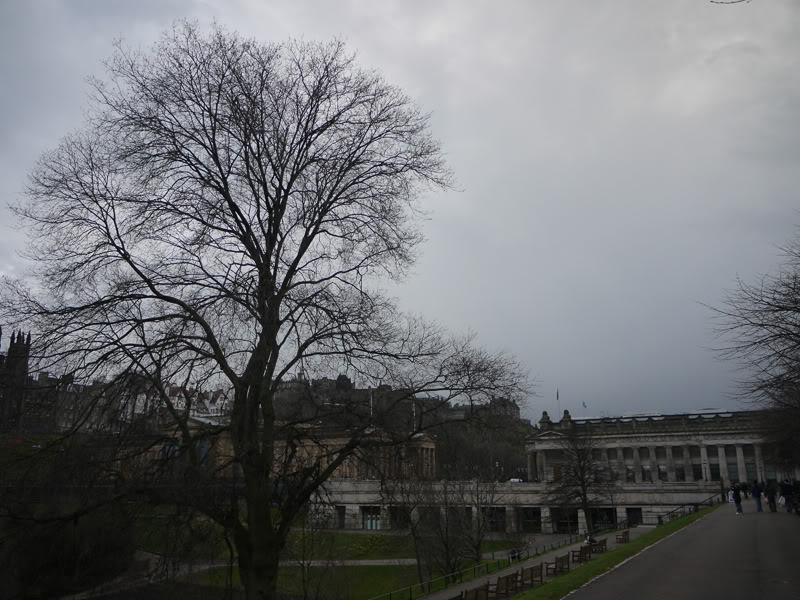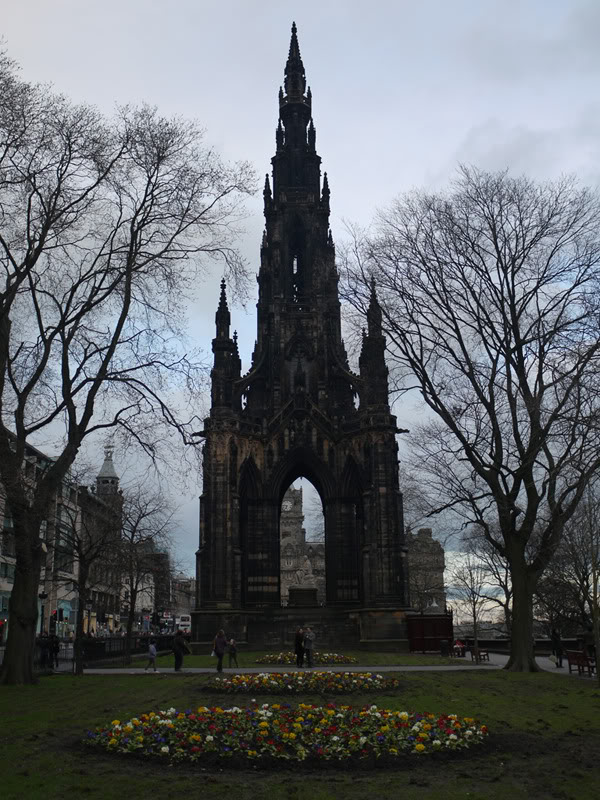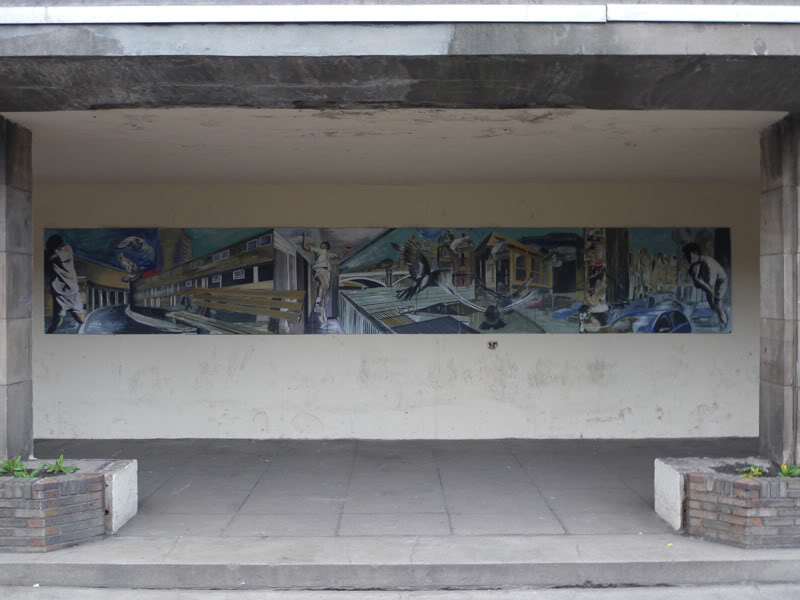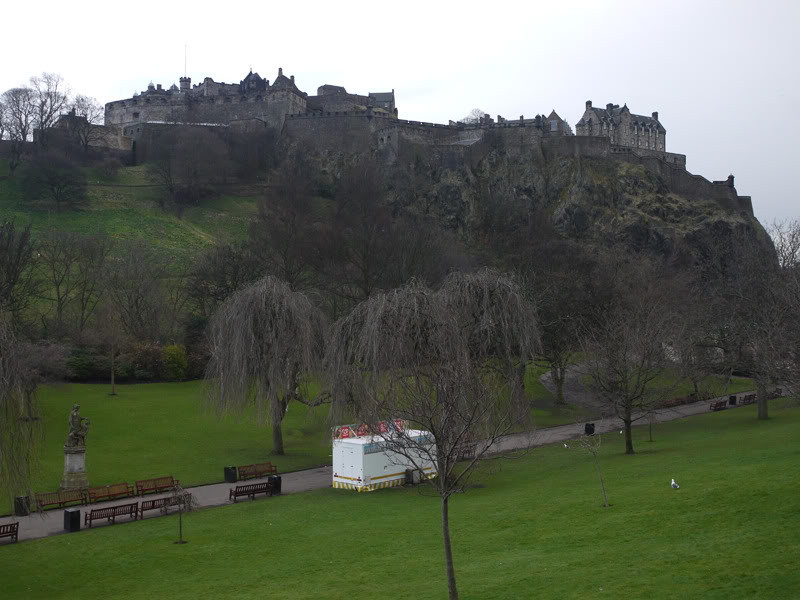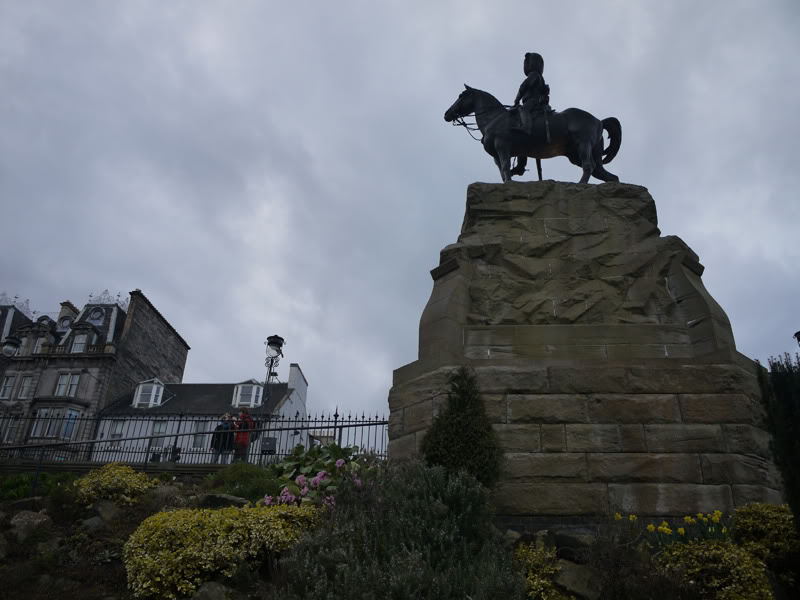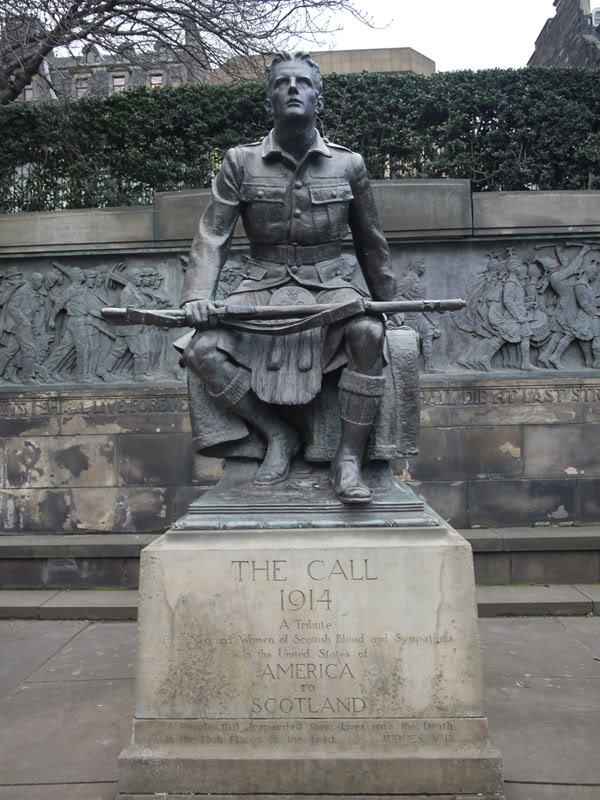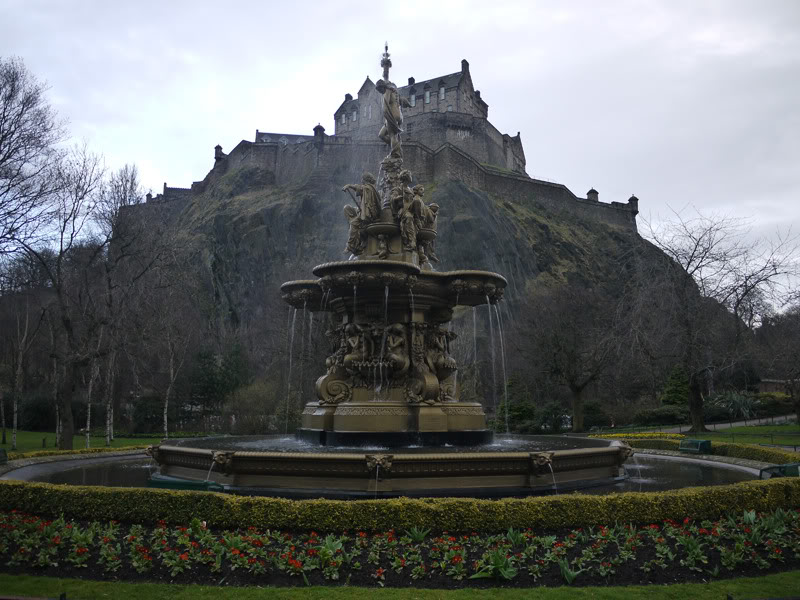Over the Easter long weekend, I decided to head up to Scotland, basing myself out of Edinburgh. I will do another blog post with the other parts of Scotland next.
So many people that I know were always going on about how Edinburgh was such a great city. I am happy to say, that it more than lived up to the hype. Due to what can only be described as ignorance on my behalf, I had assumed that Edinburgh would be very similar to the English cities that I had visited. While there are certainly similarities, it is noticeably different – kind of like England but with more of a mainland European influence, probably owing to the fact that for much of Scotland’s history, it had very strong trade ties with countries that were nearby by boat, such as the Netherlands and Norway.
All in all, there was lots of impressive old architecture, lots of construction and a real link to nature in the city. Very, very nice and impressive.
First, is a stretch of road which leads from Haymarket down to the end of Shandwick Place and into the heart of the city. All those roadworks are related to the new tram that is being installed, which will run from the Harbourfront, all the way through the main parts of the city and to the airport. Despite the usual complaints from people about how it was going to cost too much, and disrupt the roads and traffic while being constructed, they went ahead with the project and when done, it is very obvious to see that it will be of great benefit to the city.
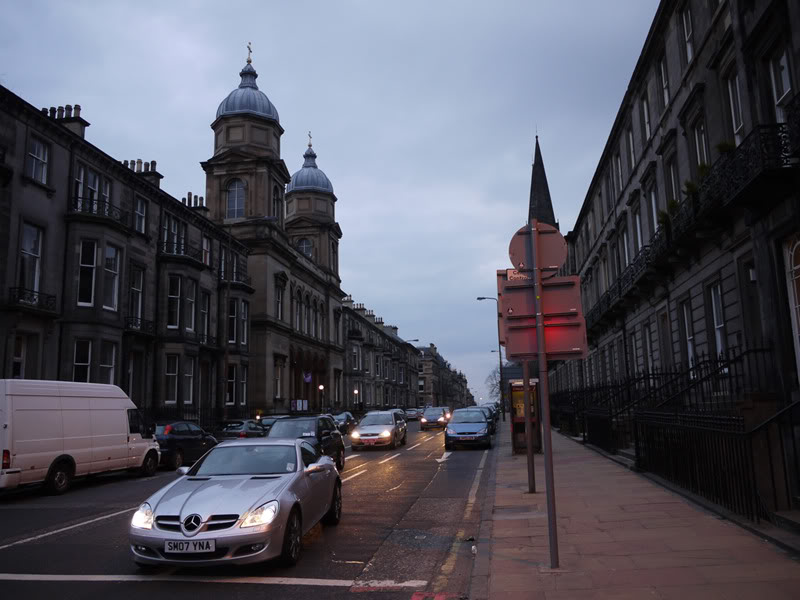
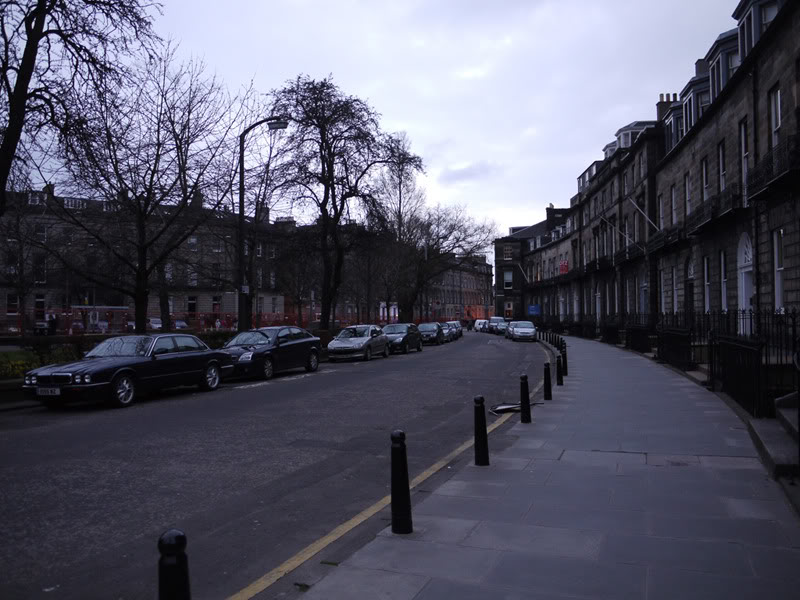
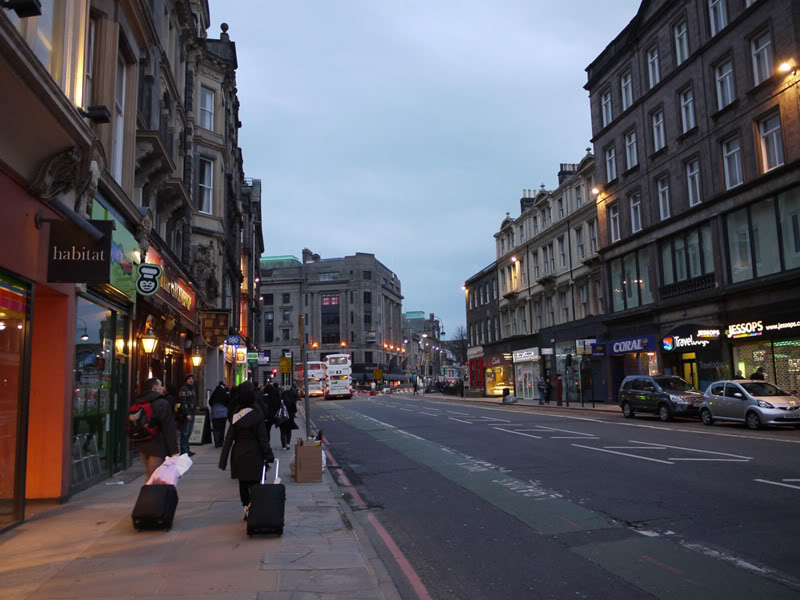
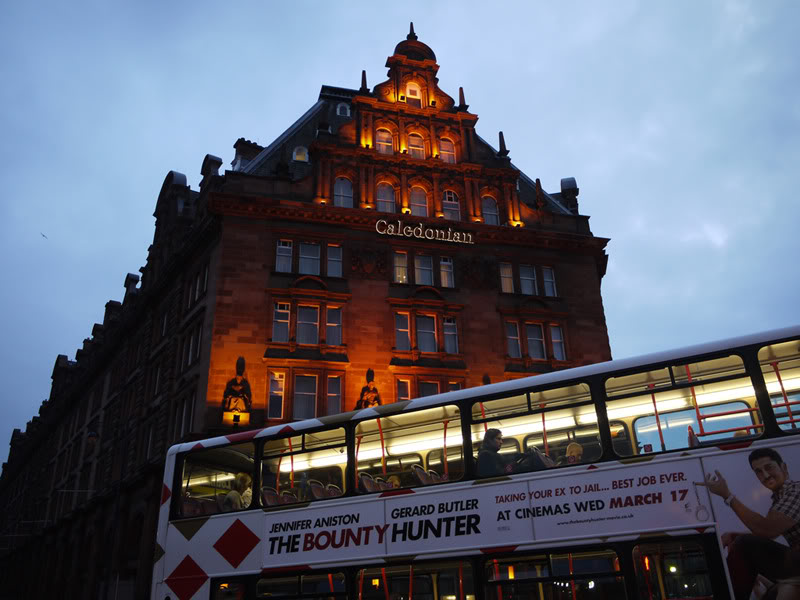
The first church is St John’s Episcopal Church and the second is the Parish Church of St Cuthbert. In the background are the Princes Street Gardens, and Edinburgh Castle. The cool night, falling sun and cemetery all came together to create a very atmospheric vibe.
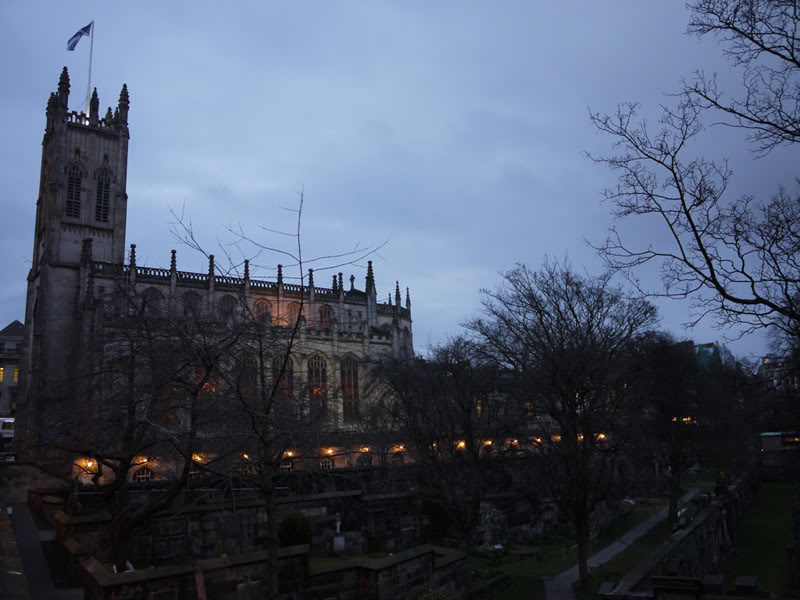
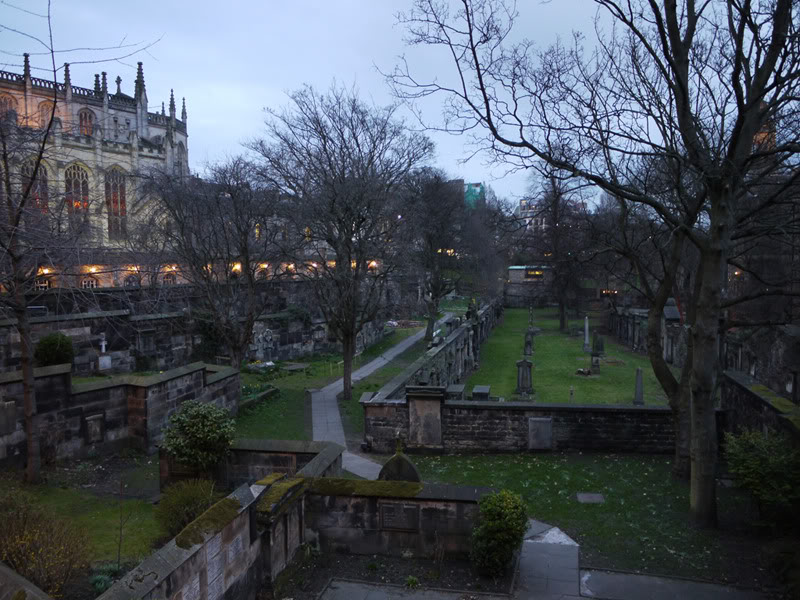
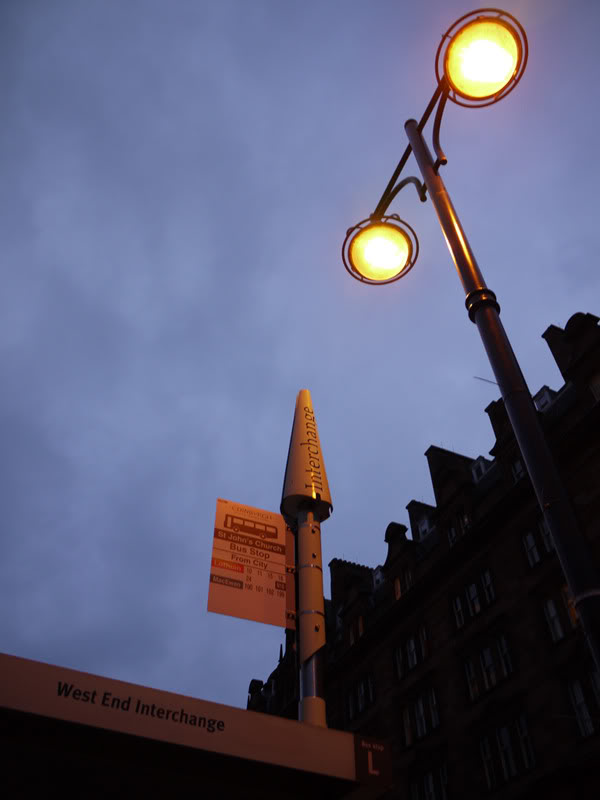
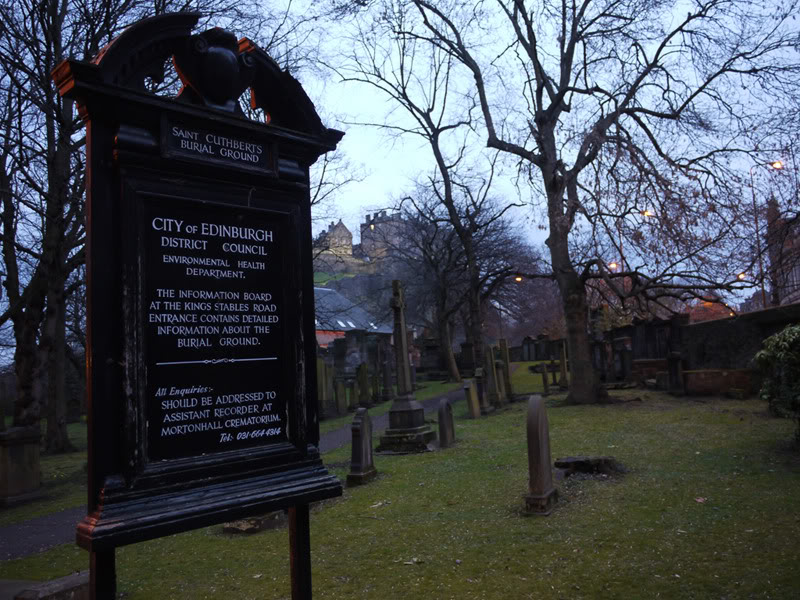
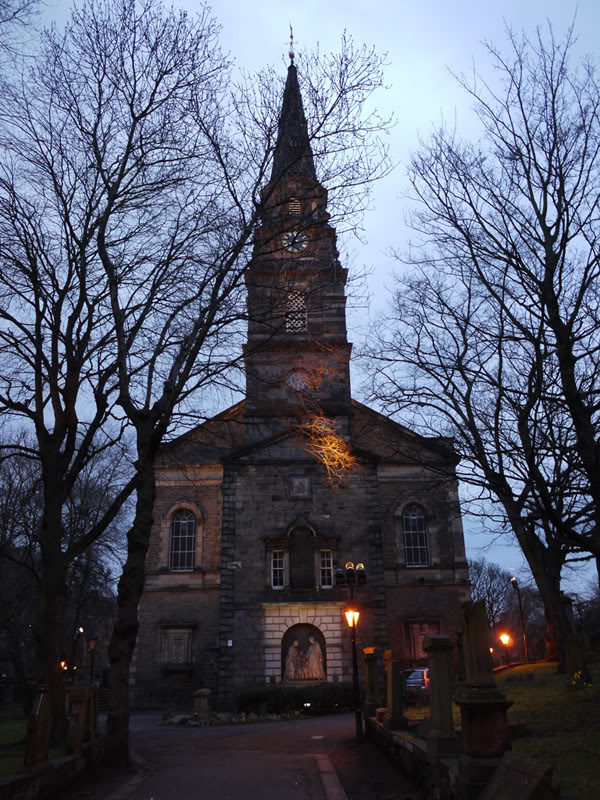
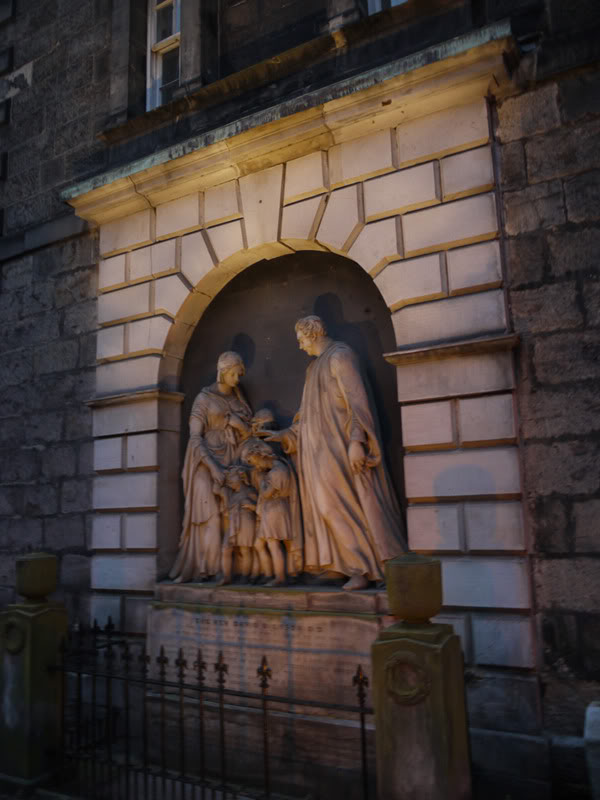
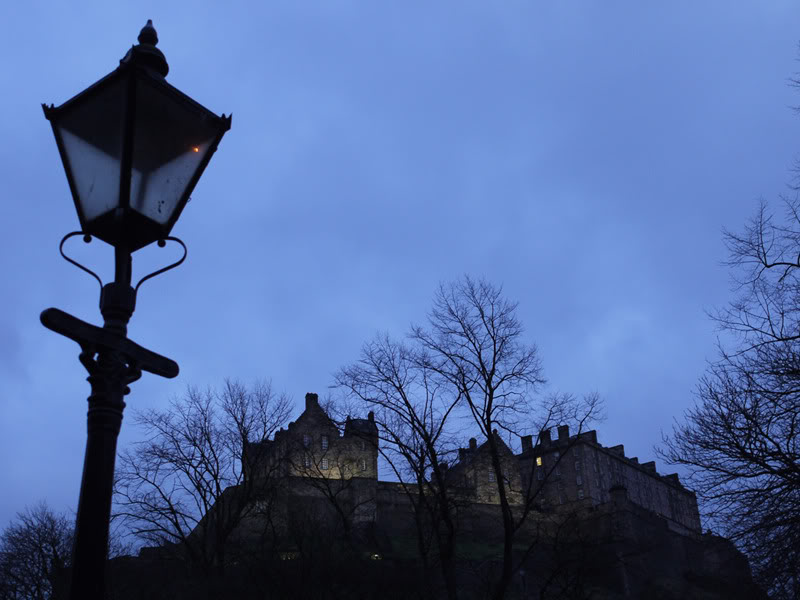
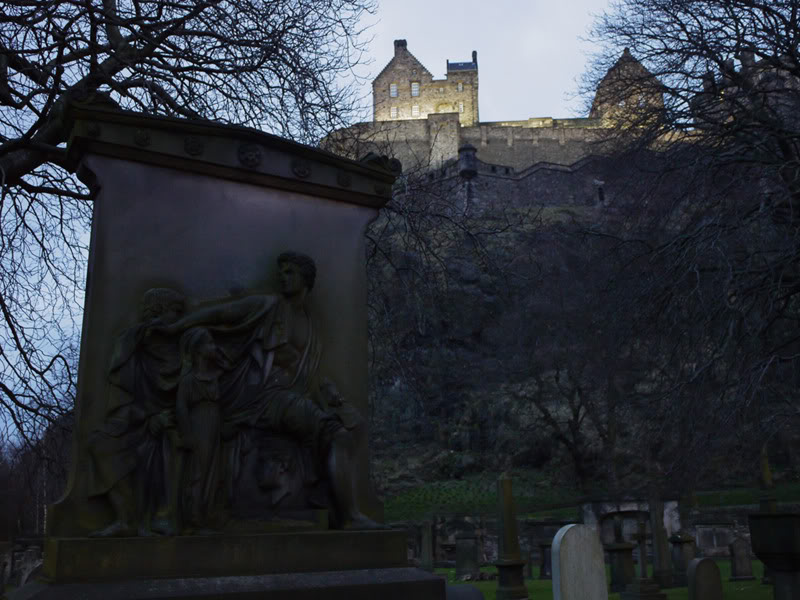
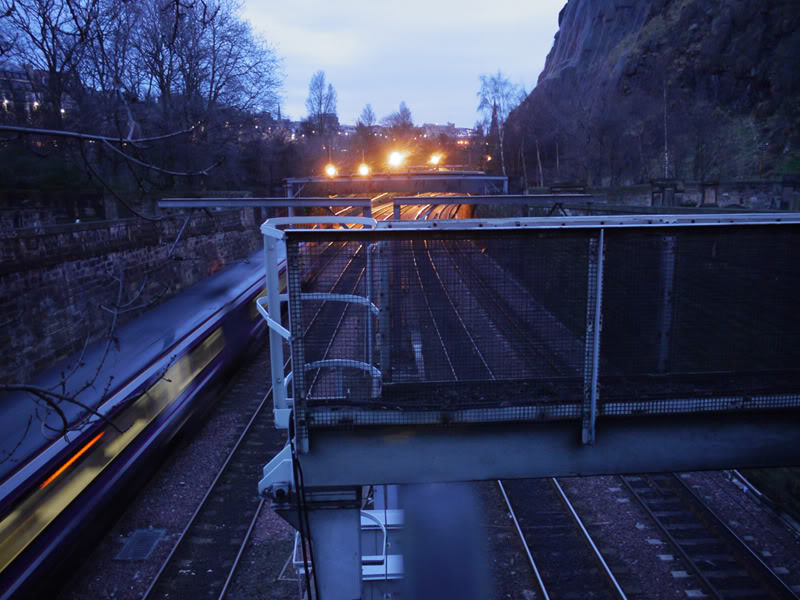
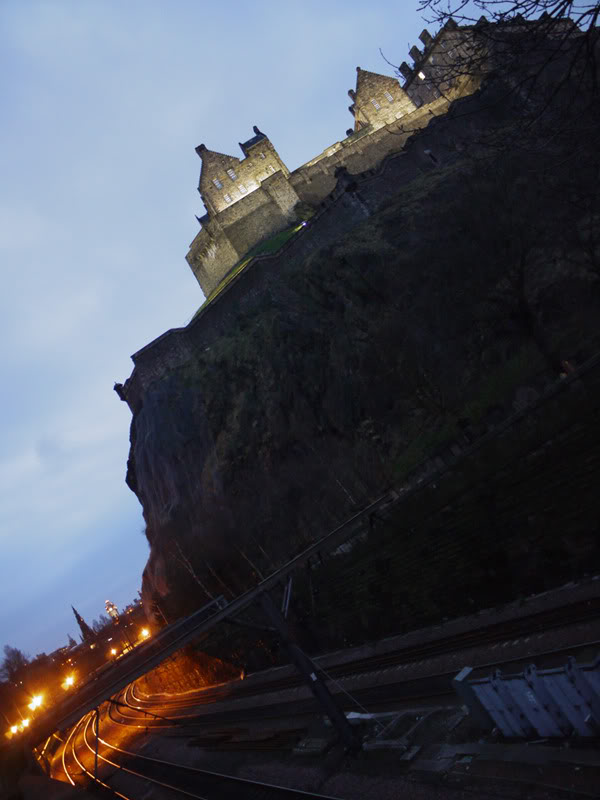
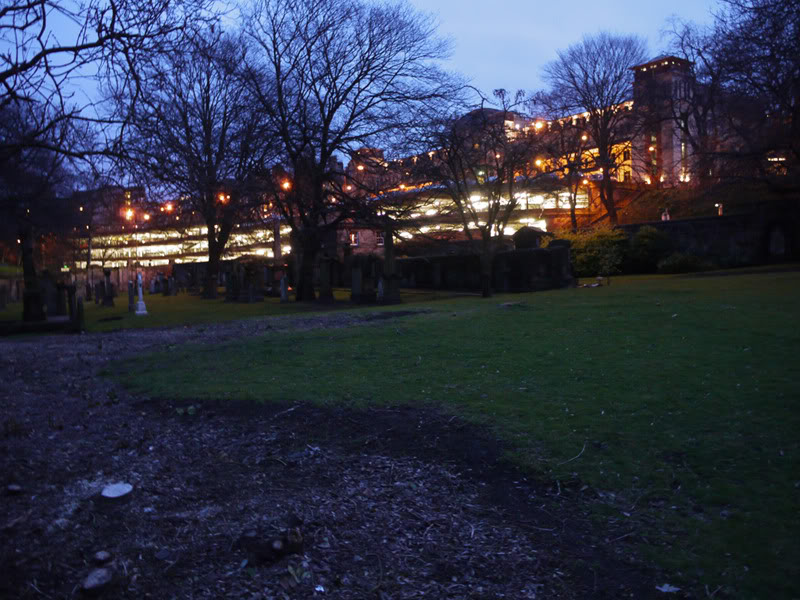
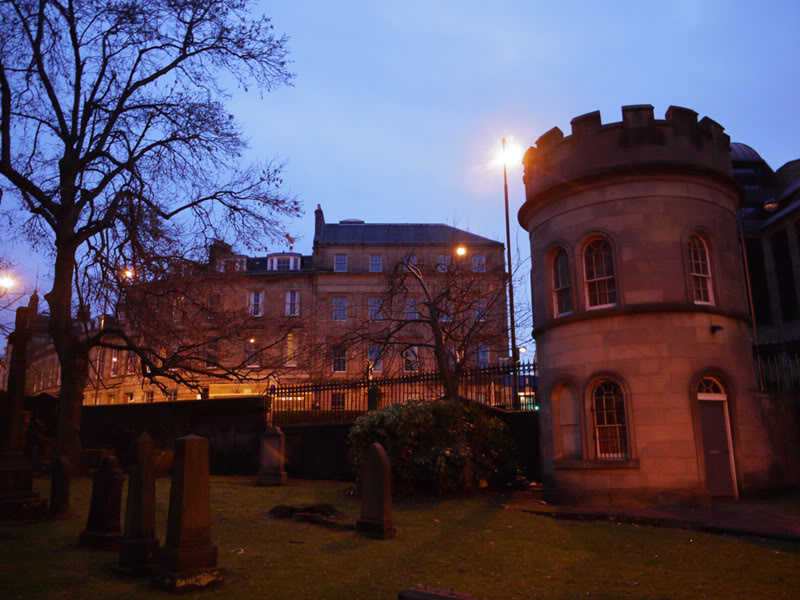
Princes Street is the main shopping street in Edinburgh. It is impressive in that all the shops and buildings are on the North side of the road. The South side contains Princes Street Gardens, and amazing views of the Old Town, Edinburgh Castle, and the big valley in between, as well as the beautiful Gardens and its statues.
For anyone who has seen the film Trainspotting, the chase in the opening scene is along Princes Street.
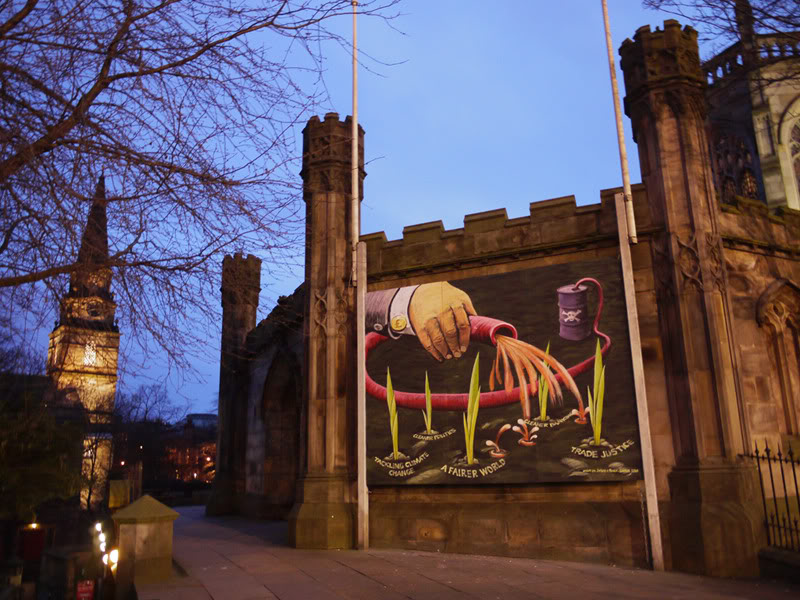
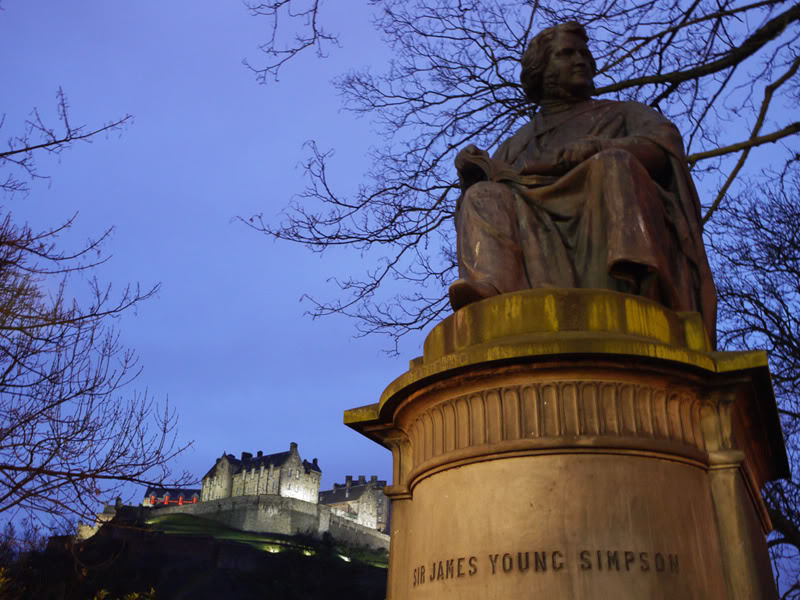
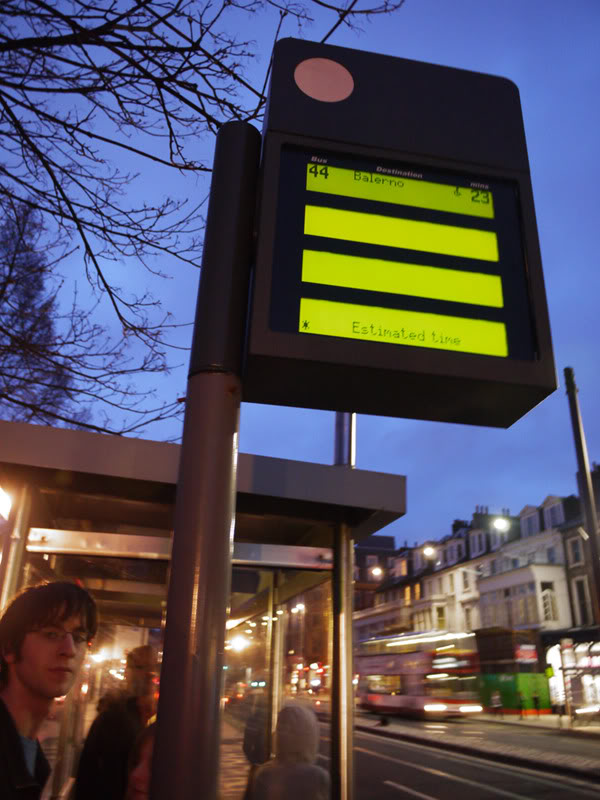
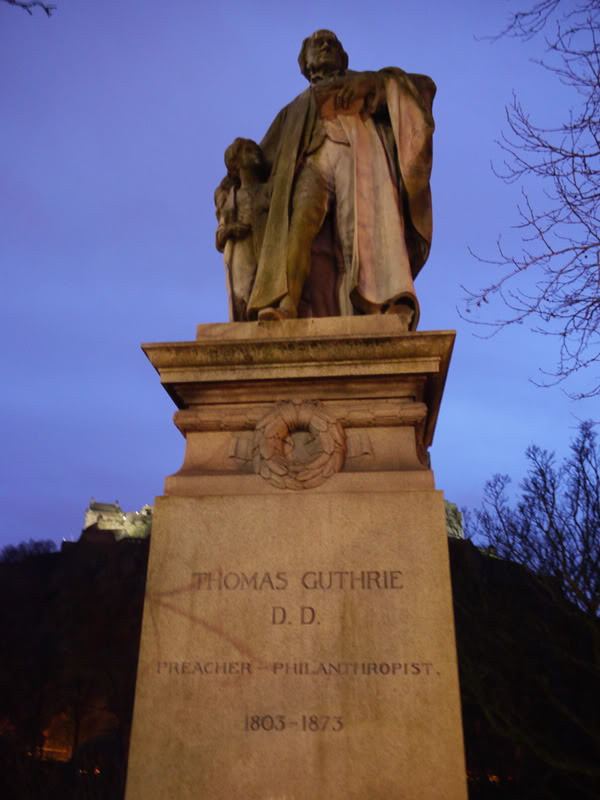
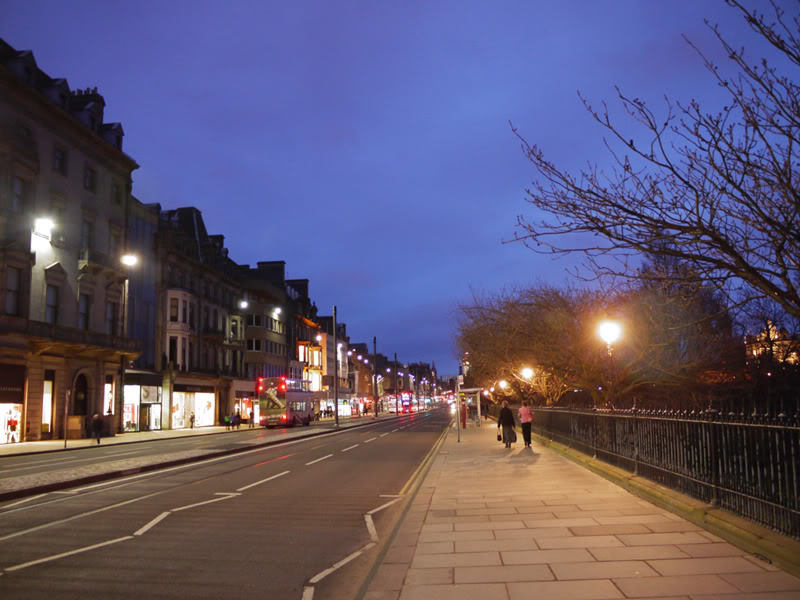
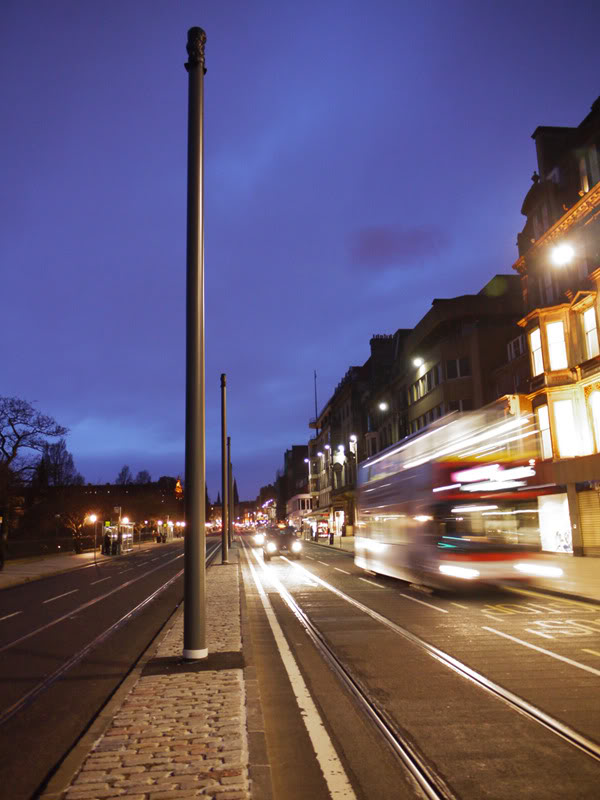
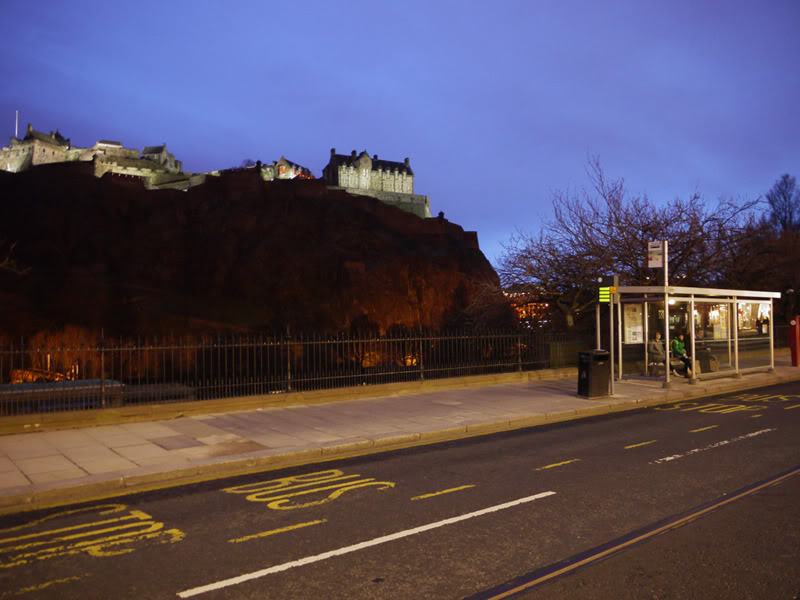
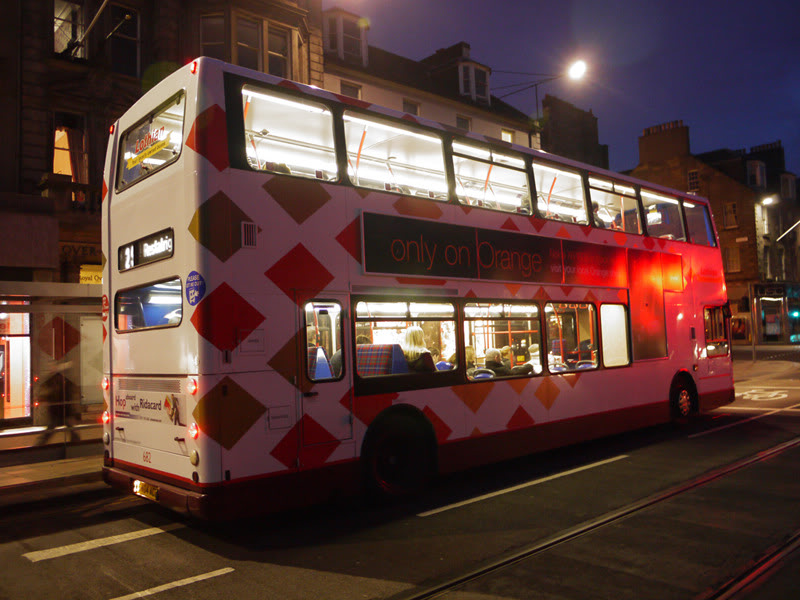
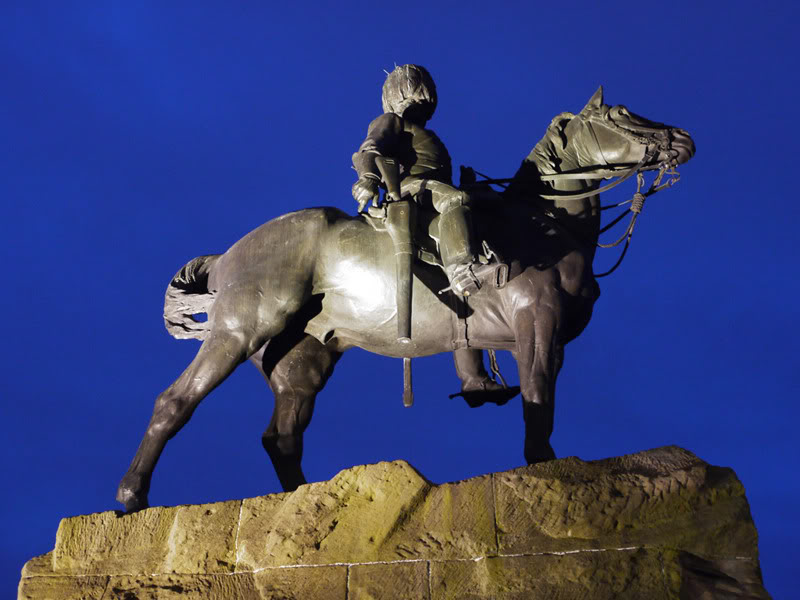
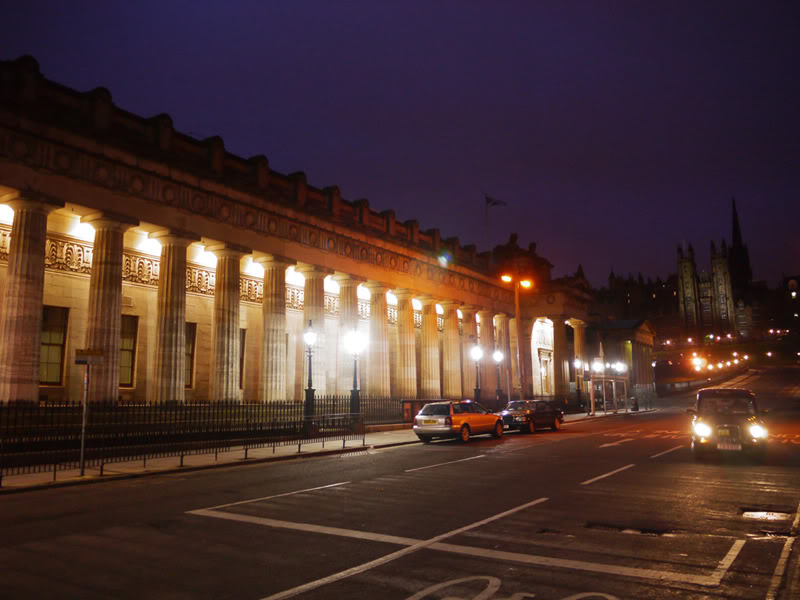
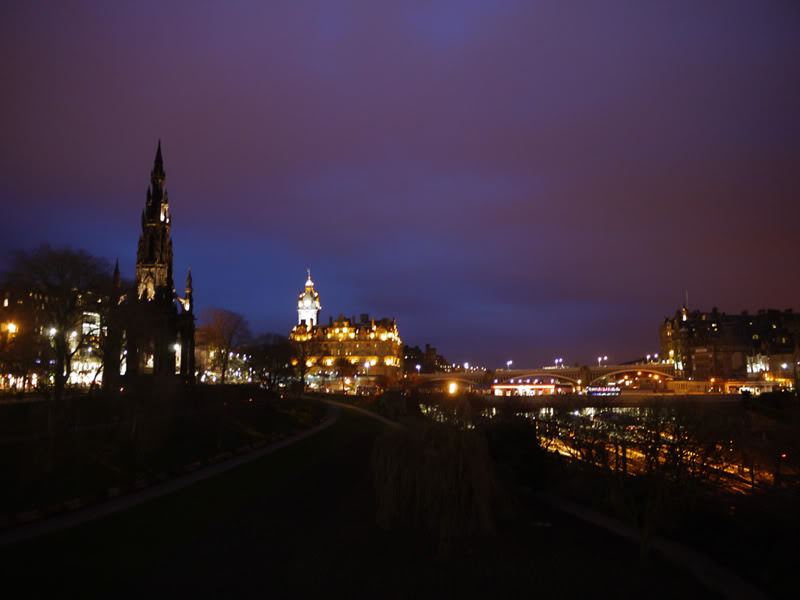
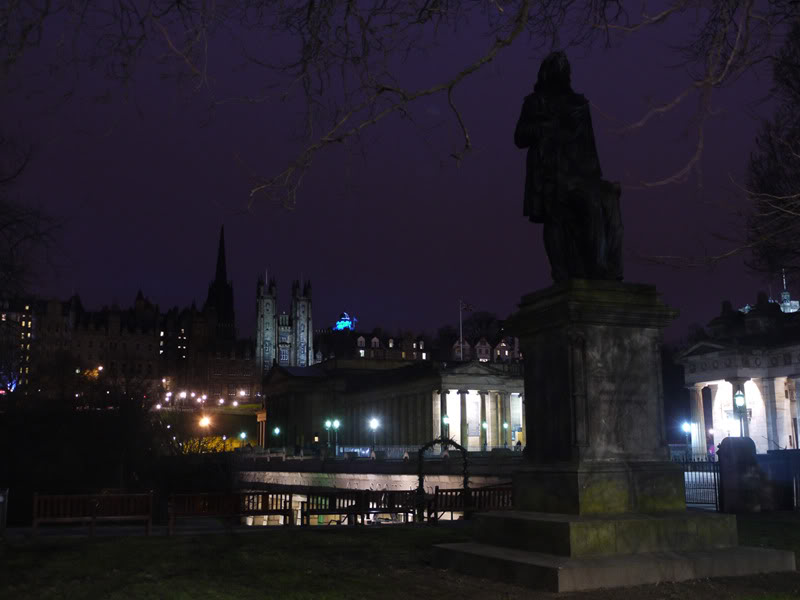
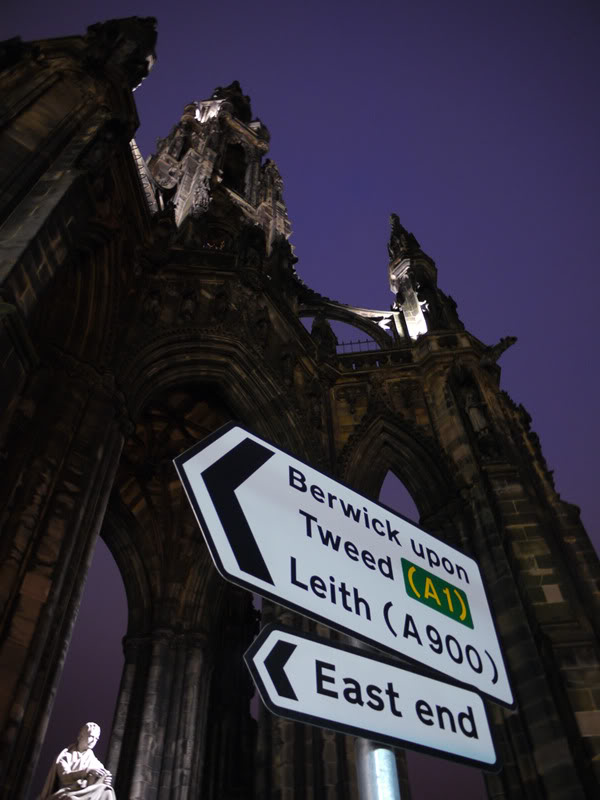
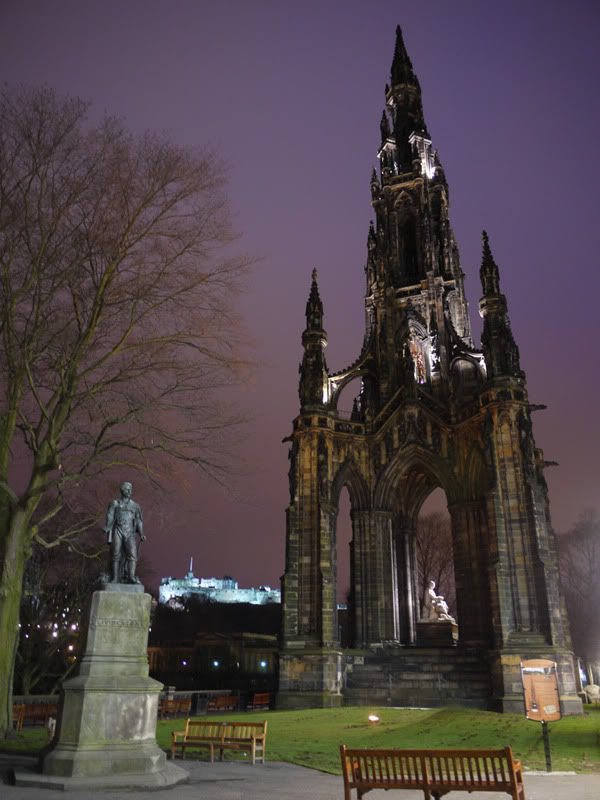
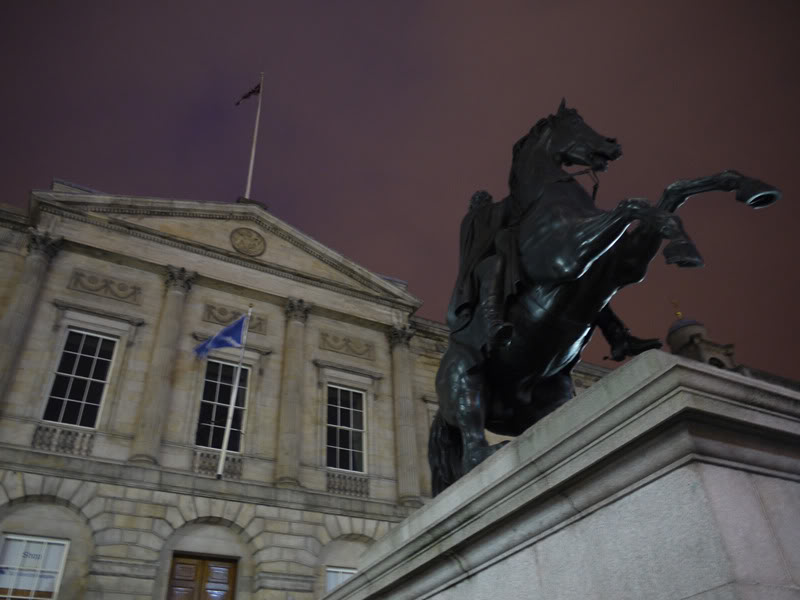
Next we get to Leith Street, and a series of streets which together are known as ‘Leith Walk’. Currently in the process of urban regeneration Leith was historically been the home to the dark underbelly of Edinburgh. Crime, drugs and prostitution were the area’s hallmark and up until 2001, the police had designated it and ”official tolerance zone”. You can see how the area changes as I head further down the walk. The regeneration can be seen everywhere, from the tramline, to abandoned buildings being readied for restoration or demolition and various other things. Leith has an interesting character to it, with lots of interesting people and little stores. Hopefully the regeneration doesn’t completely destroy that.
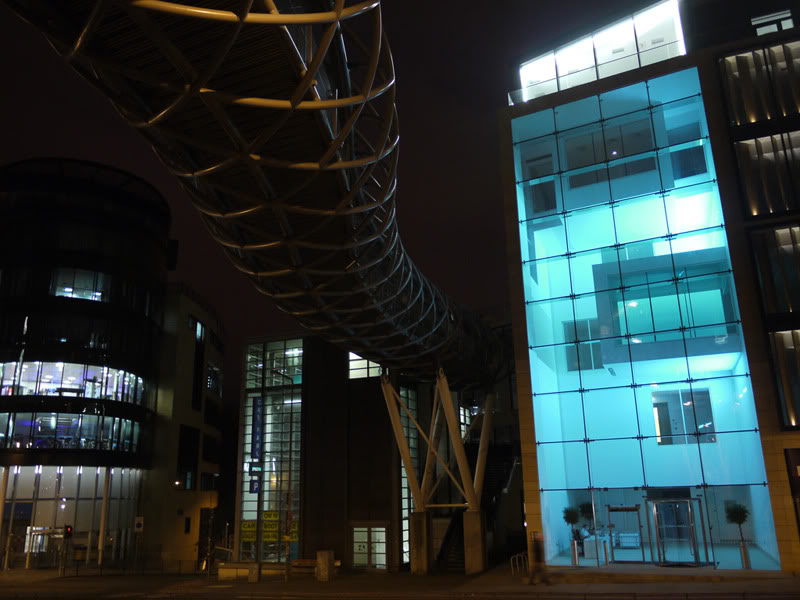
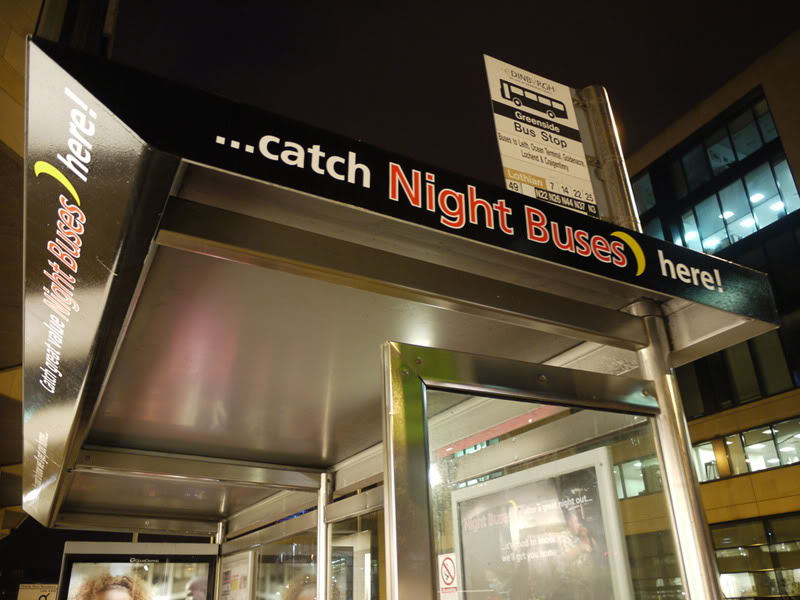
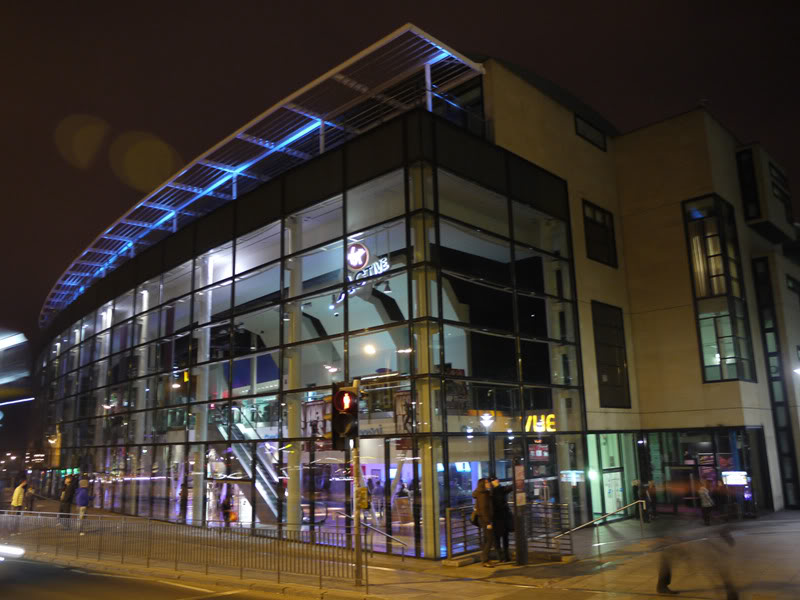
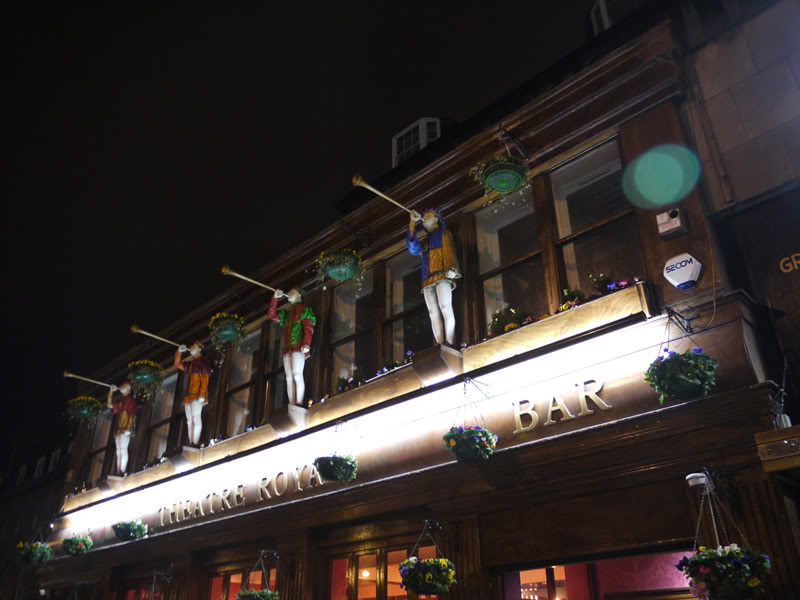
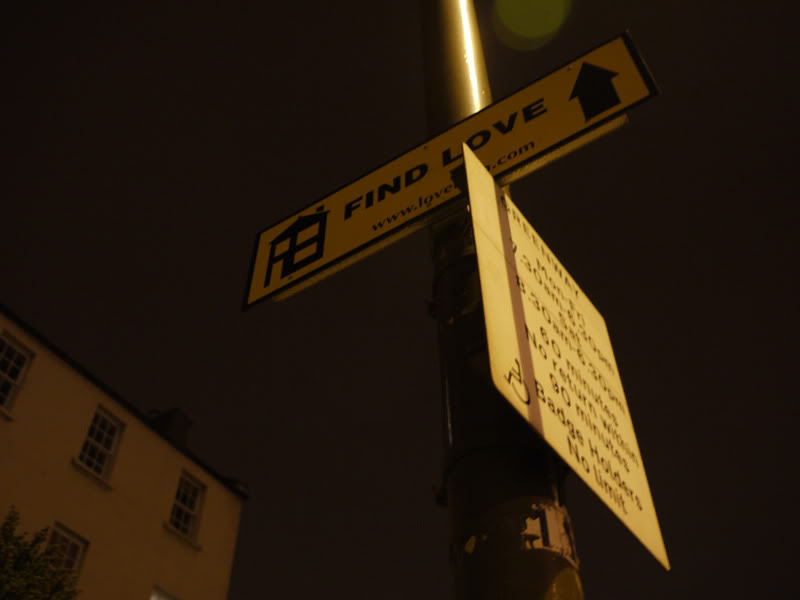
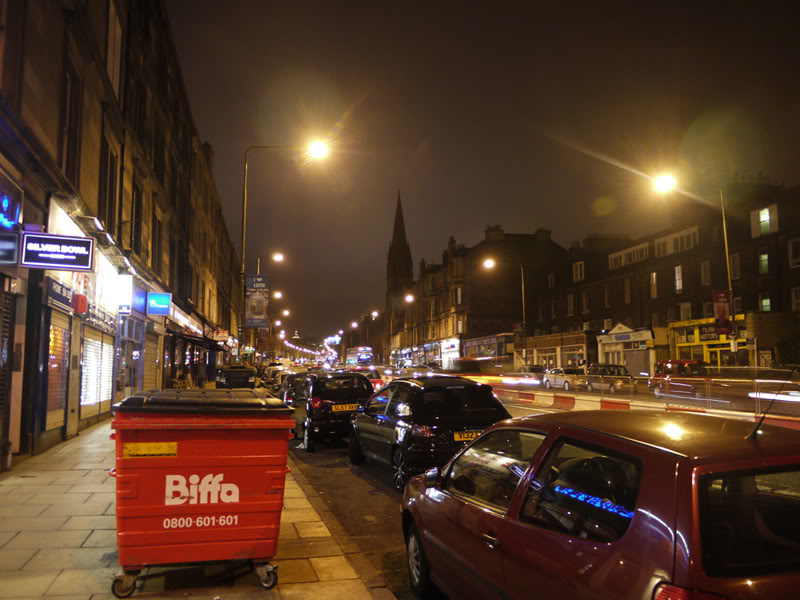
Just off Haymarket the next day, I ventured down some side streets, past a new office area, to Edinburgh Castle. There was a Farmer’s Market set up and this had lots of tasty looking foods from local growers, farmers and businesses.
I could write a LOT about Edinburgh Castle, and there is a lot to learn by walking about there. This is a good example of a tourist attraction. Lots to see, lots to read, but all done very tastefully with proper preservation in mind. It might be the most popular tourist attraction in Edinburgh and full of tourists, but it does not feel ”touristy”. Something that the leaders in Hong Kong should have taken note of before destroying the authenticity and vibe of the Tian Tan Buddha and Po Lin Monastery.
The castle is built atop the volcanic Castle Rock. Humans are thought to have lived on the site from as far back as the 9th century BC, and there has been a royal castle of some description on the site since the 12th century, with many additions, destruction in sieges, rebuilding etc. occurring over the centuries. Certainly not to be missed when visiting Edinburgh, just make sure you get there early as the lines after 10 am are insanely long!
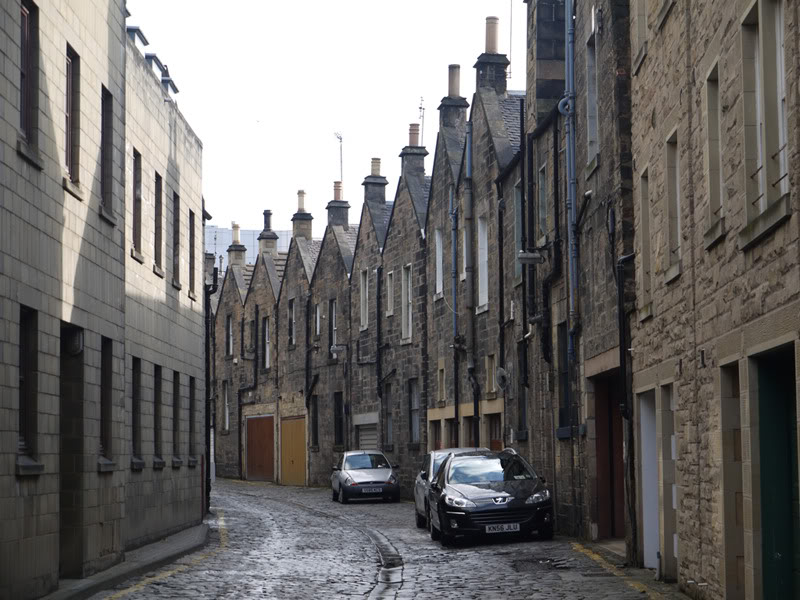
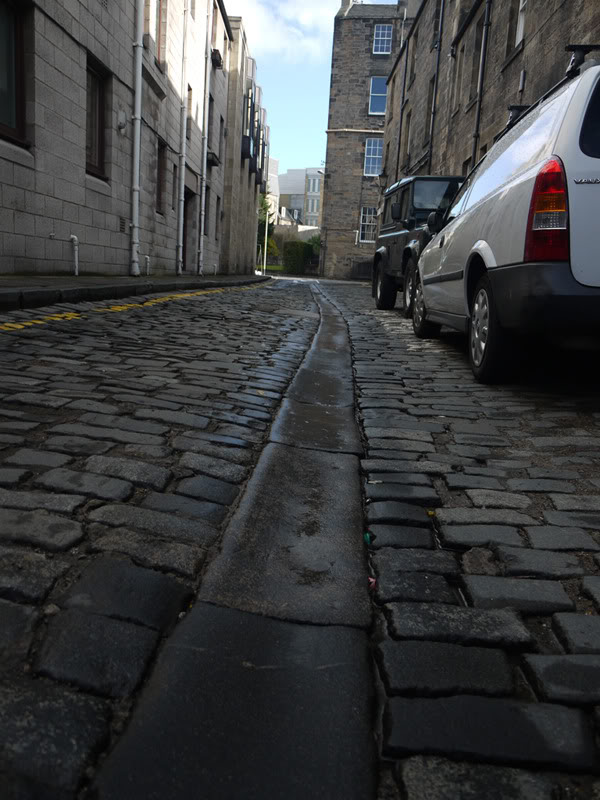
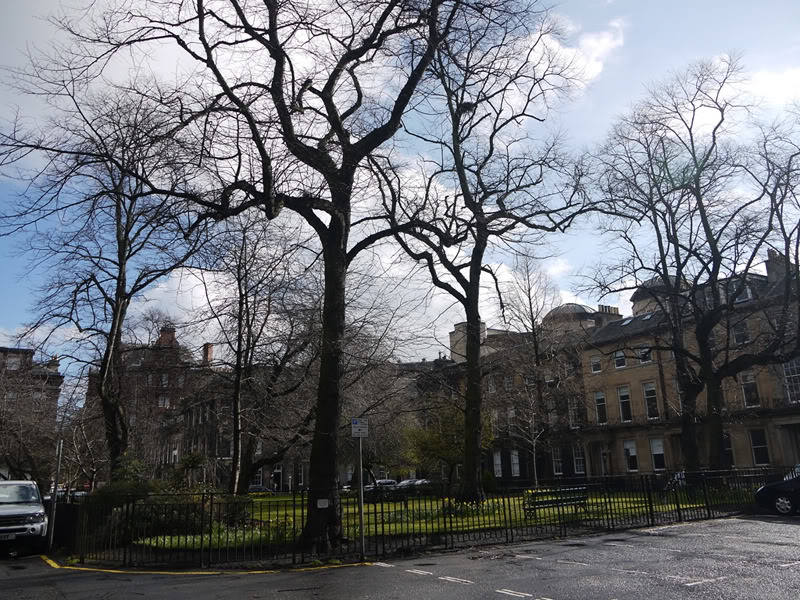
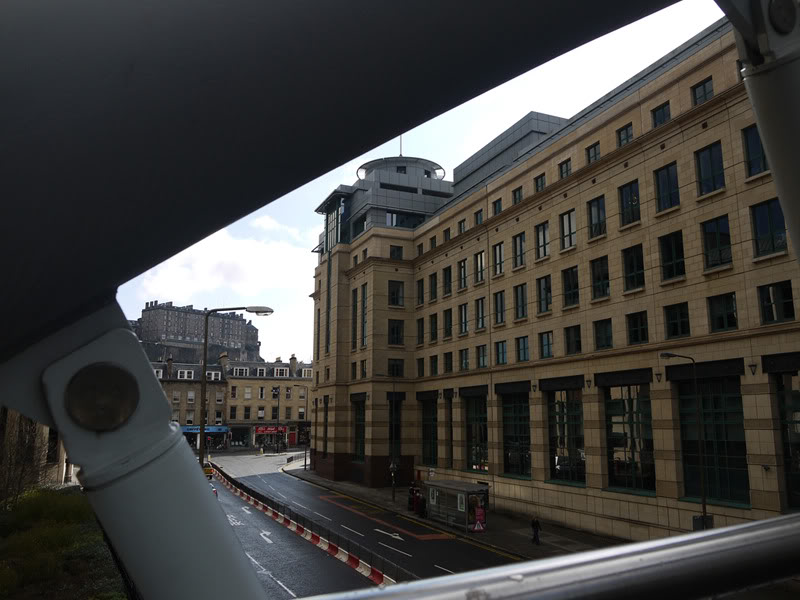
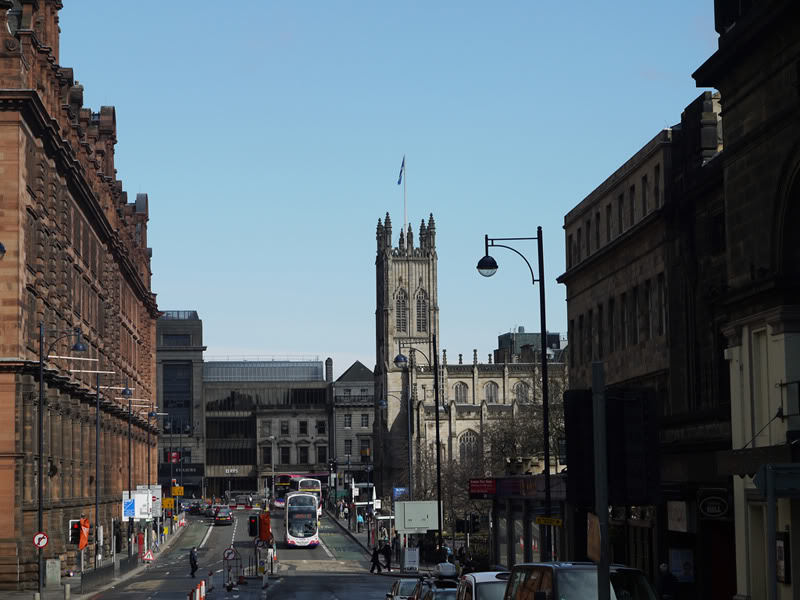
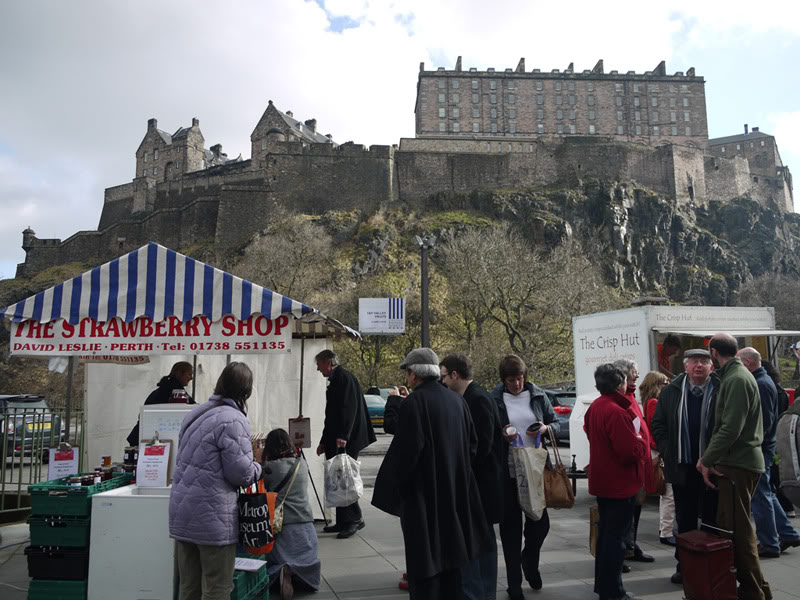
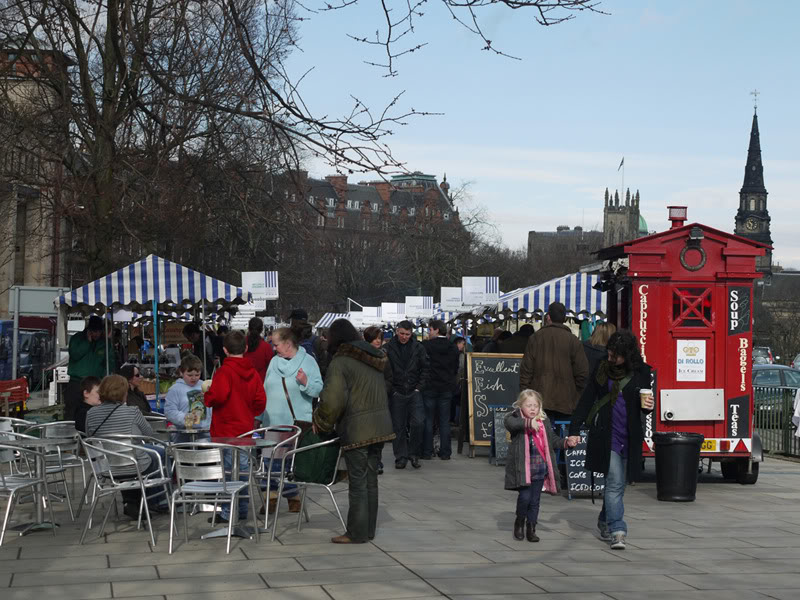
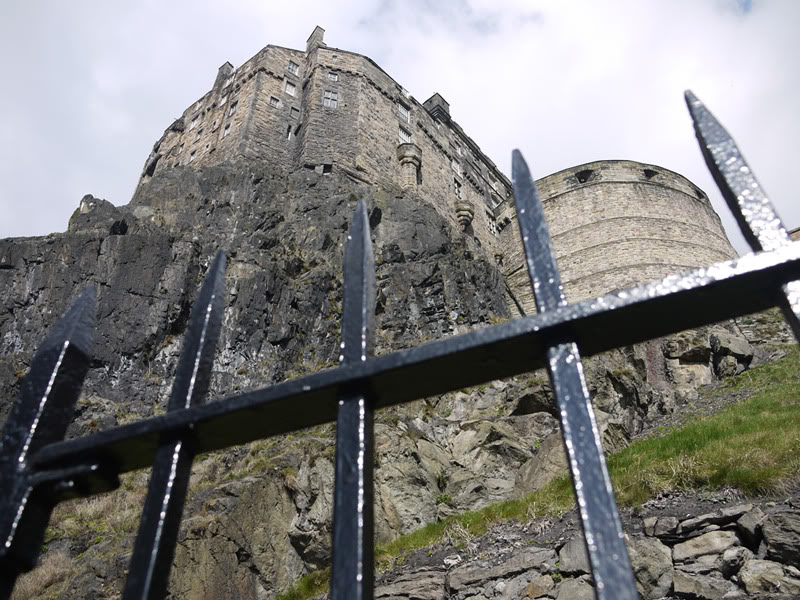
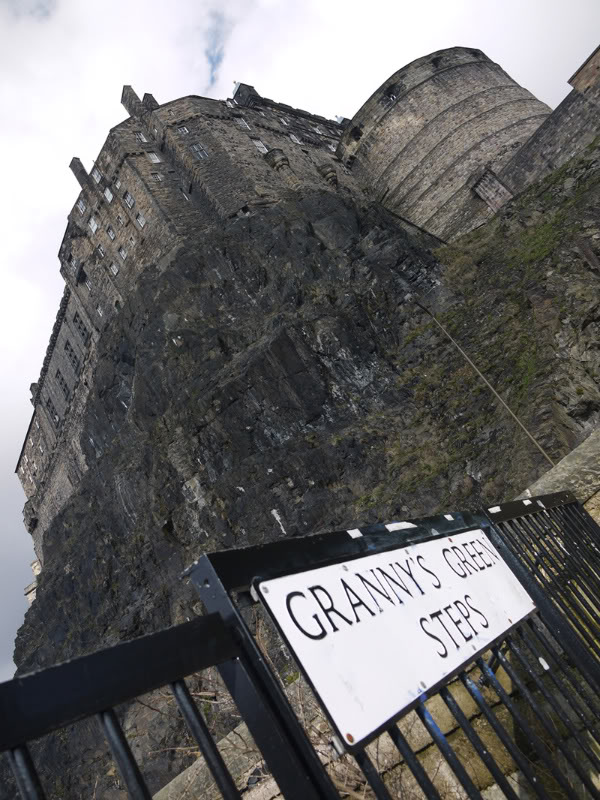
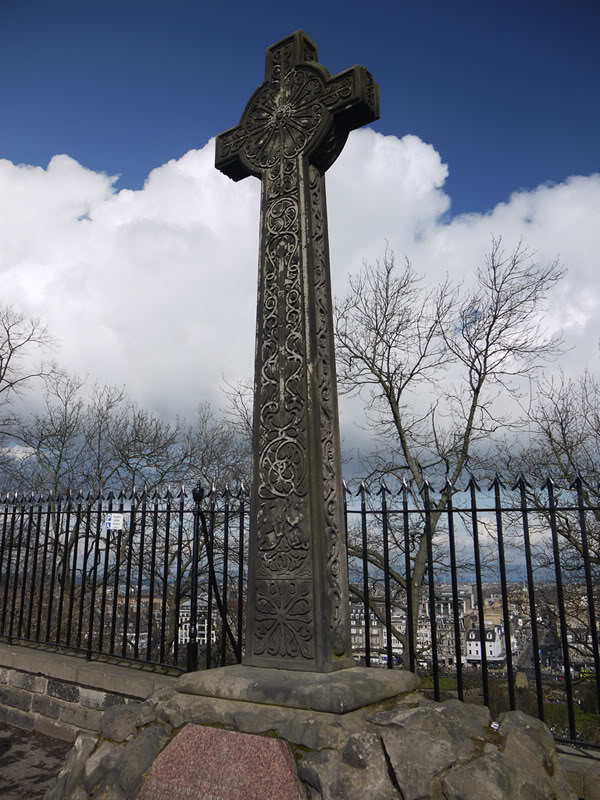
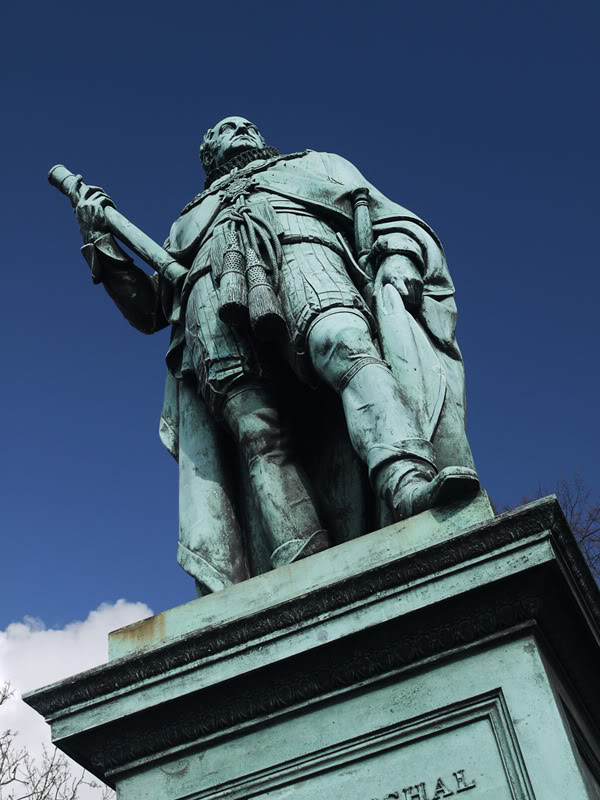
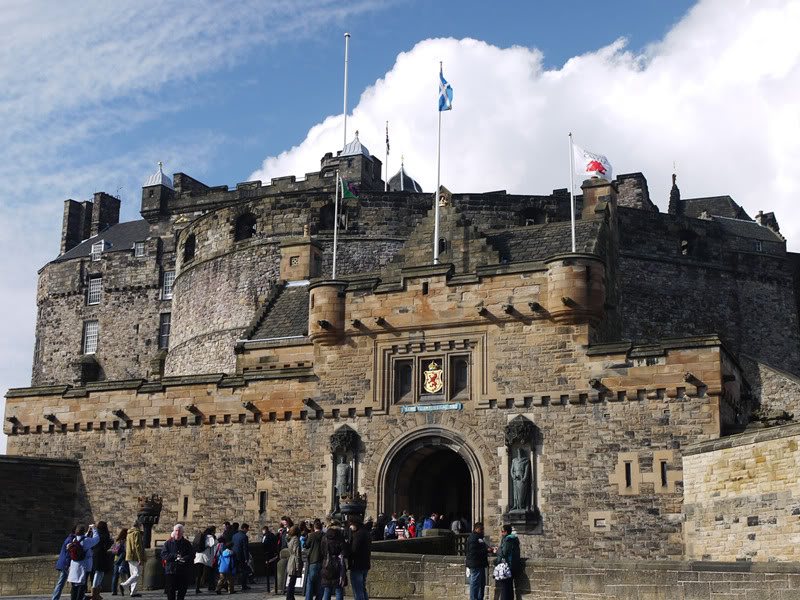
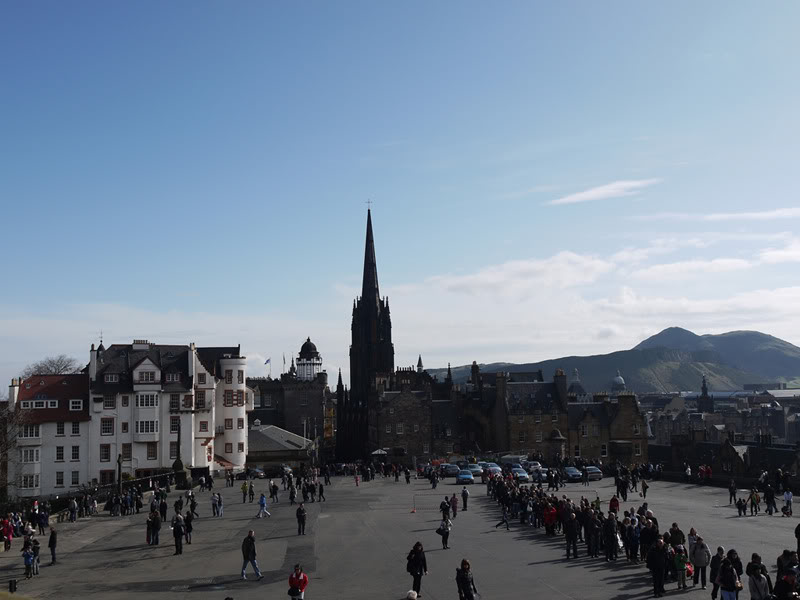
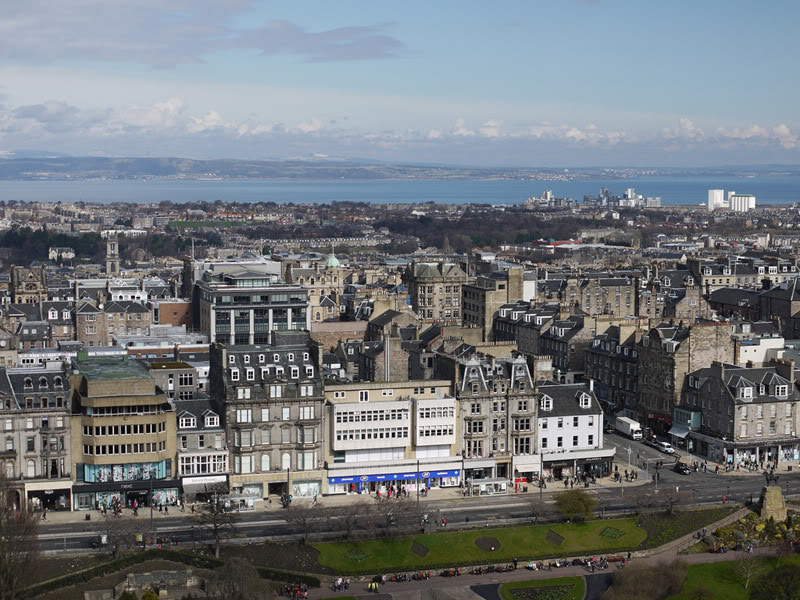
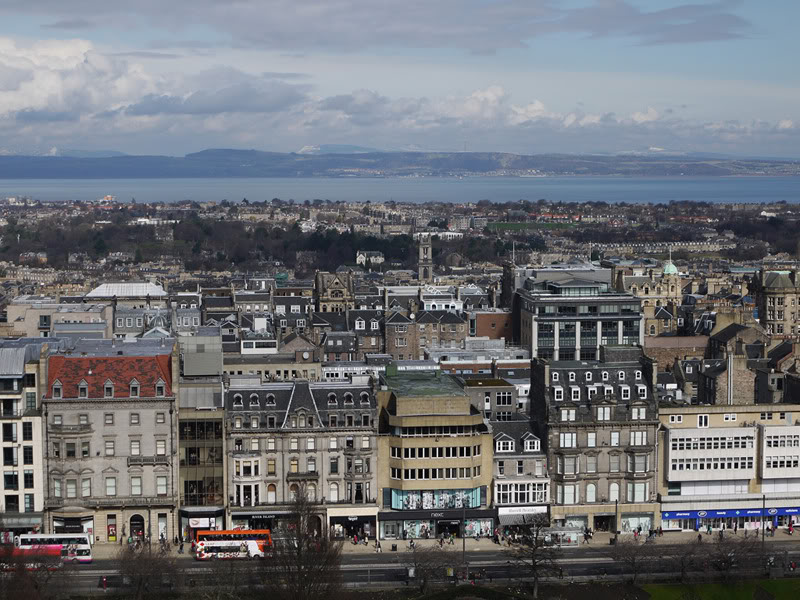
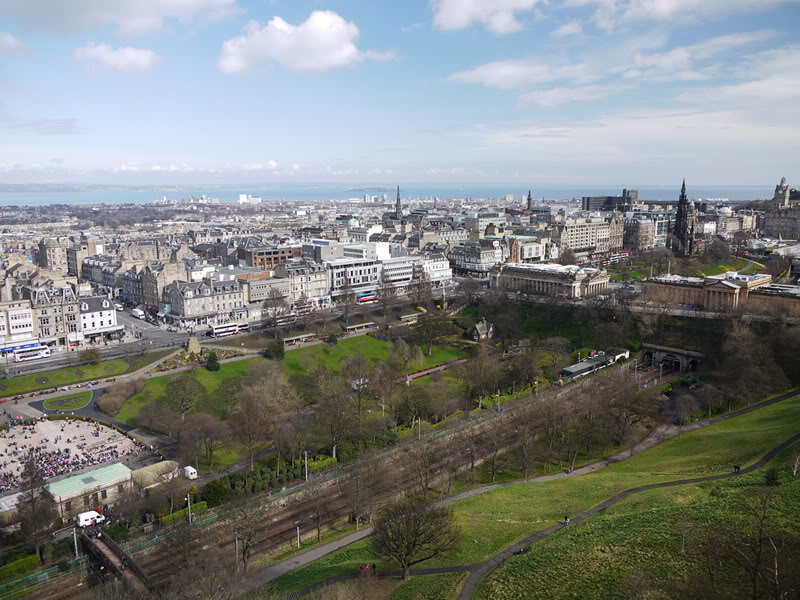
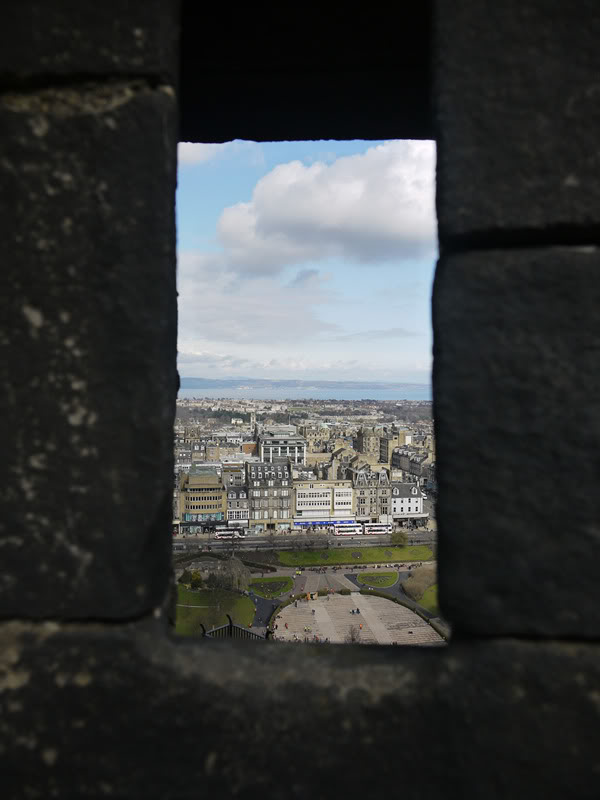
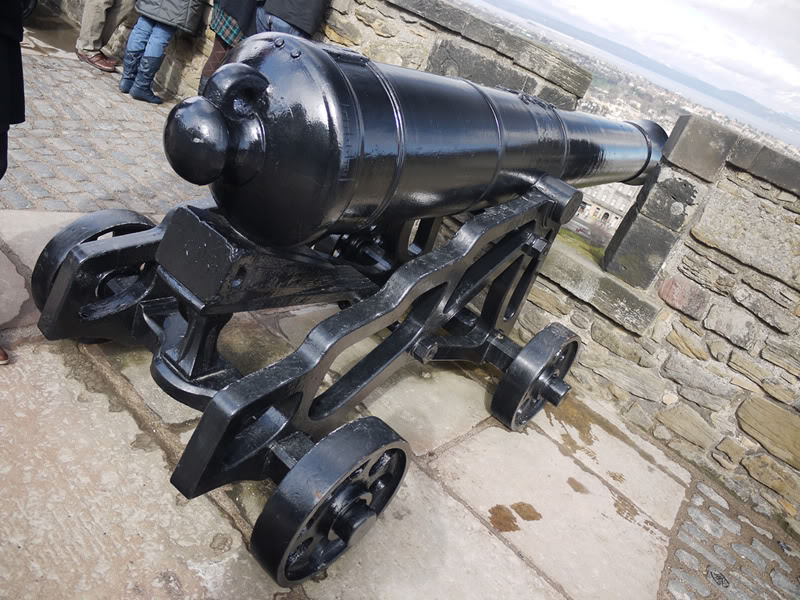
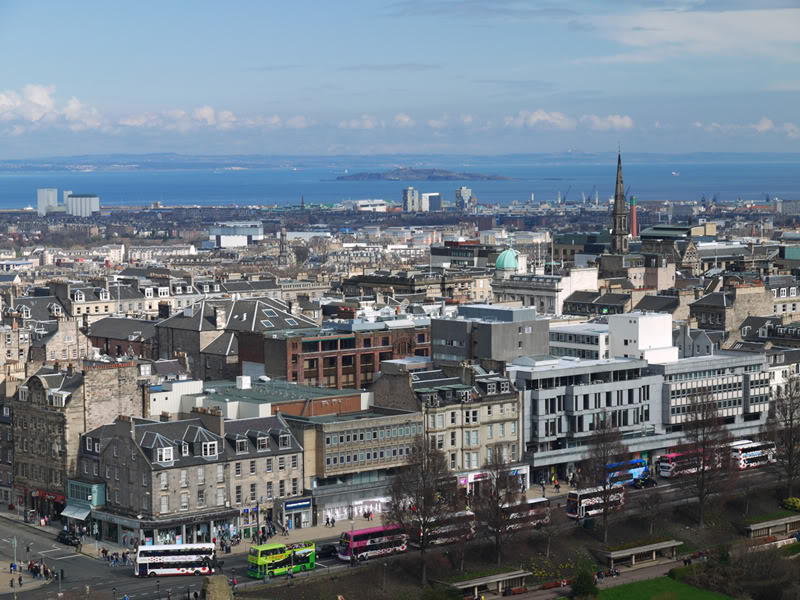
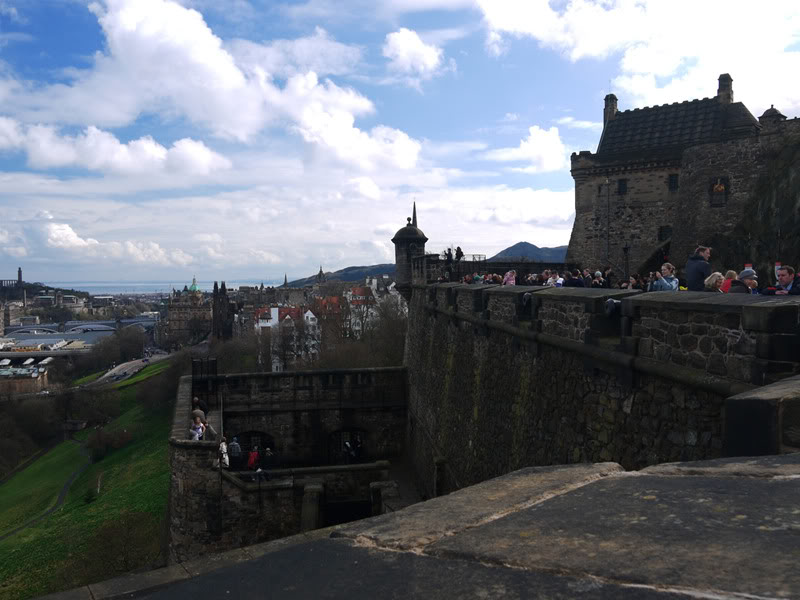
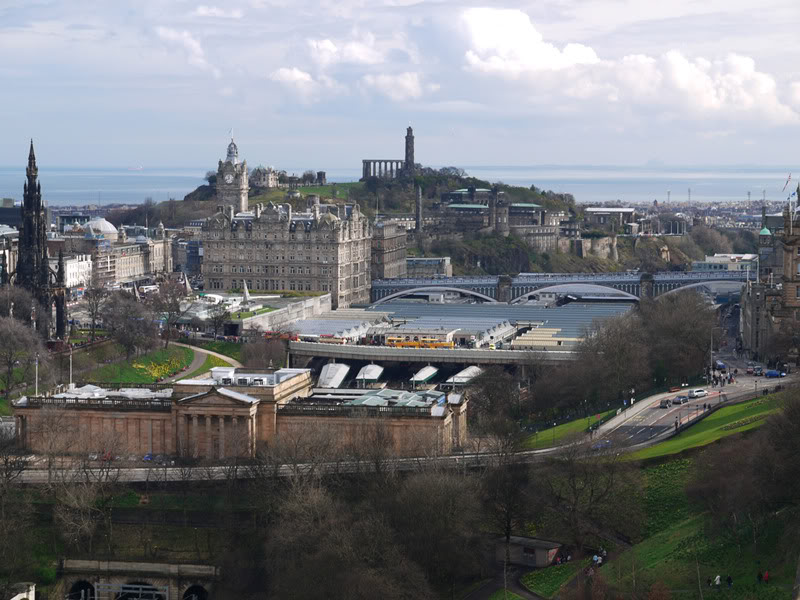
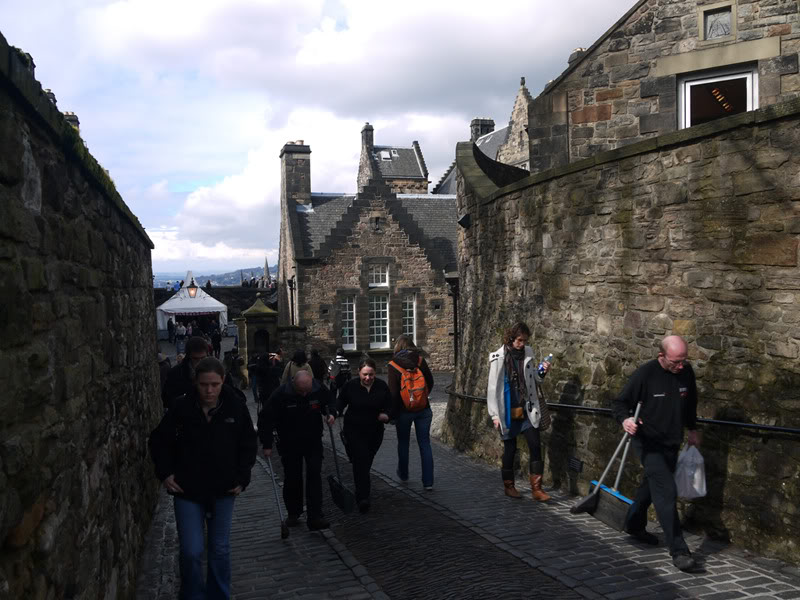
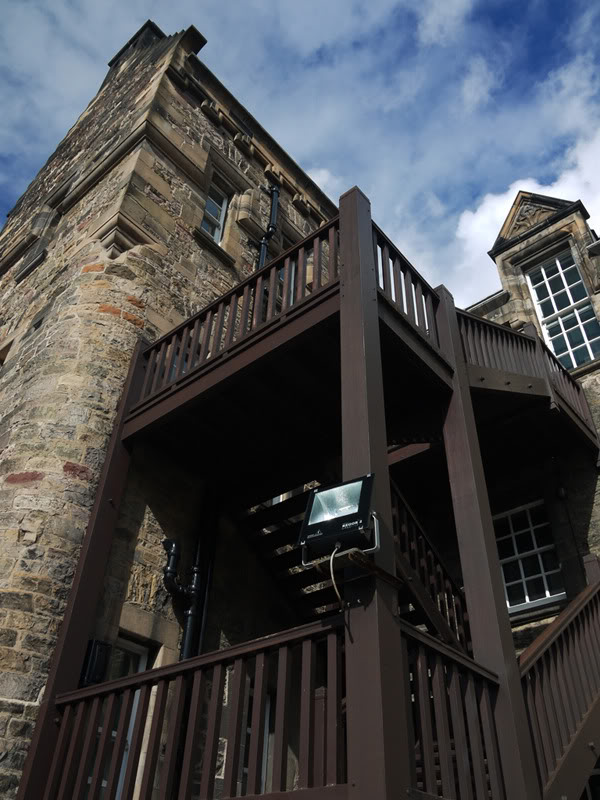
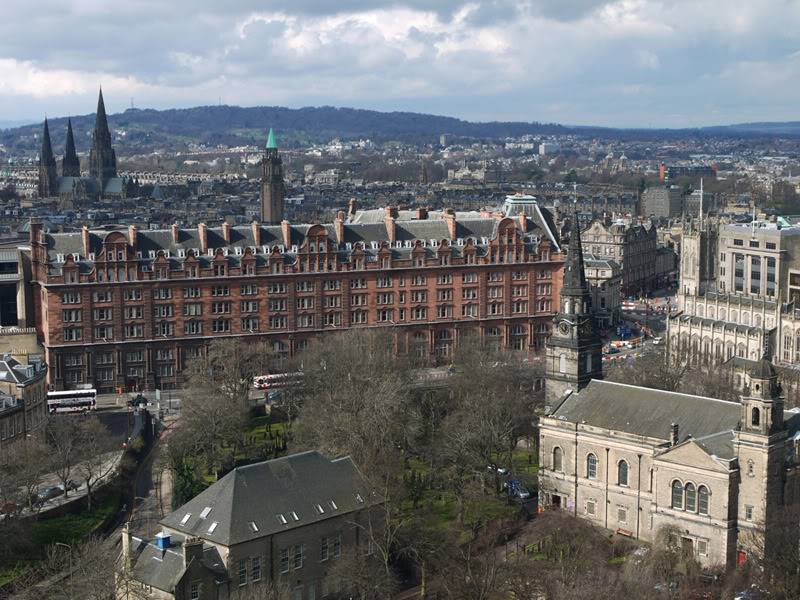
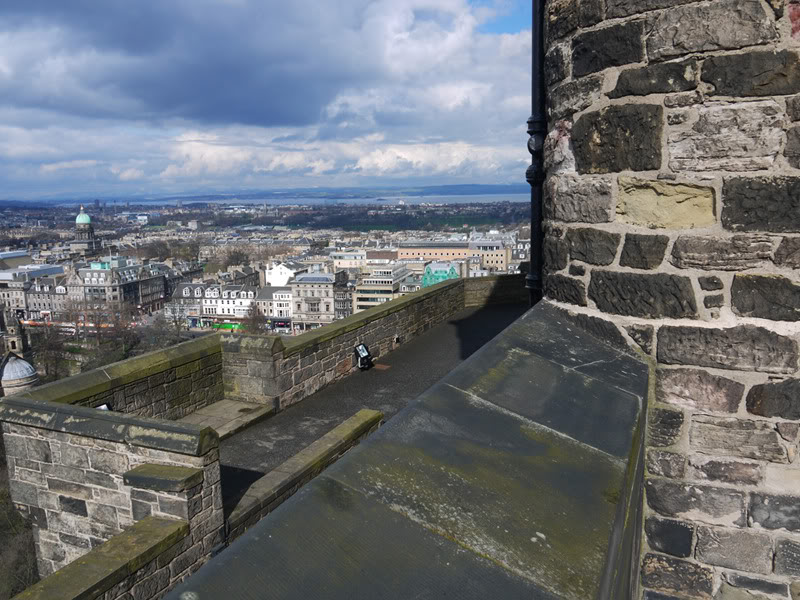
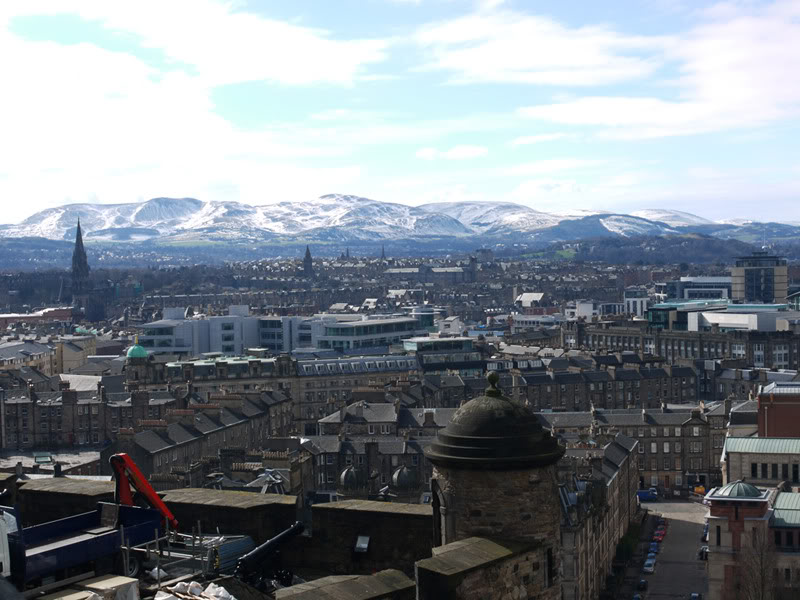
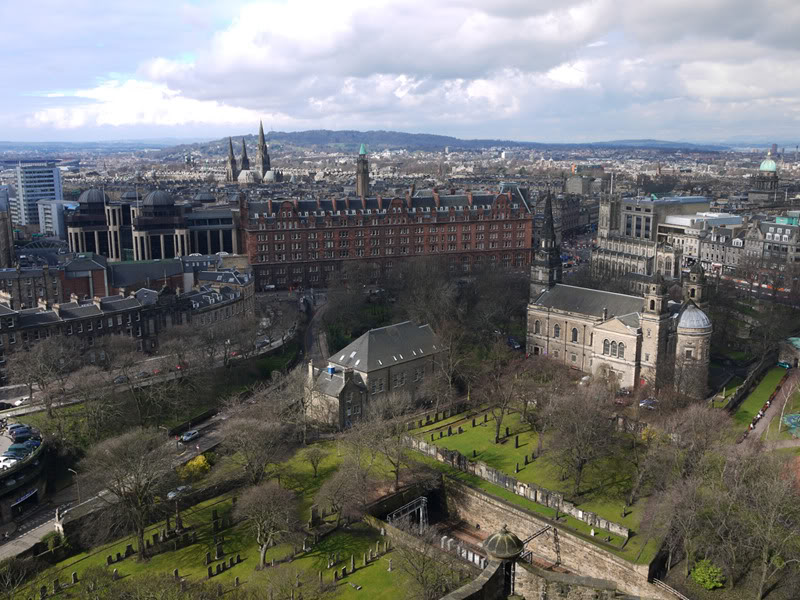
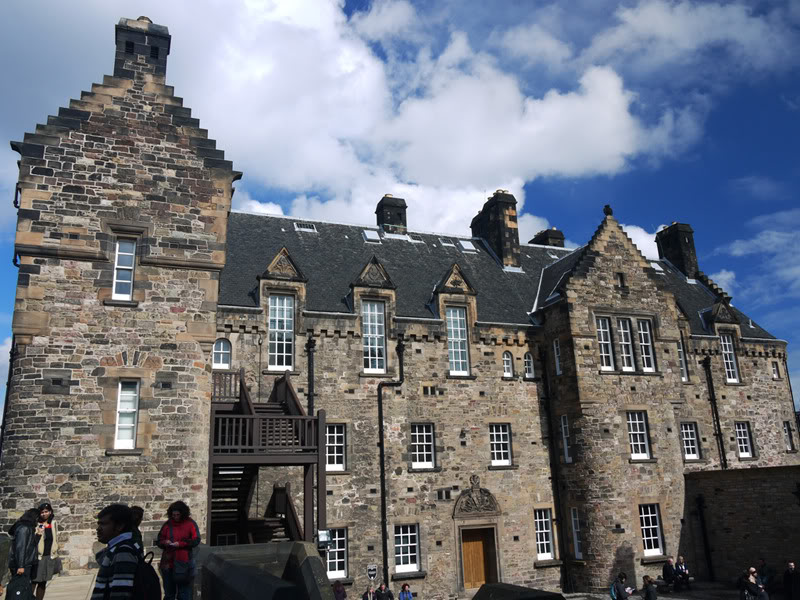
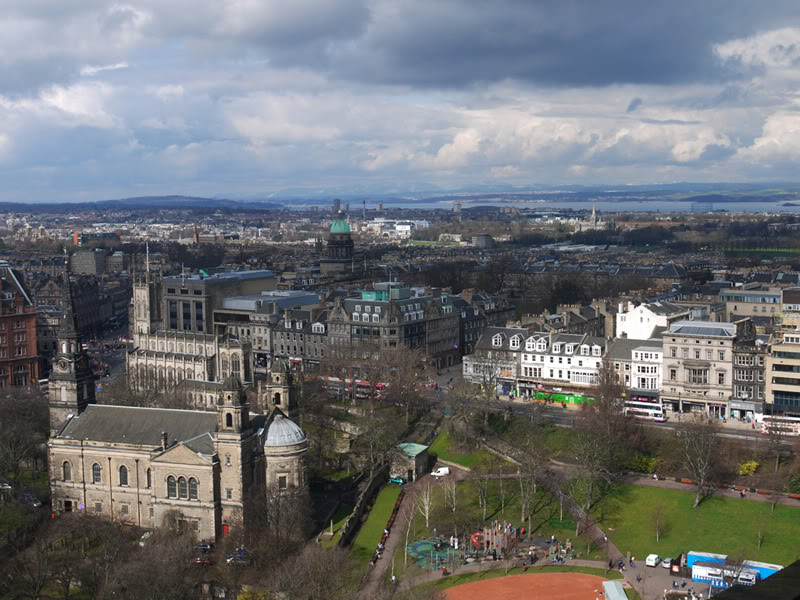
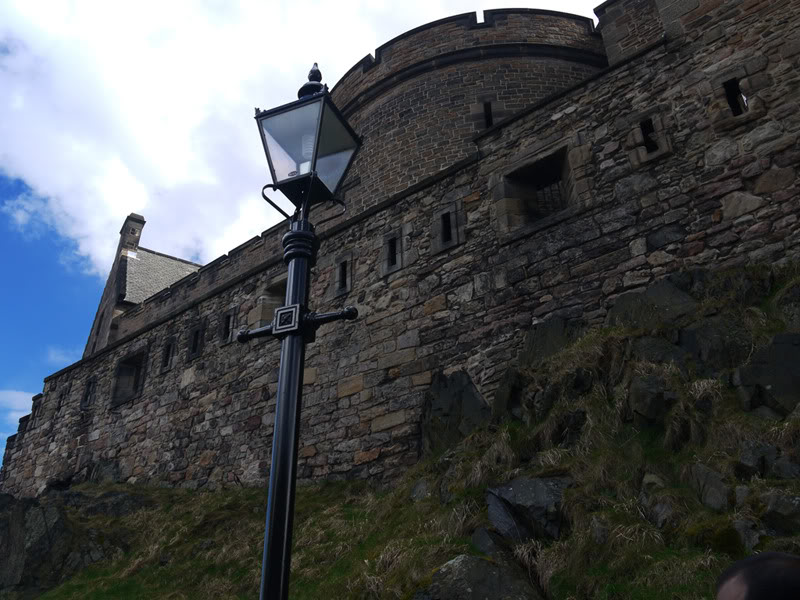
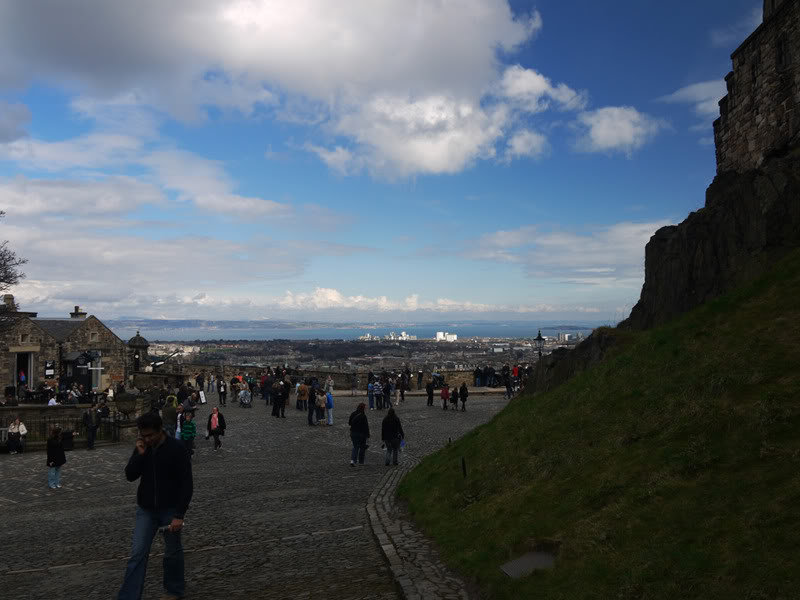
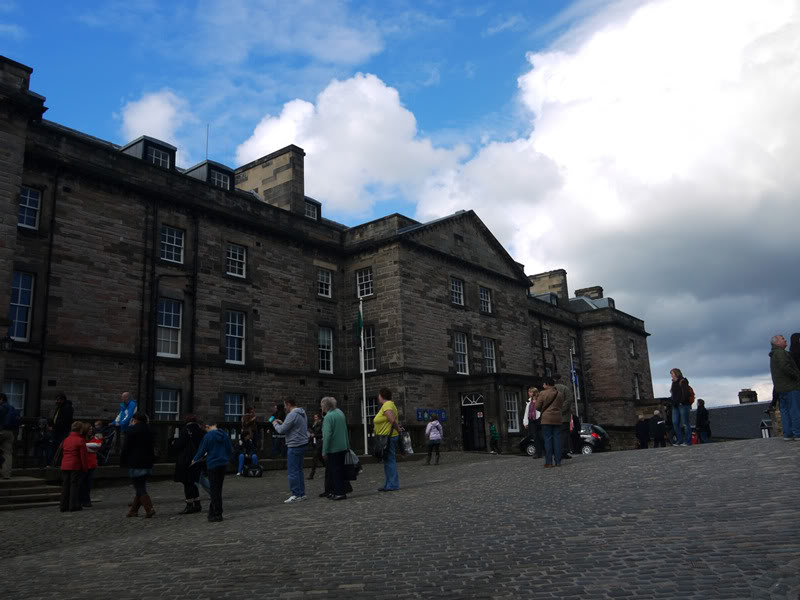
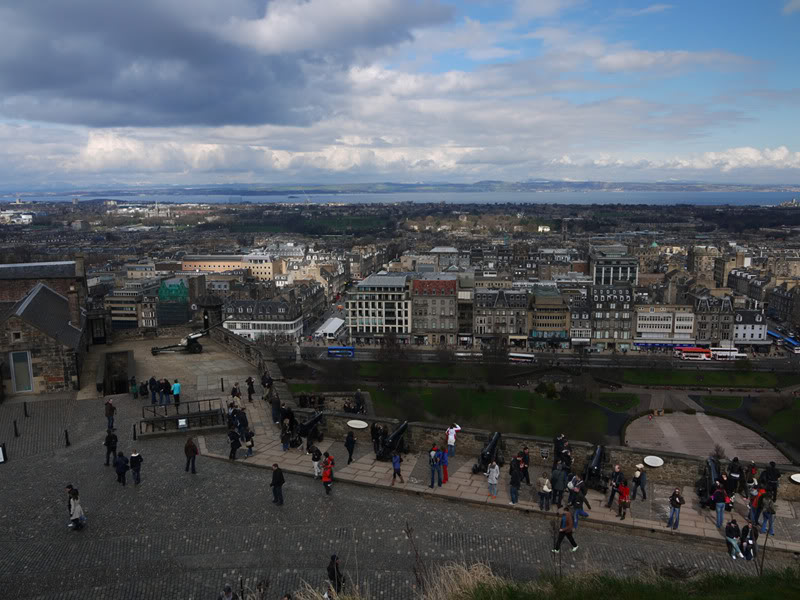
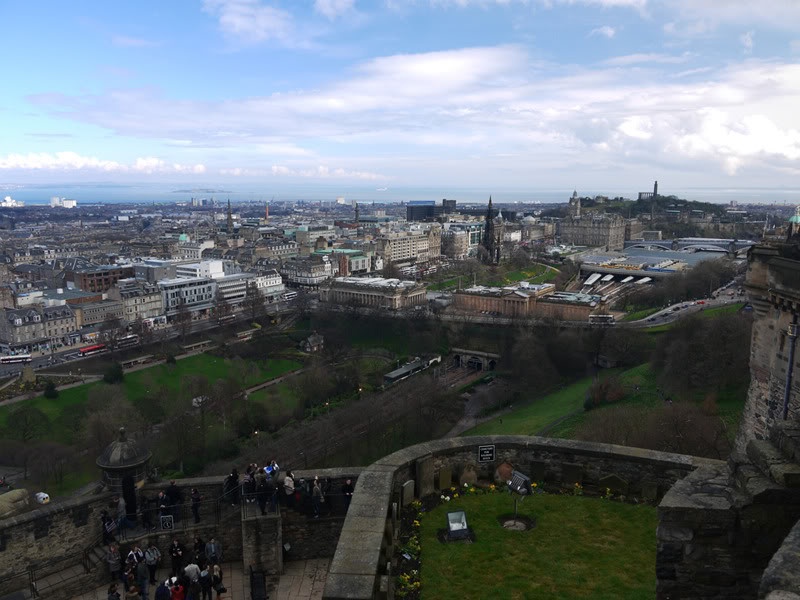
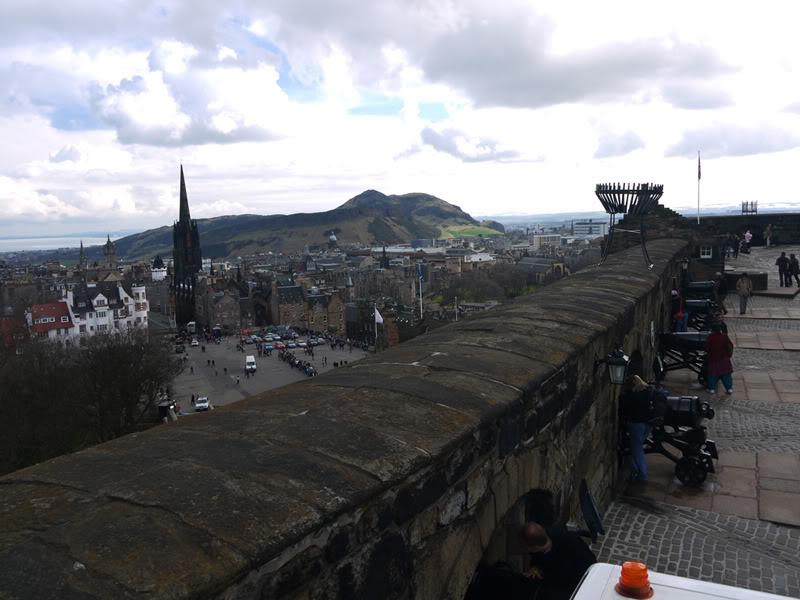
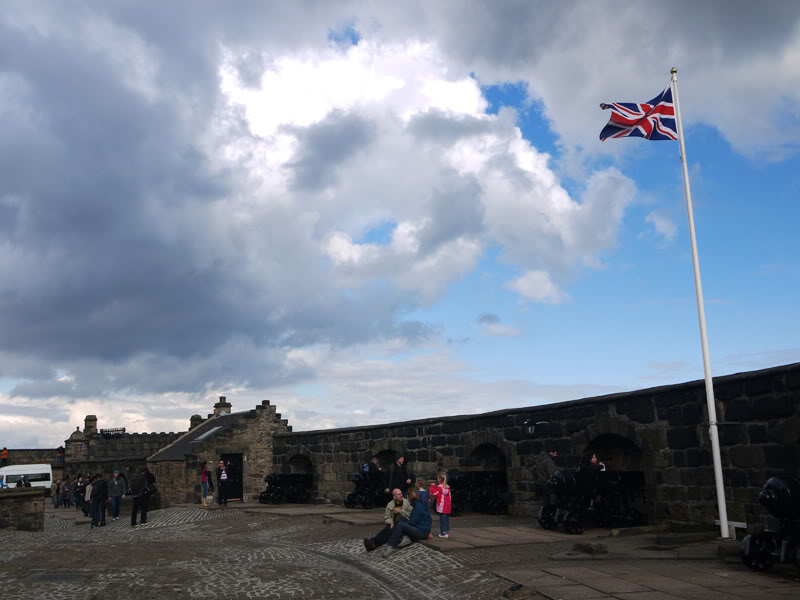
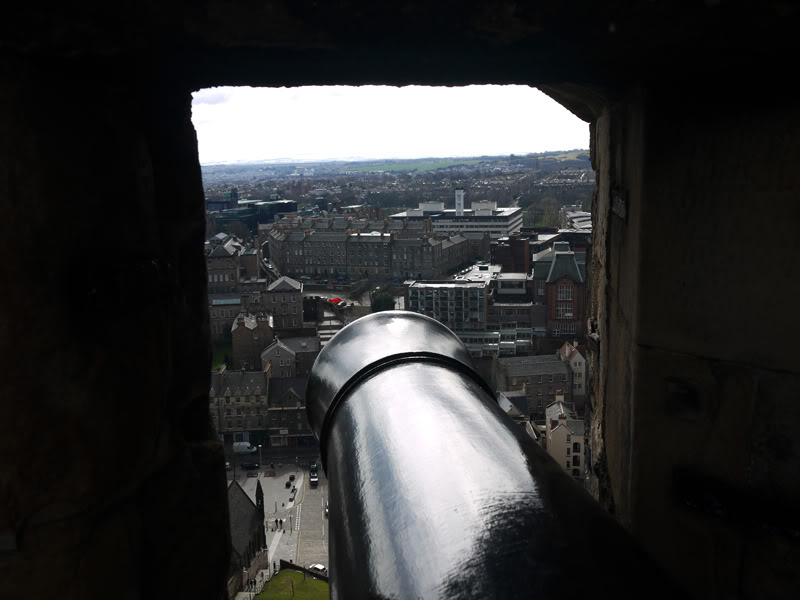
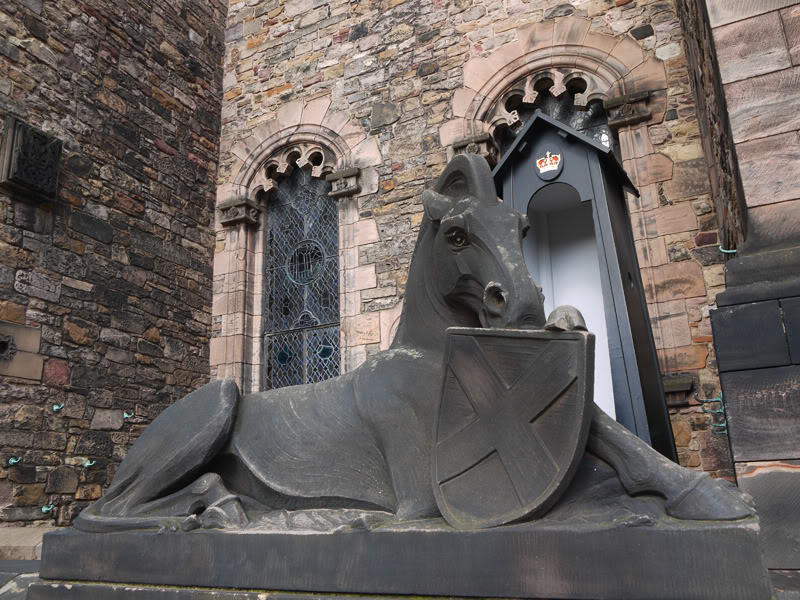
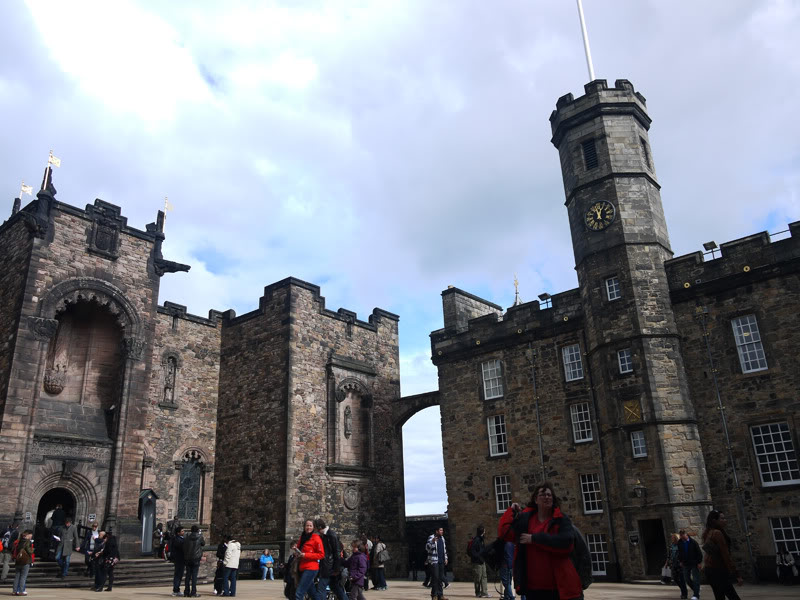
At the Southern foot of the castle, is a series of roads collectively known as the ”Royal Mile” which runs from the castle down to Holyrood Abbey. The mile is full of amazing old buildings and architecture, and also full of touristy shops. There are lots of little laneways and interesting things to discover just off the mile.
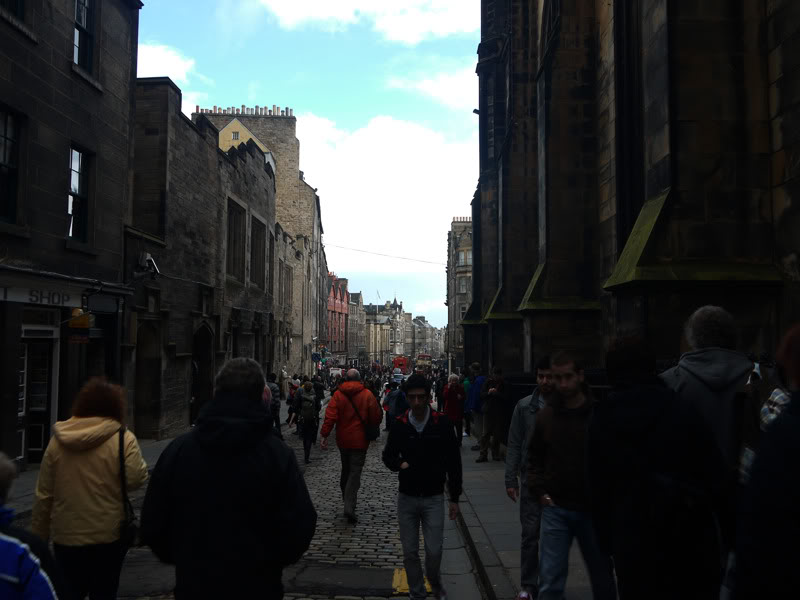
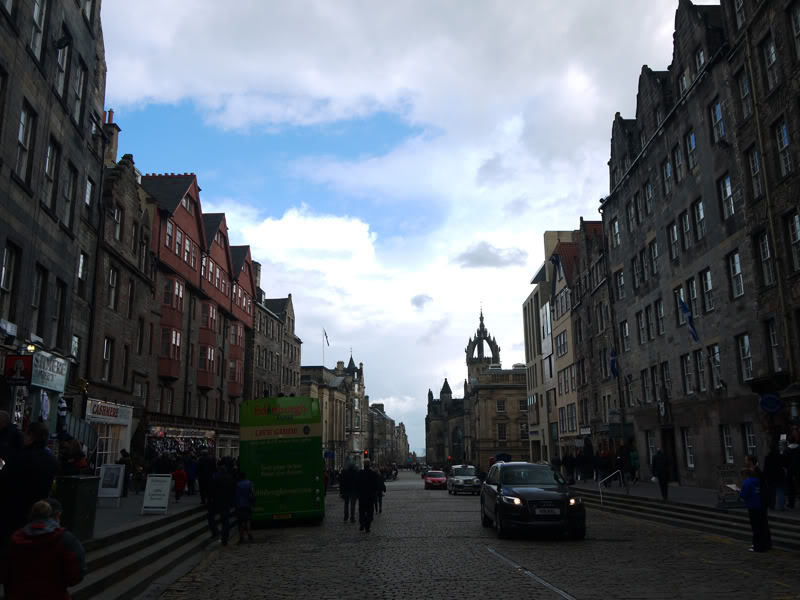
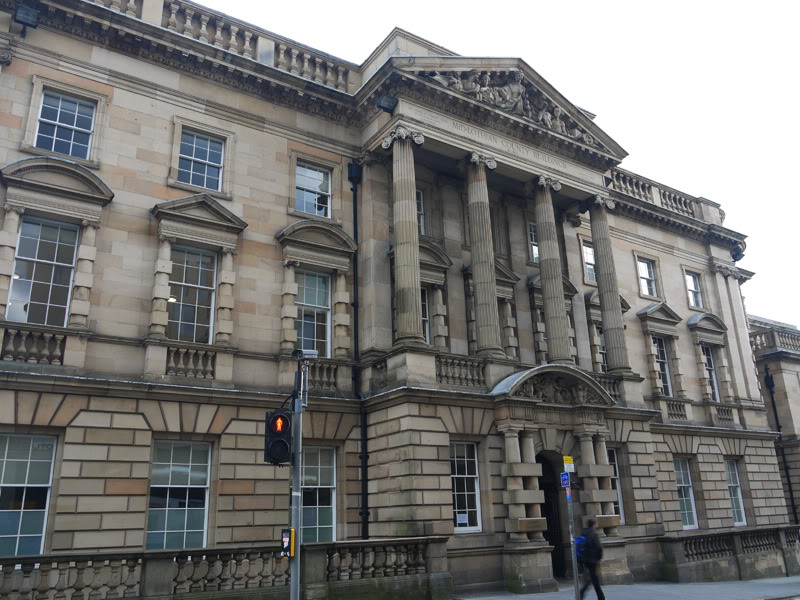
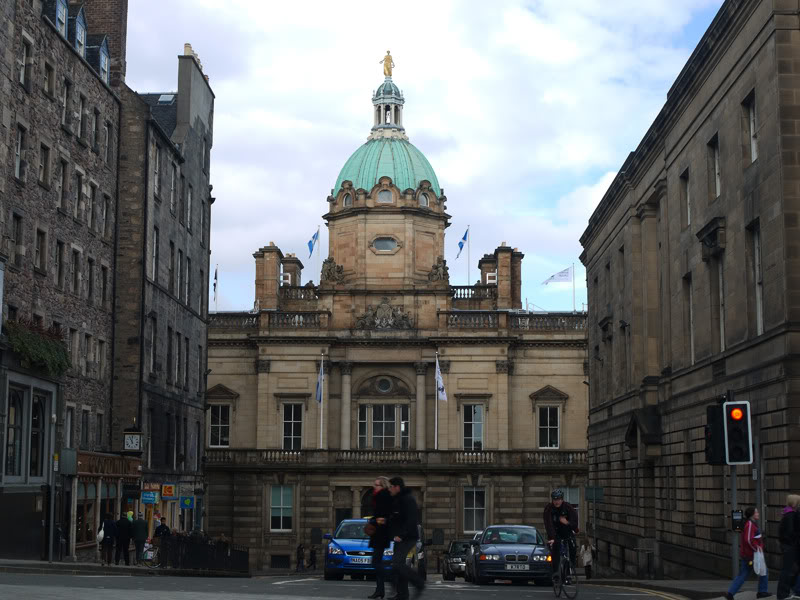
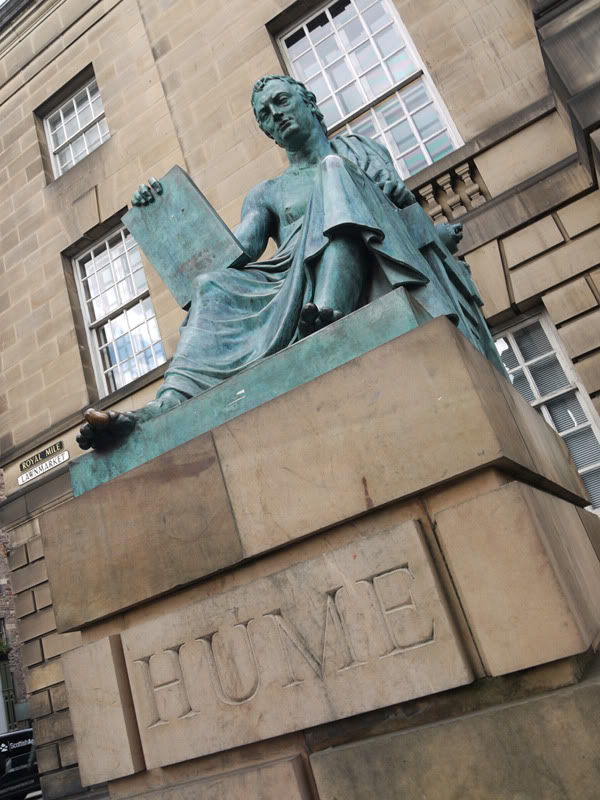
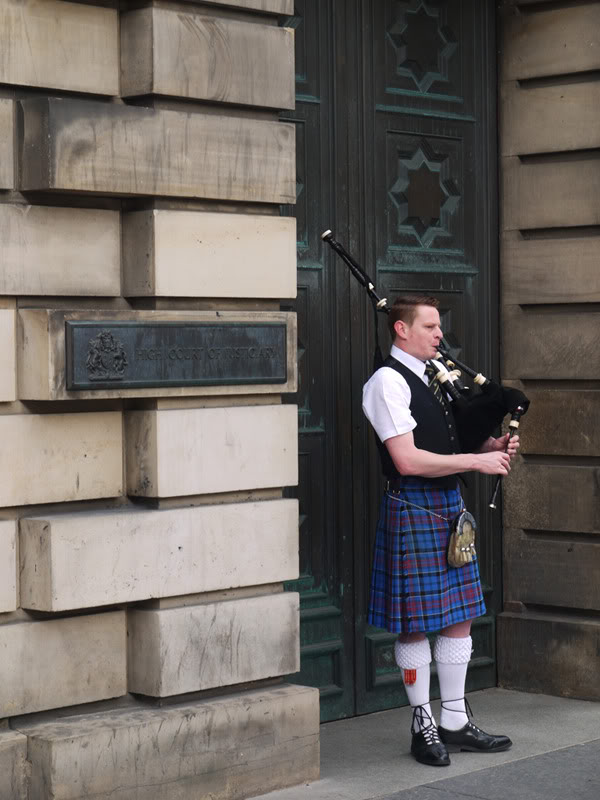
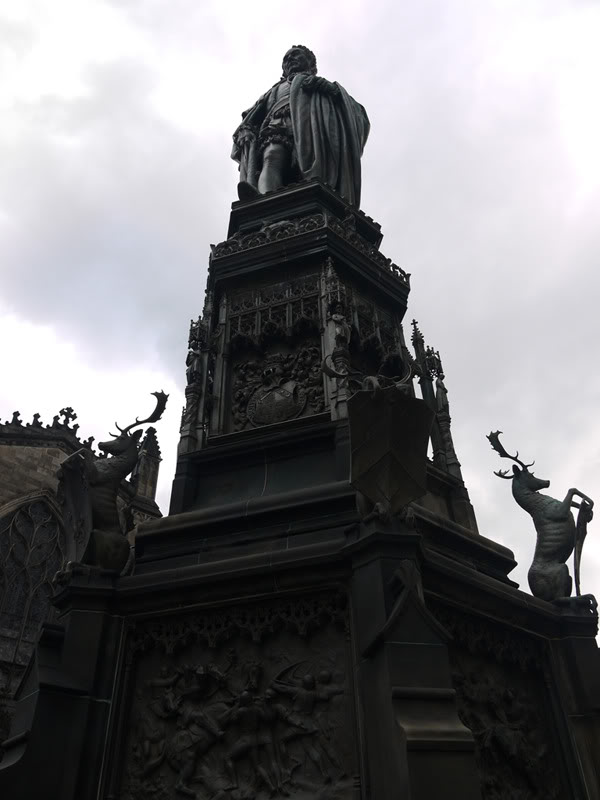
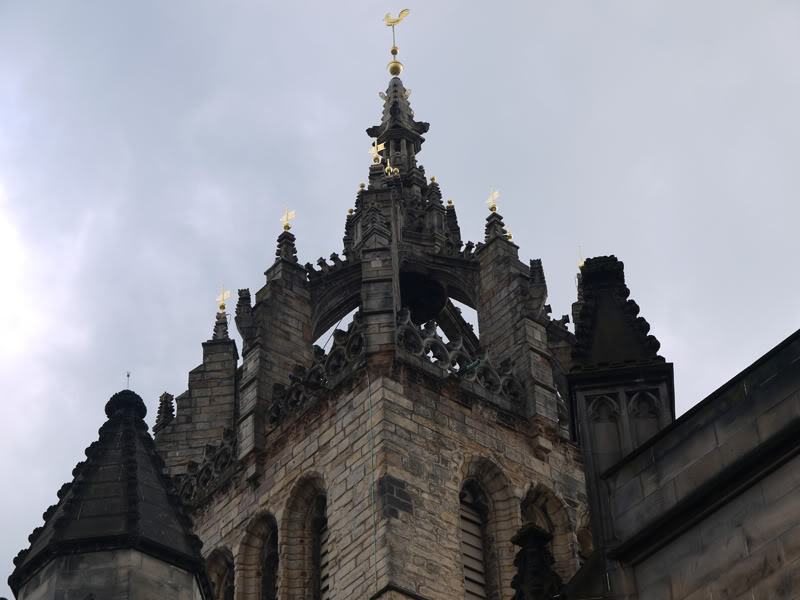
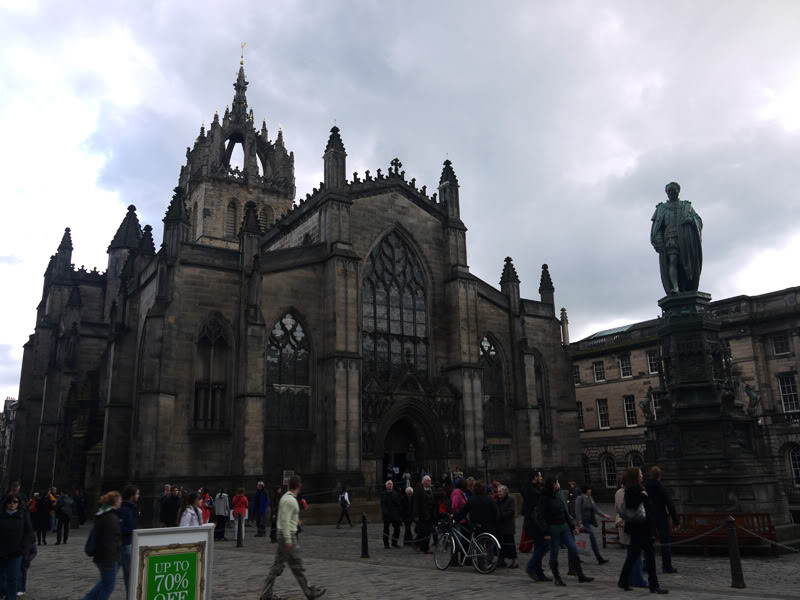
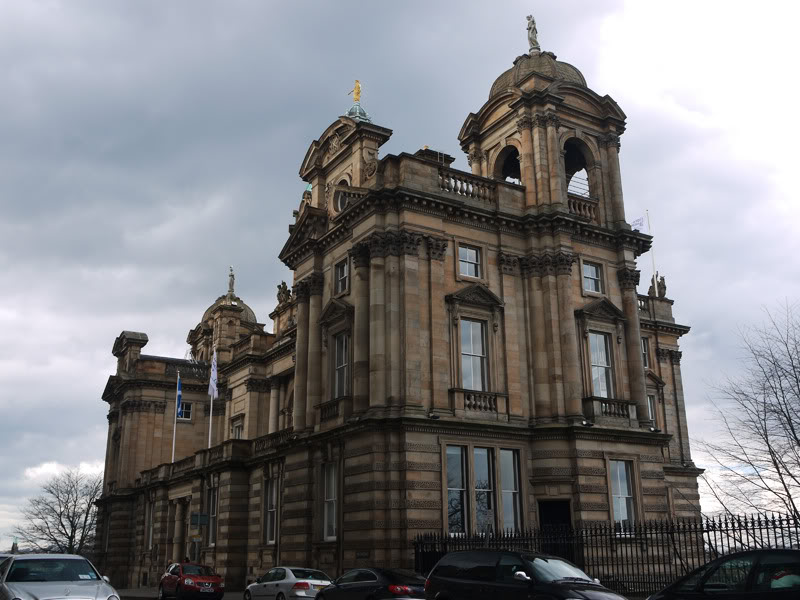
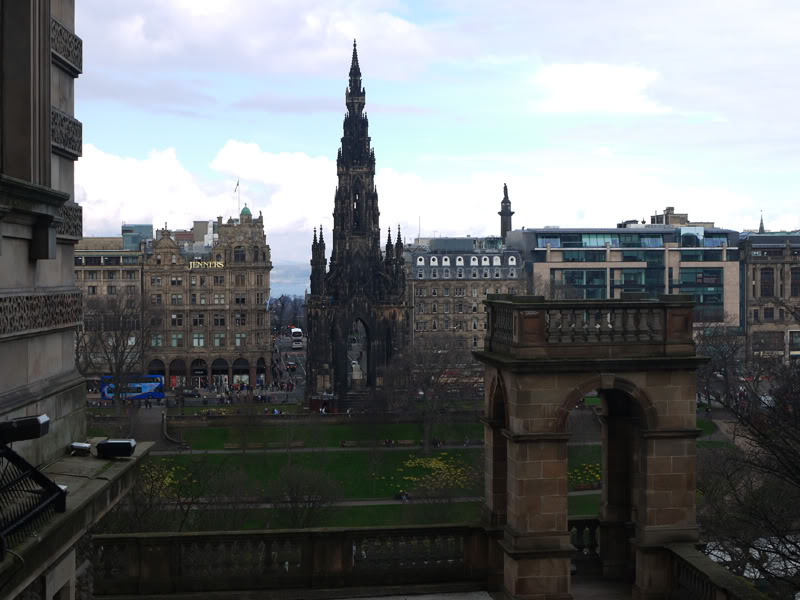
*nerd mode on* The father of economics. How exciting! *nerd mode off*
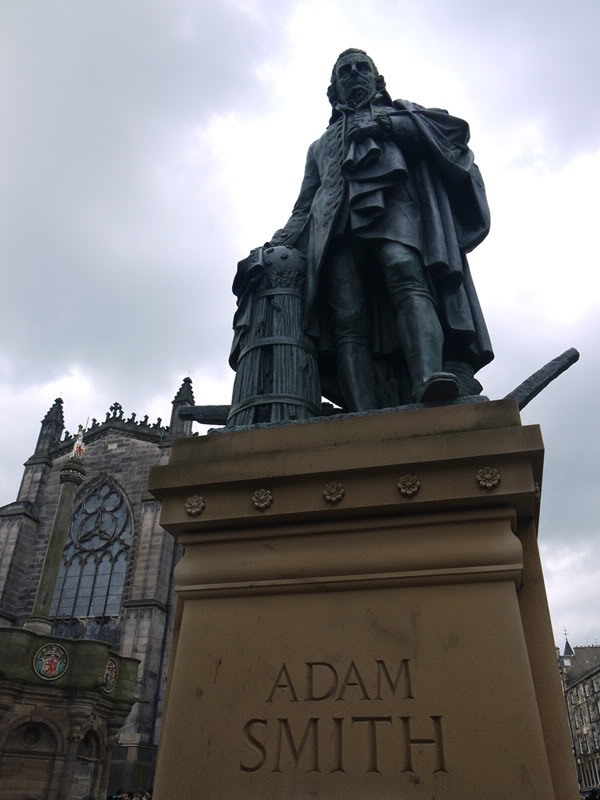
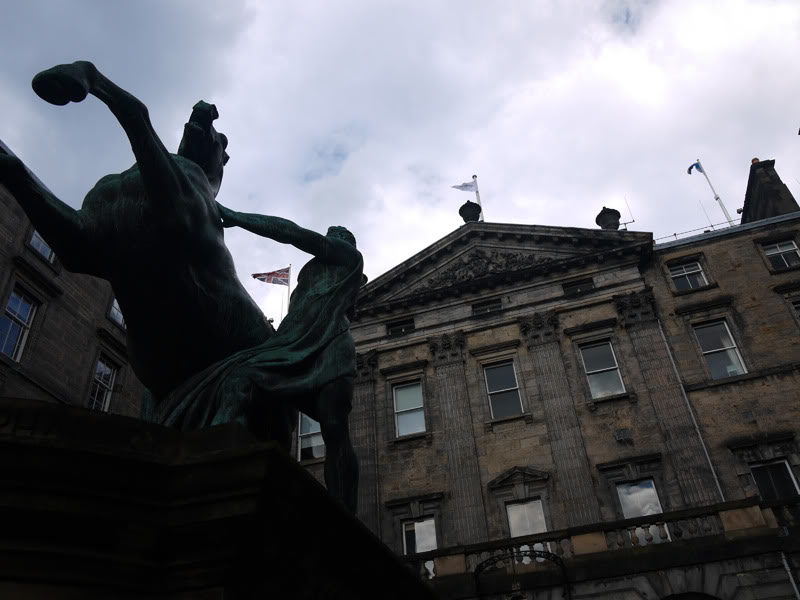
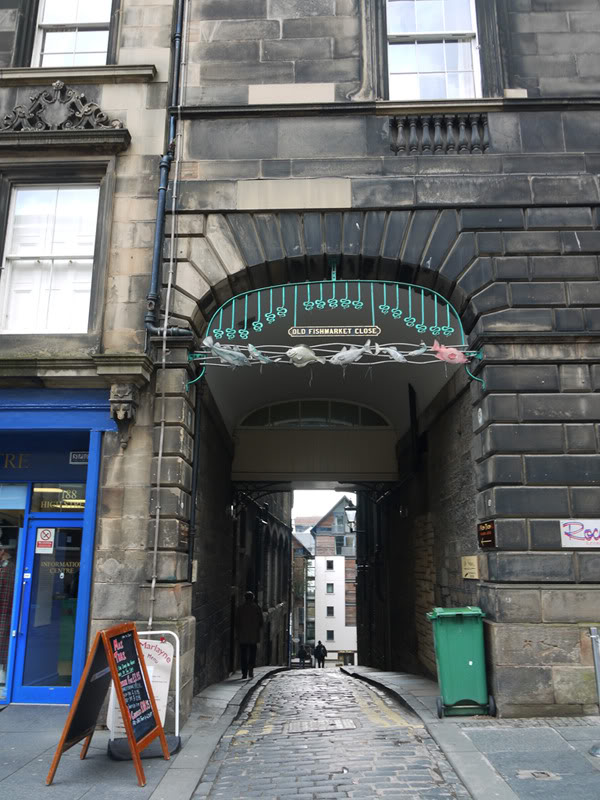
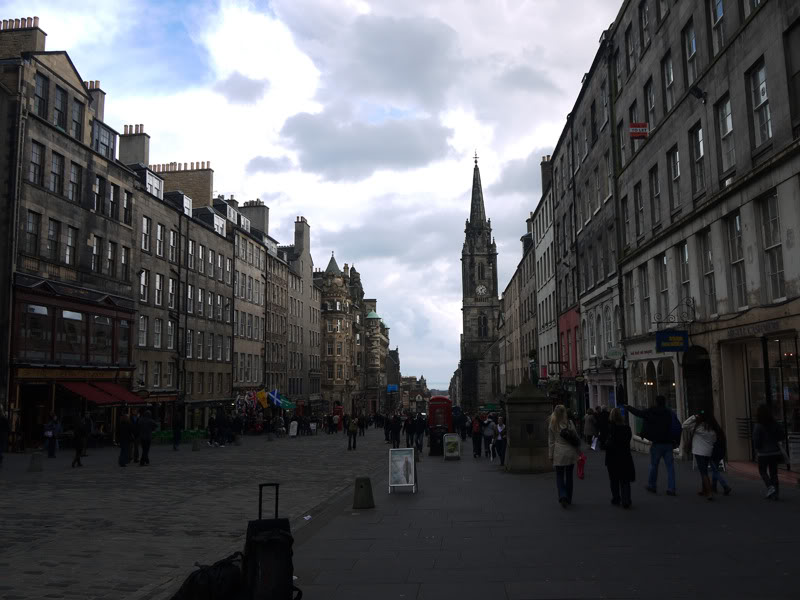
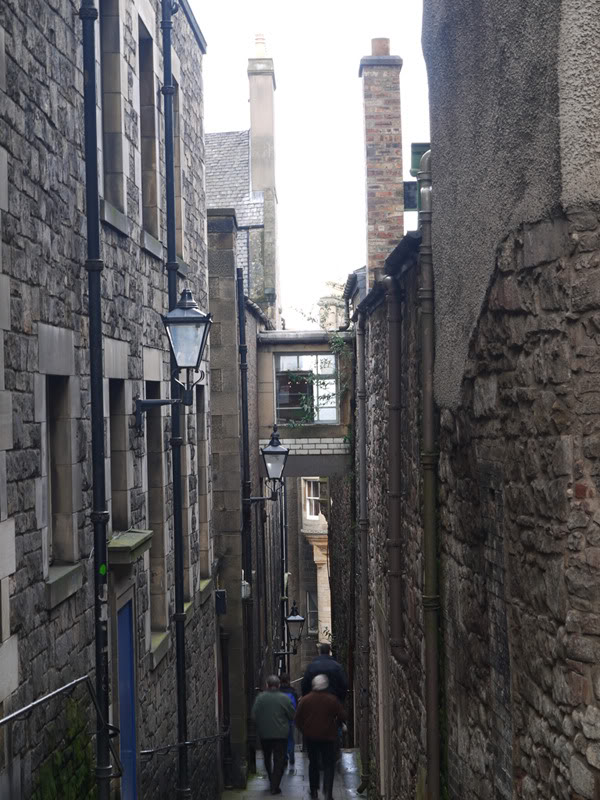
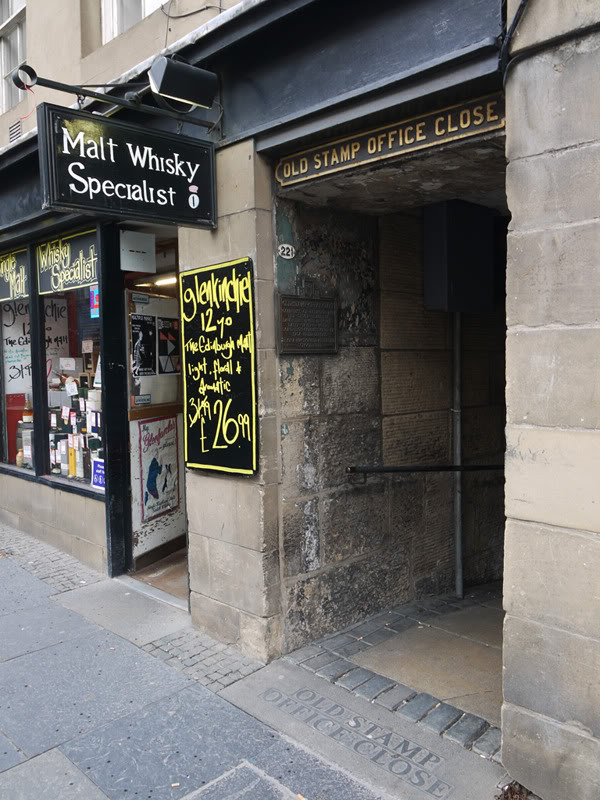
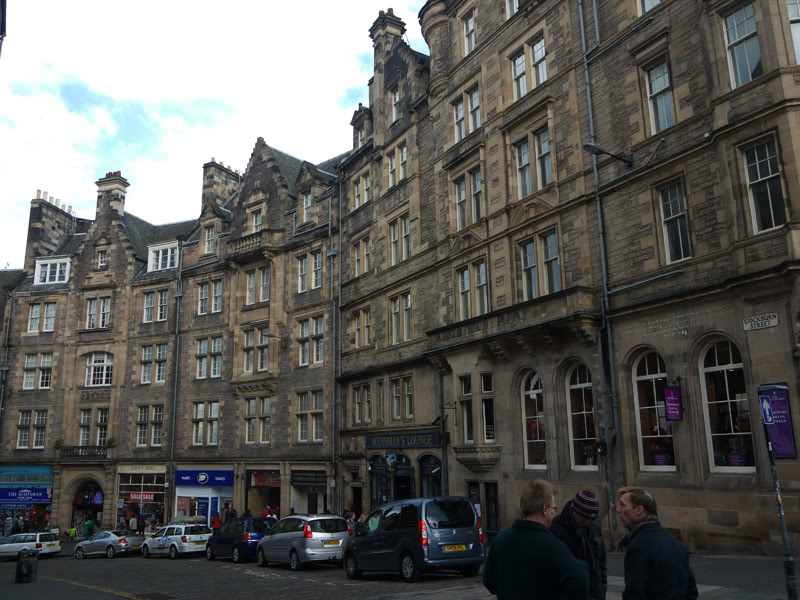
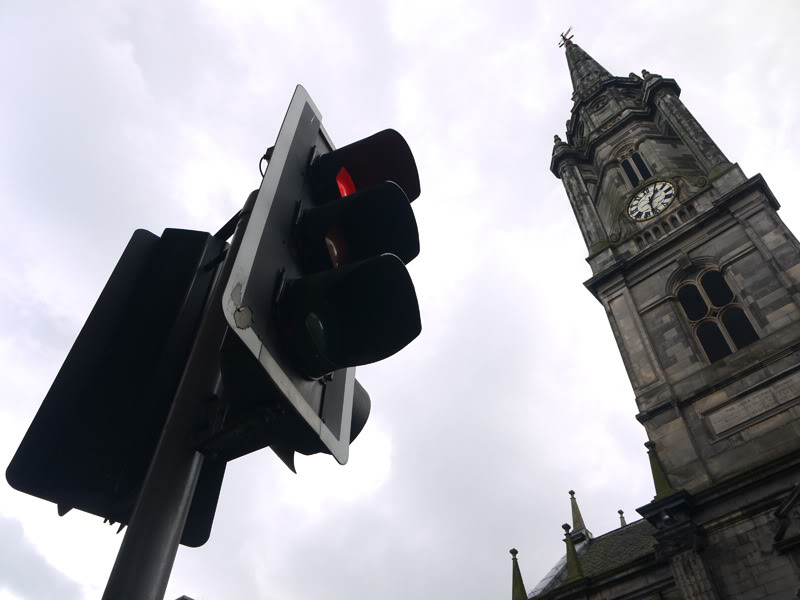
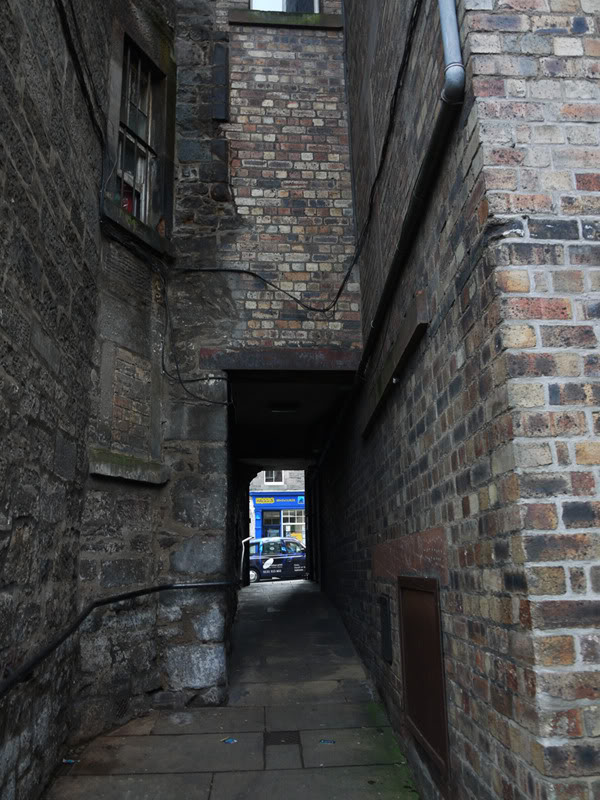
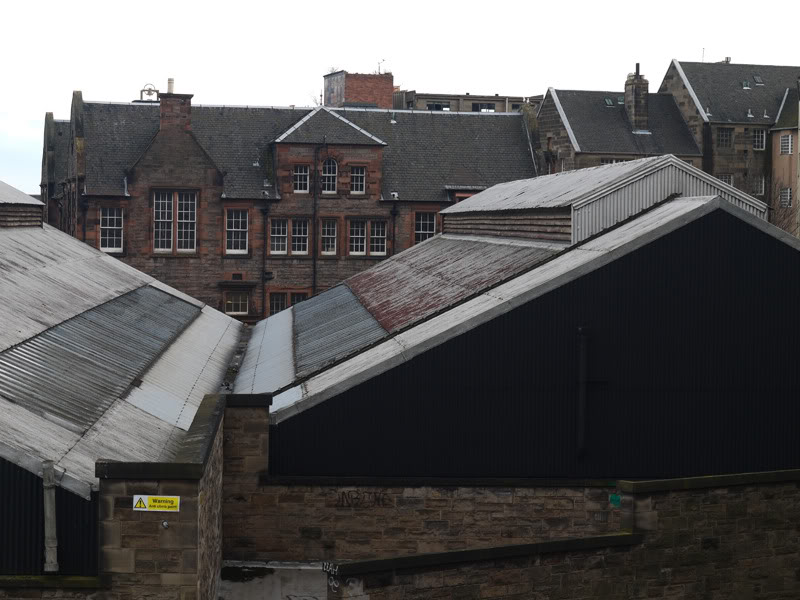
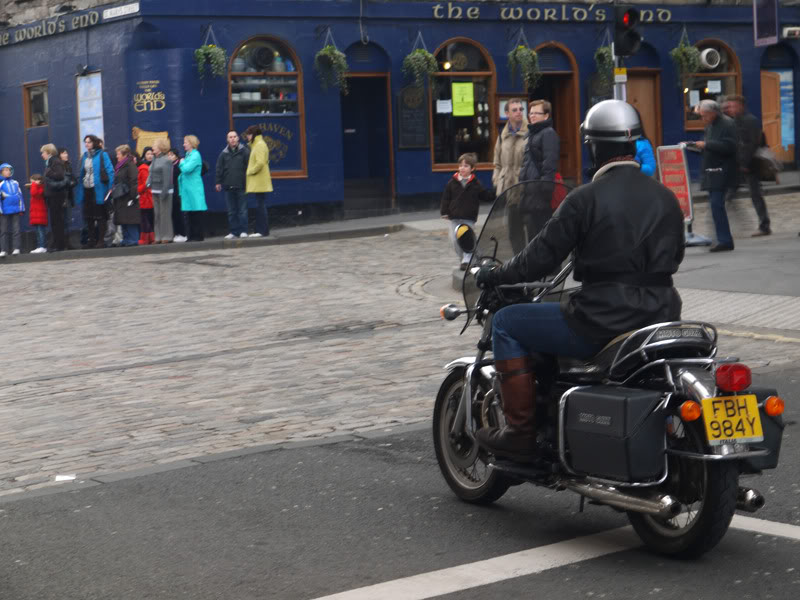
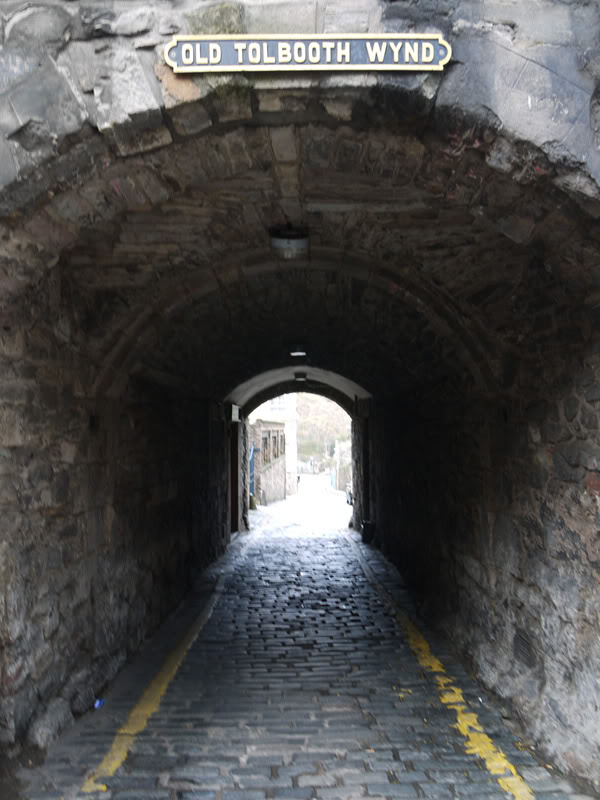
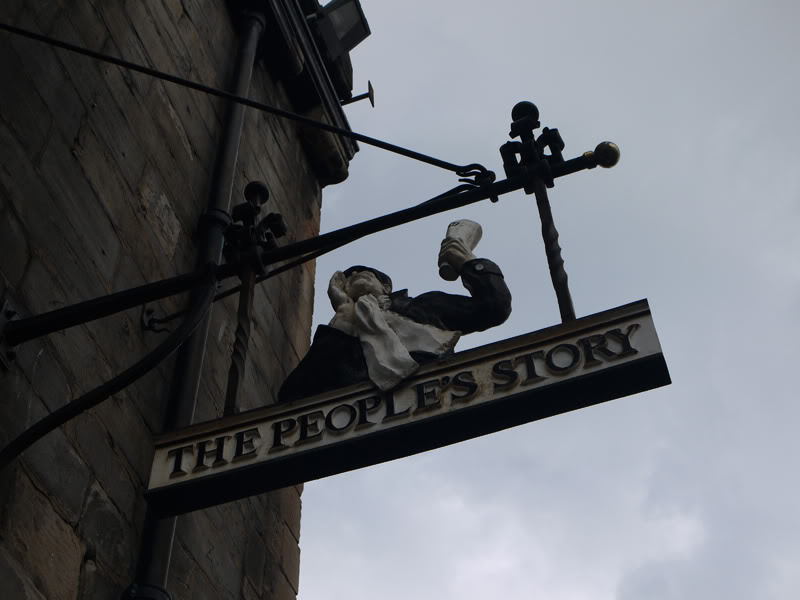
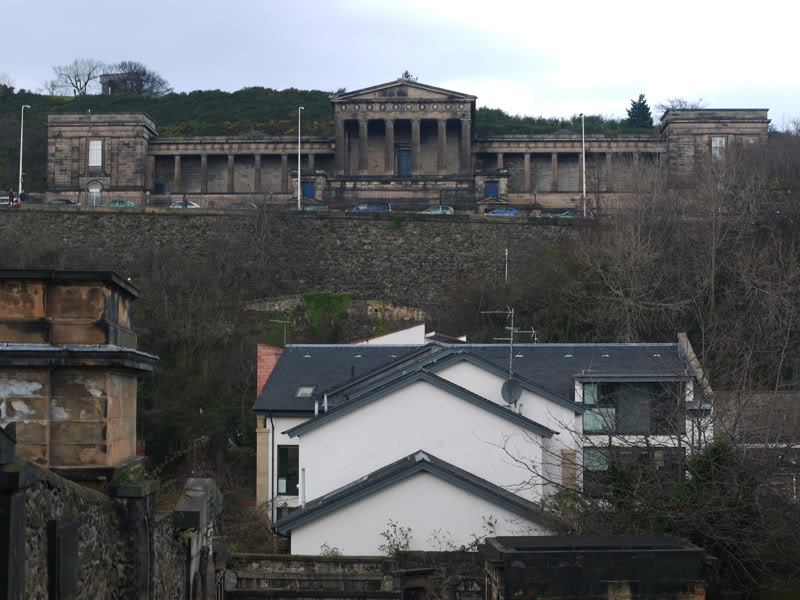
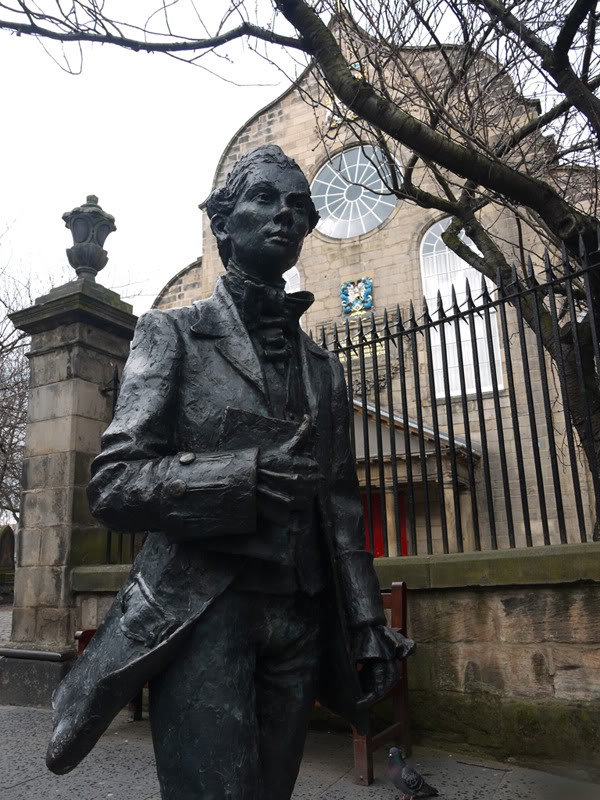
Scotland had a parliament from the Middle Ages, but when the United Kingdom was formed in 1707, the parliament was dissolved. Following a referendum in 1997, the Scottish parliament was re-established and first sat in its new form on 12 May 1999. Without going into too much detail, the fact of the matter is that the Scottish parliament can make a range of decisions without recourse to the UK parliament, giving the country a greater degree of autonomy than it previously had.
The first building below is the parliament building, which opened in 2004. It was highly controversial, but is generally regarded as a modern architectural masterpiece. An early goal of the design was to open the building and its public spaces, not just to Edinburgh but to a more general concept of the Scottish landscape, and it aims to blend in with the nearby Holyrood Park and Abbey, which form part of a greater UNESCO heritage listed site.
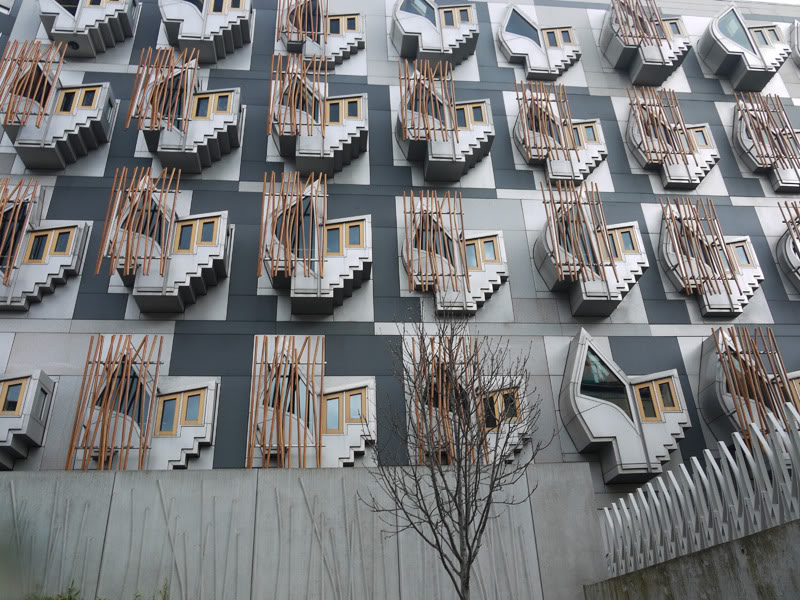
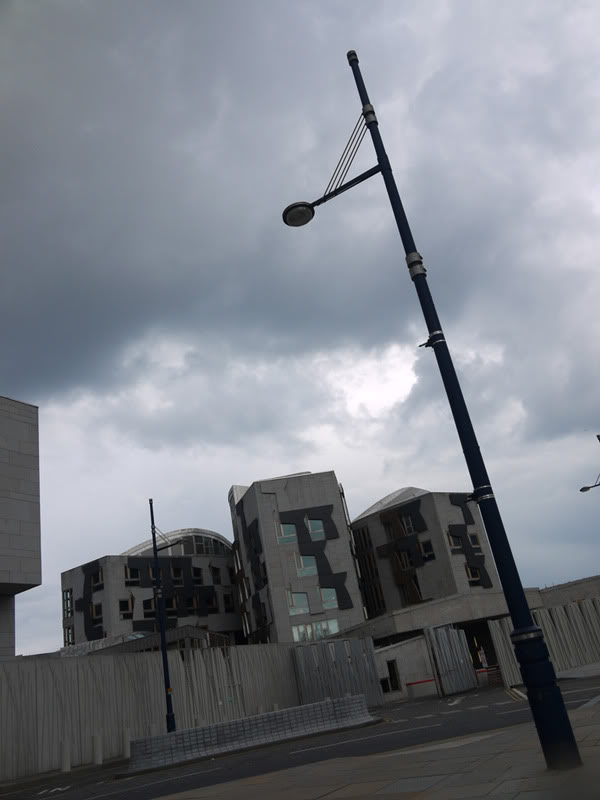
Holyrood Park (and Duddingston Loch) is simply amazing. I didn’t even know that it existed, and only visited it because I saw it when walking down the entire length of the Royal Mile. It is an array of hills, lochs, glens, ridges, basalt cliffs. The pictures below say more than any words of mine could.
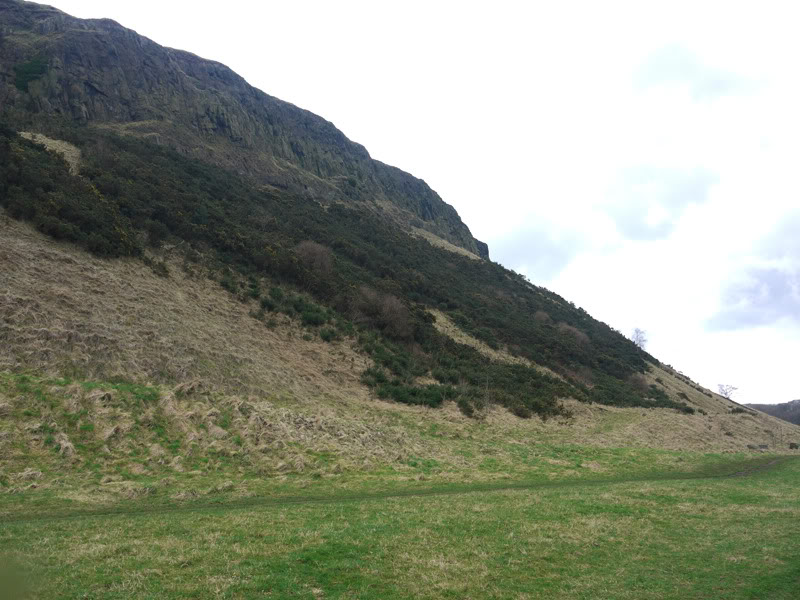
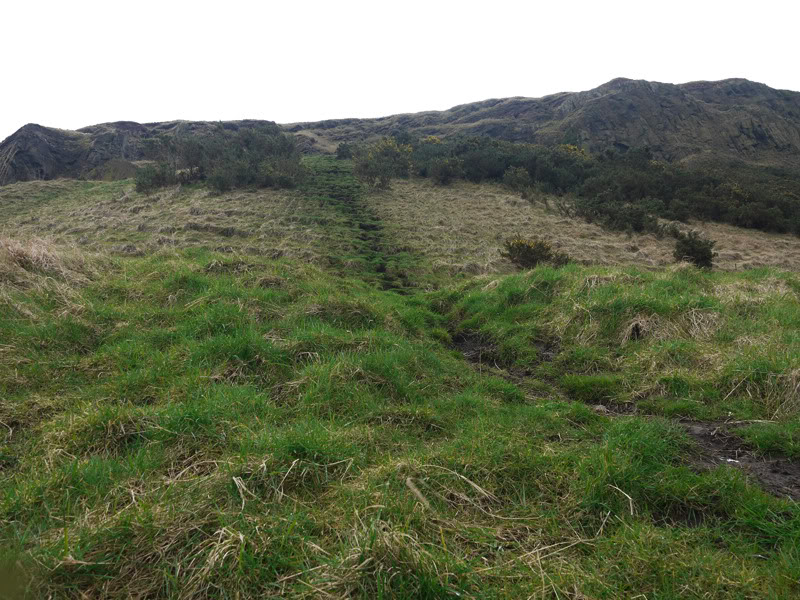
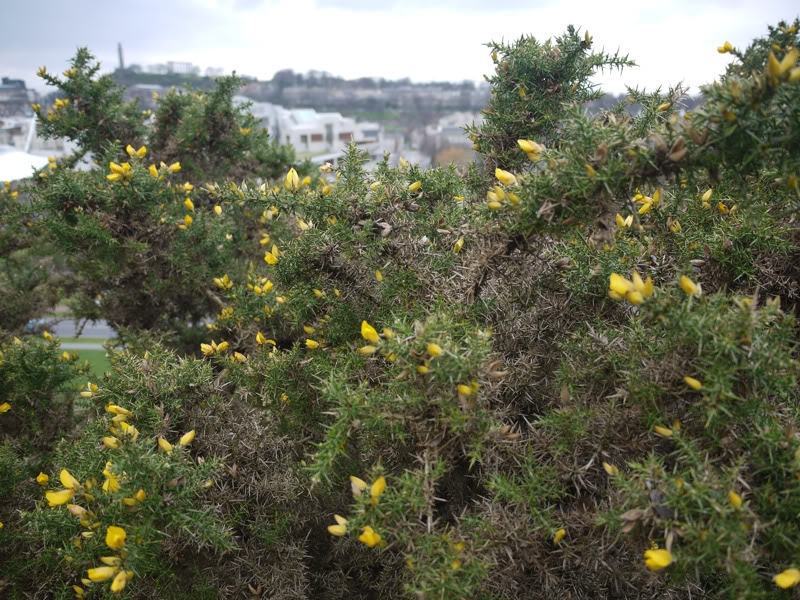
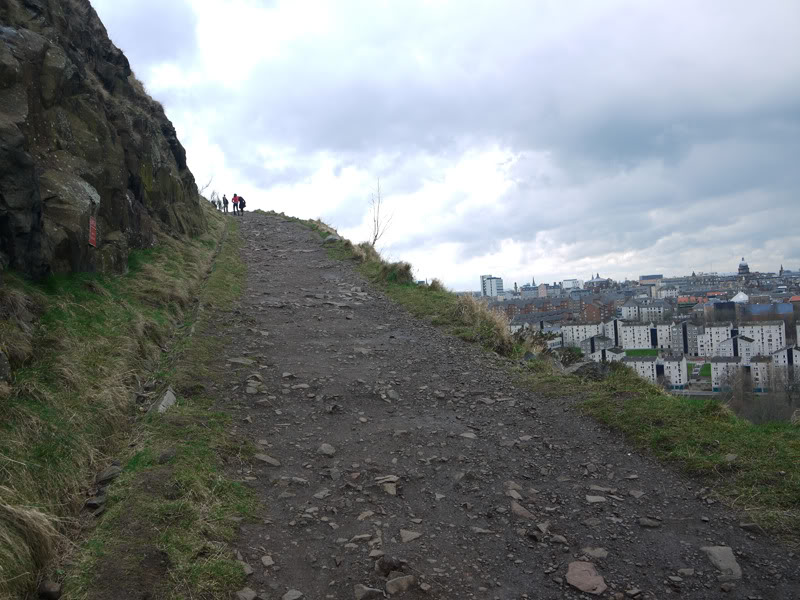
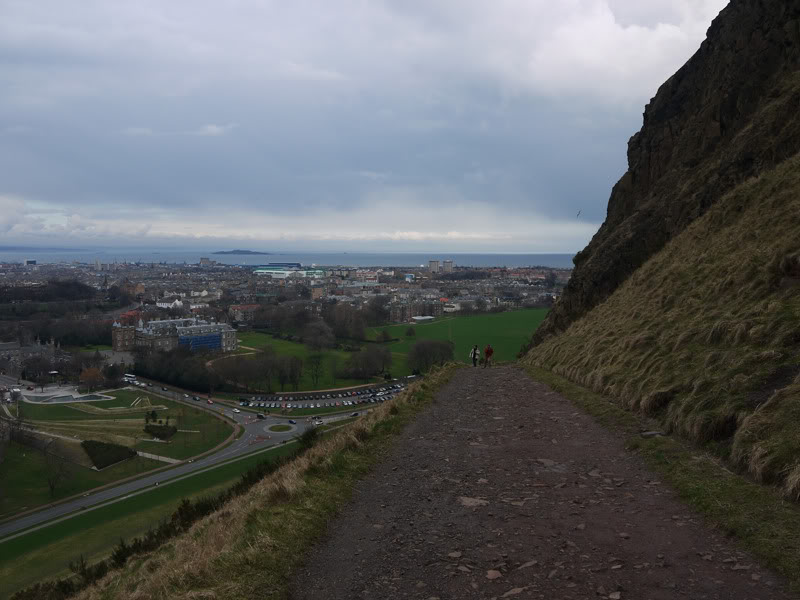
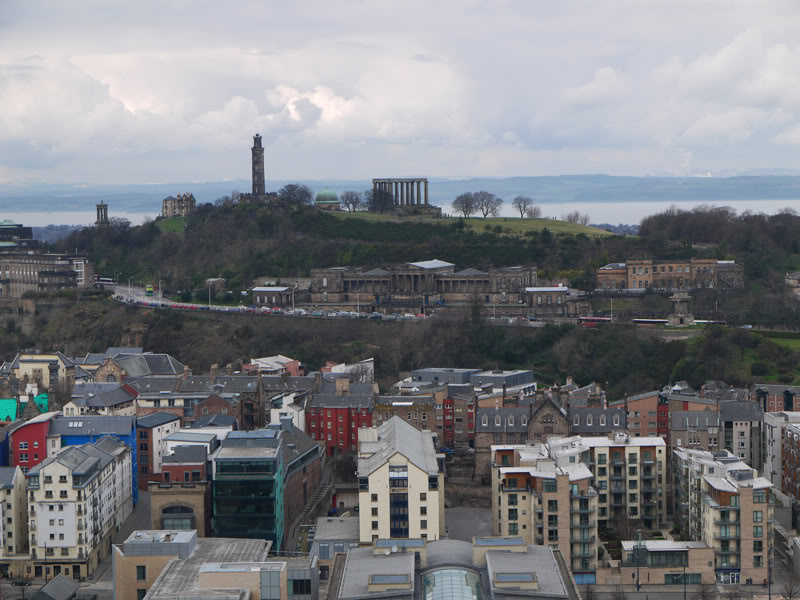
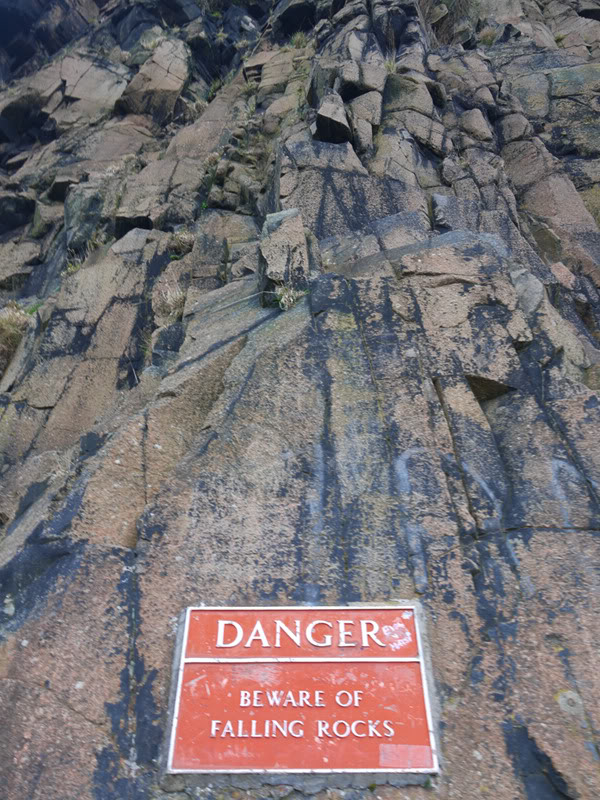
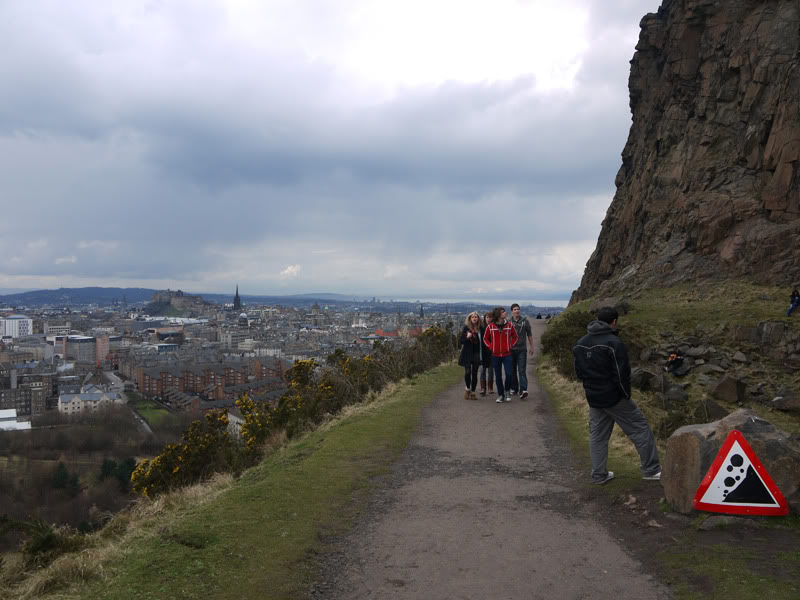
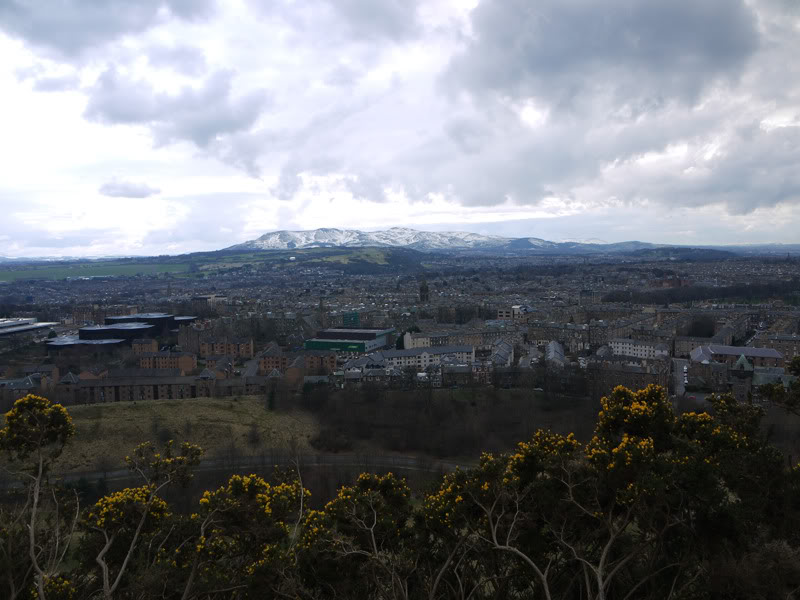
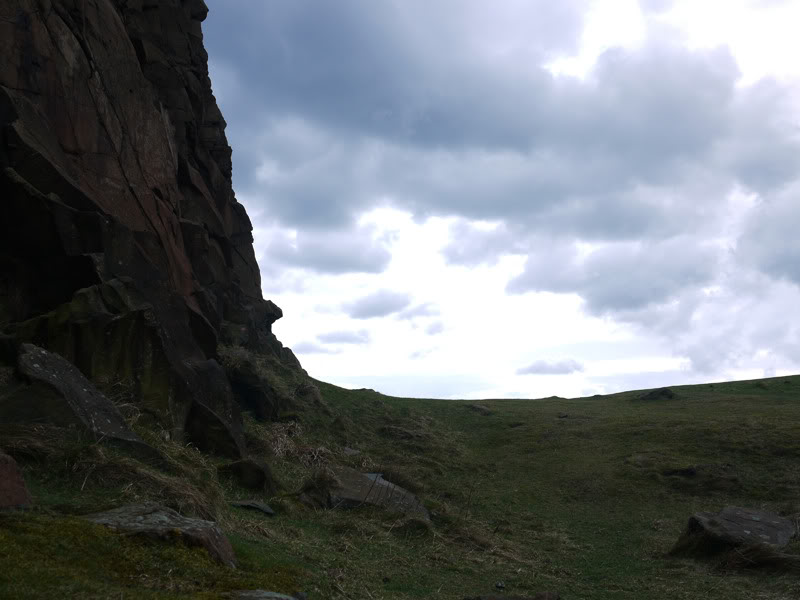
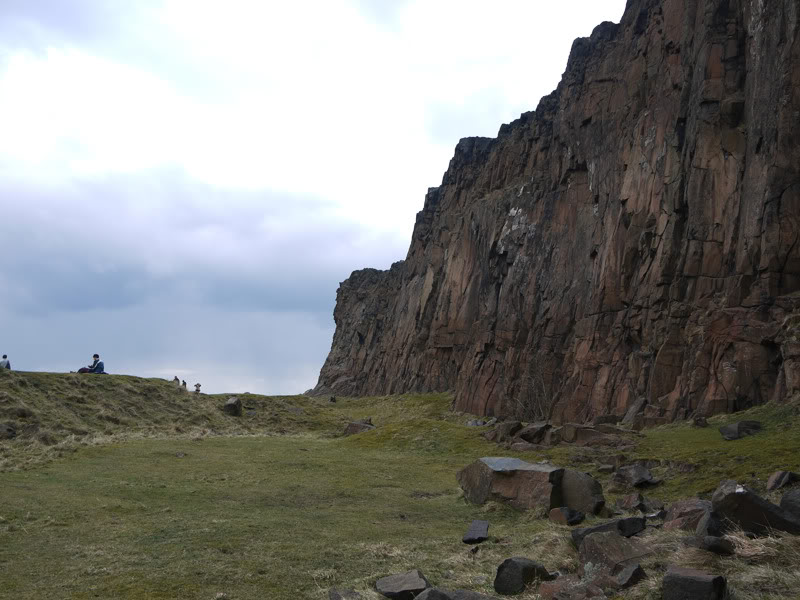
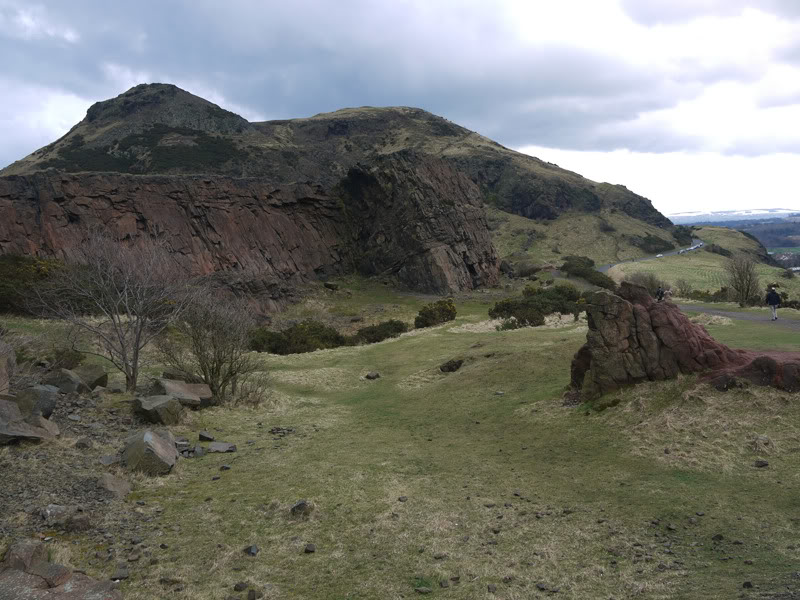
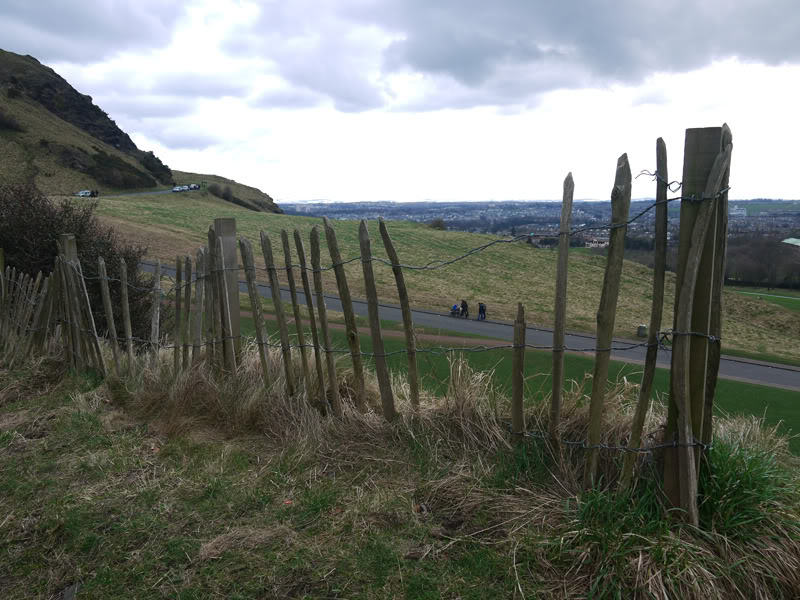
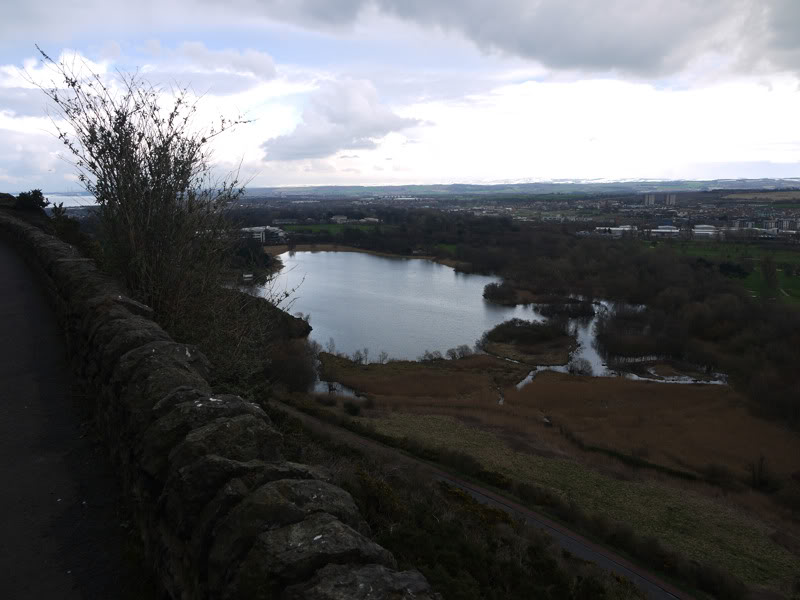
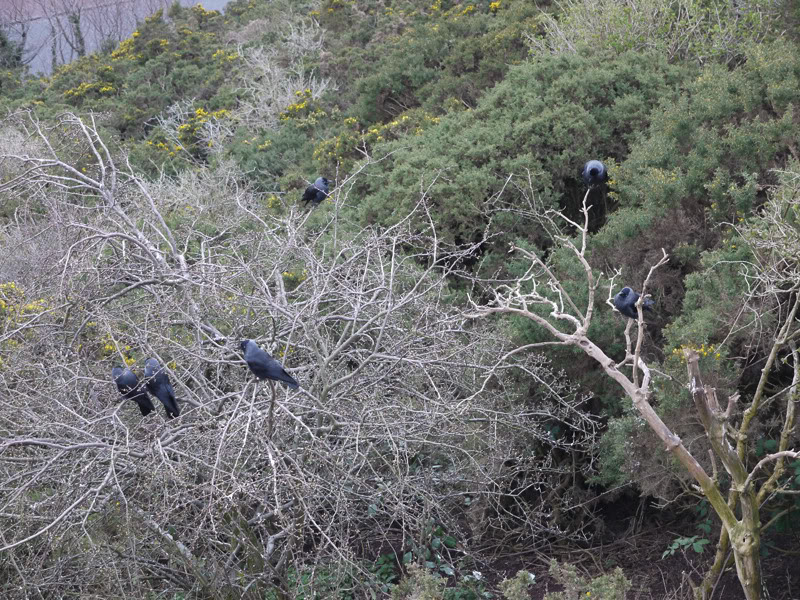
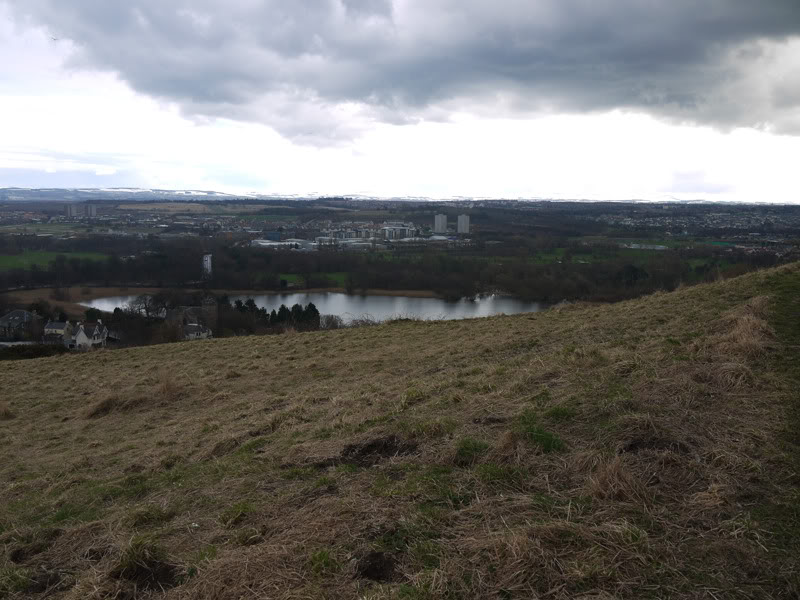
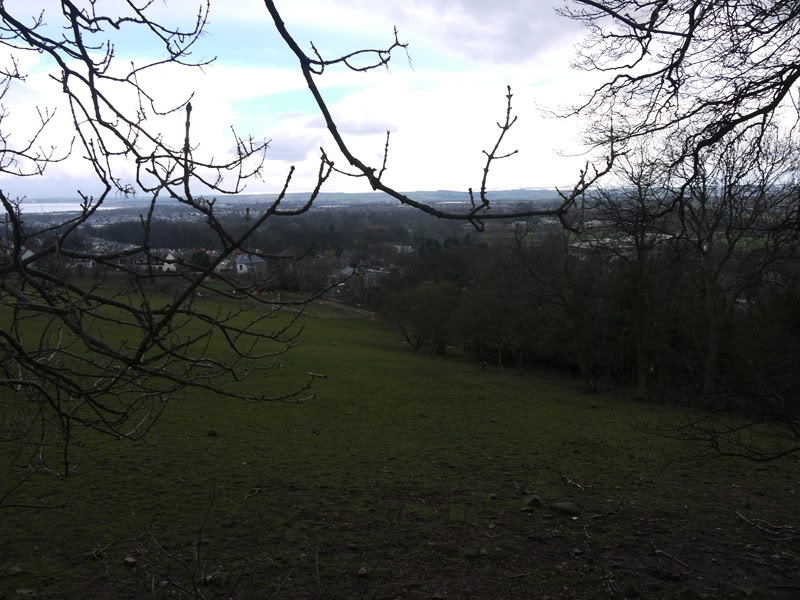
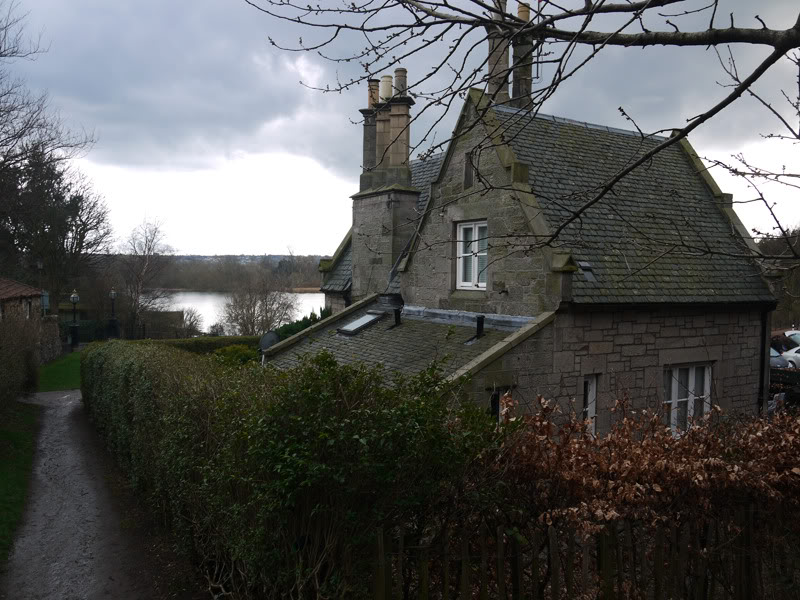
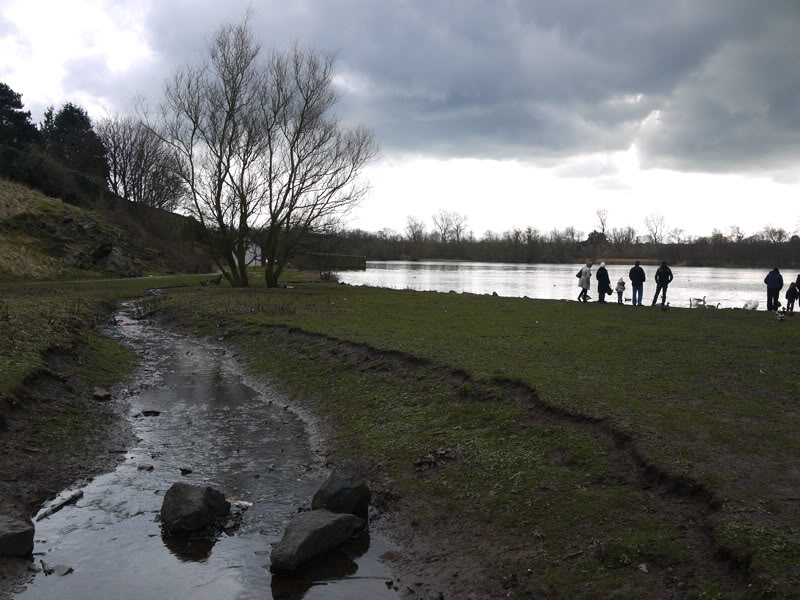
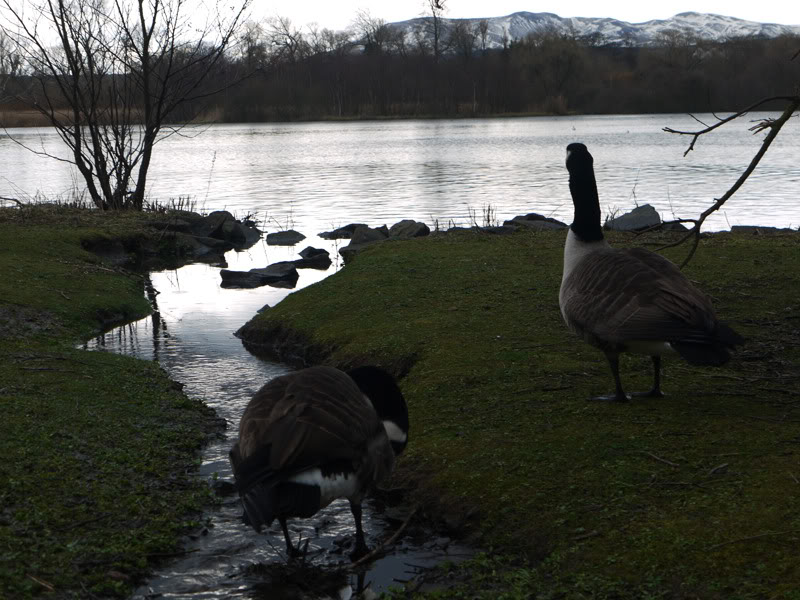
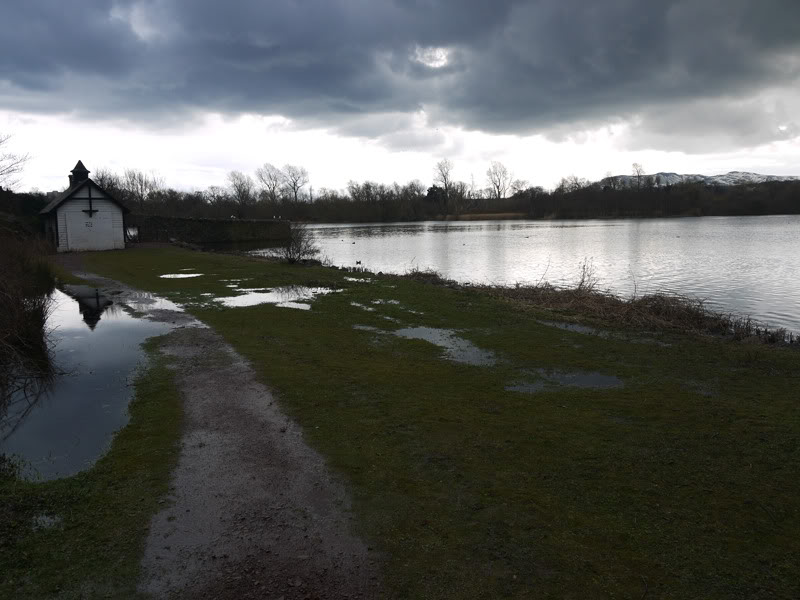
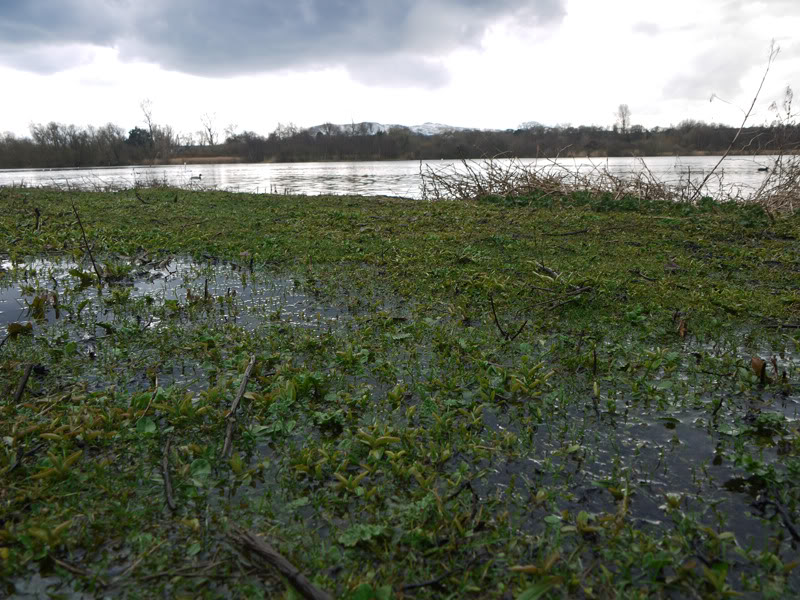
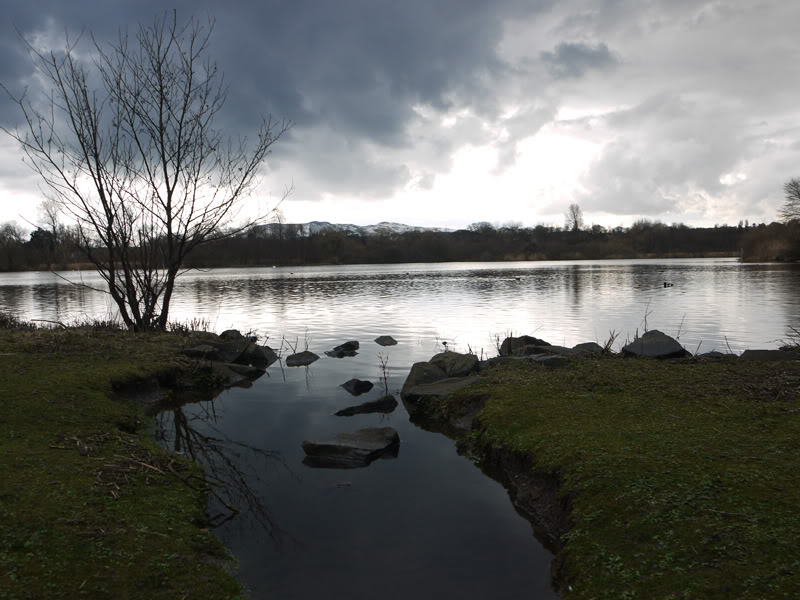
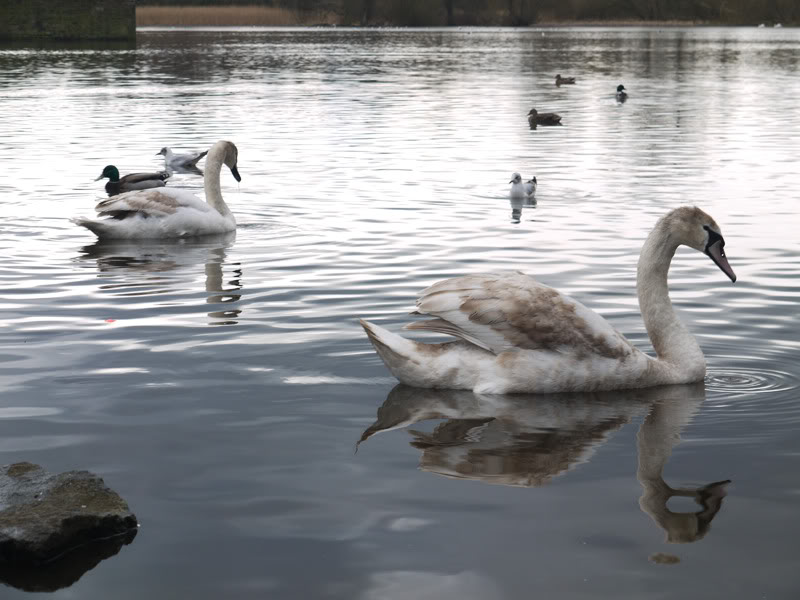
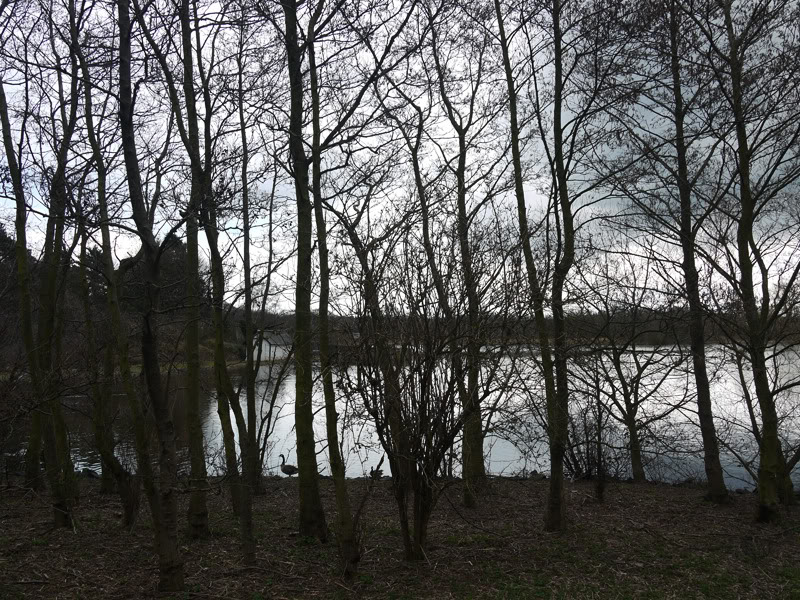
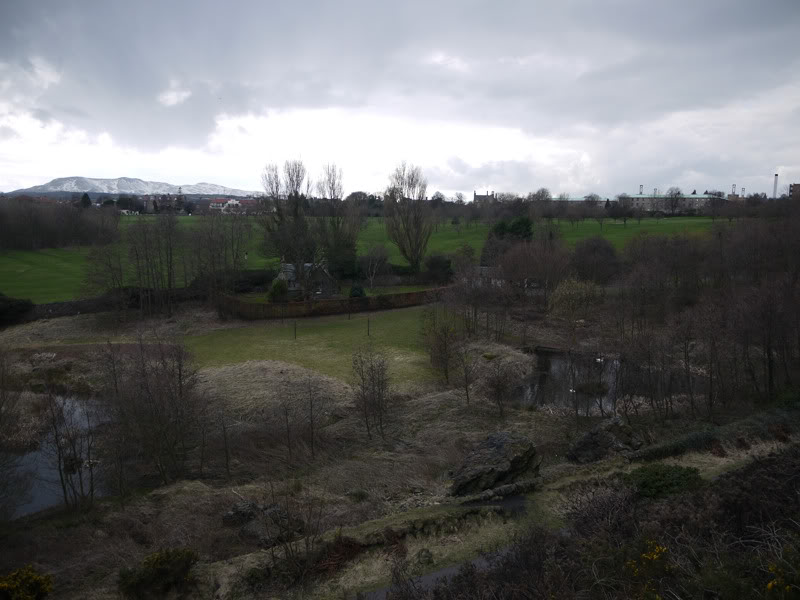
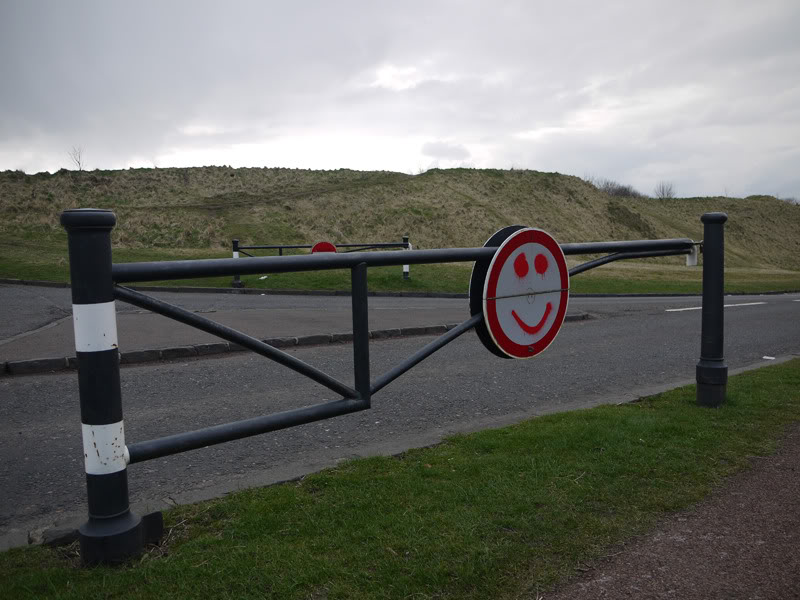
Walking back down past the Scottish Parliament, are Holyrood Palace and Holyrood Abbey, which were both closed for some reason, so unfortunately not much in the way of photos here. I fittingly walked down Easter Road to check out the Harbour front. Up until very recently, this was part of the run down area of the city and there wasn’t much to entice anyone other than dockworkers and rough characters to the area. As discussed above with Leith (which is right next to the docks), the area is changing rapidly. Scotland, long an exporter of great seafood is starting to take its food more seriously and there are a lot of new restaurants around here that make the most of the access to great, fresh seafood. I wanted to try the Michelin Starred ‘Kitchin’ but alas it was well out of my price range, especially given my tight budget on this trip.
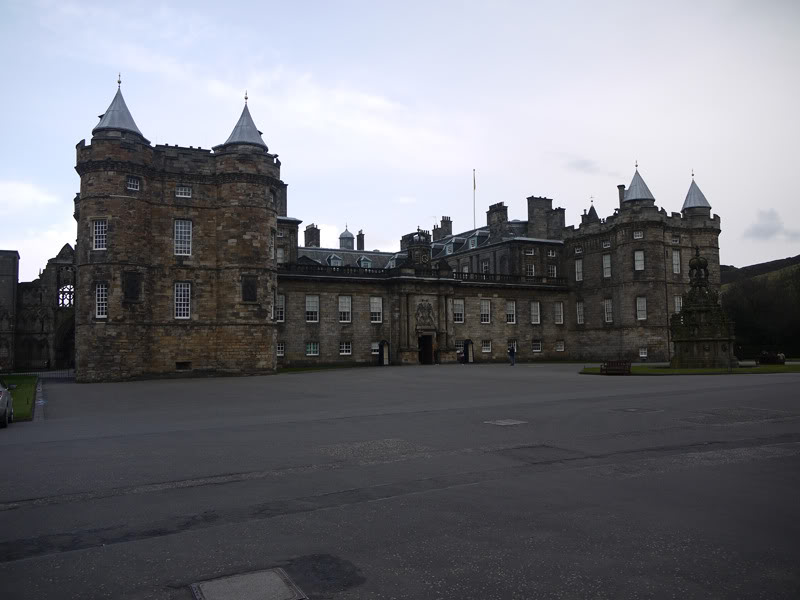
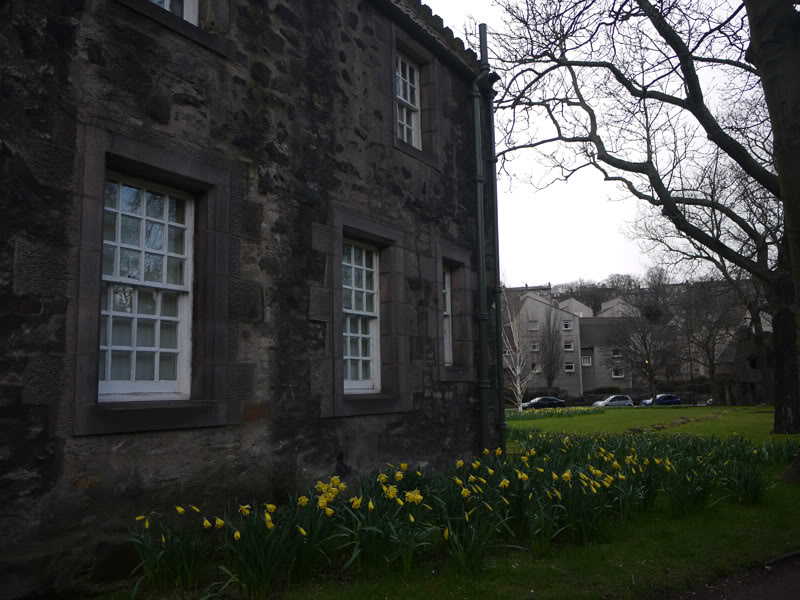
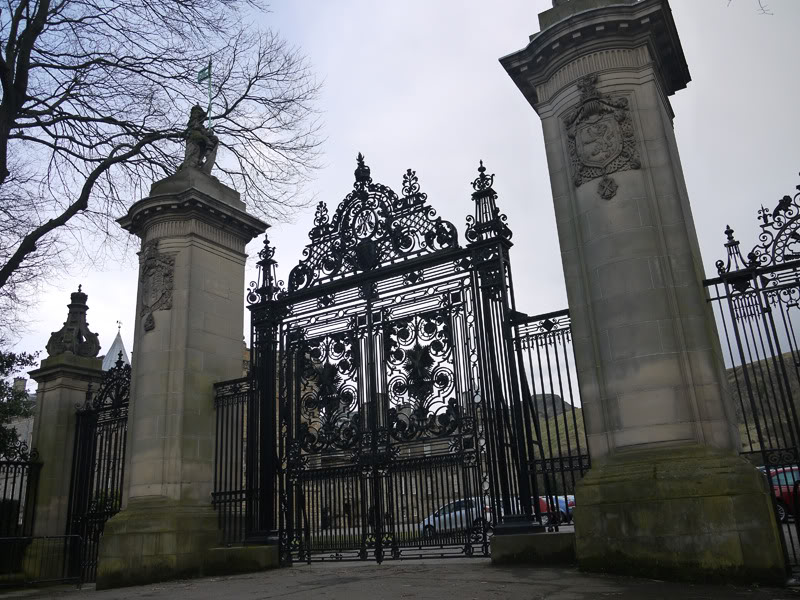
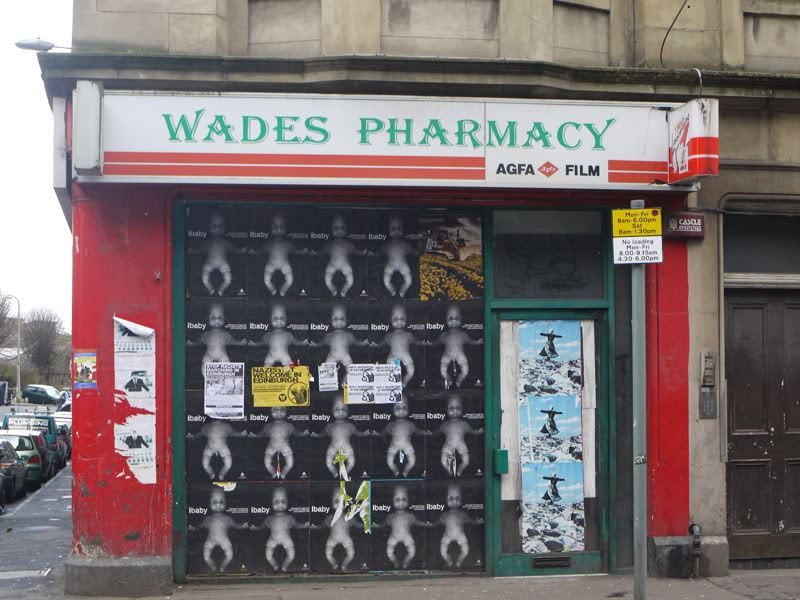
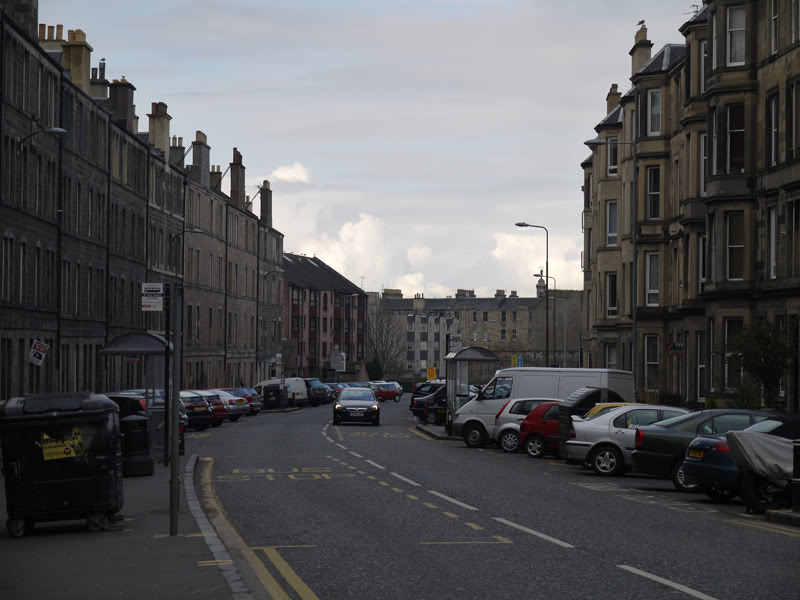
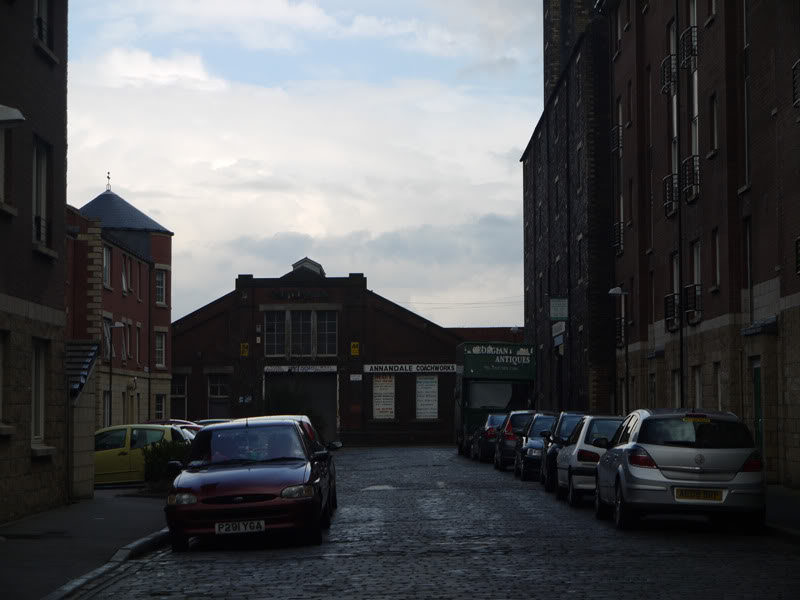
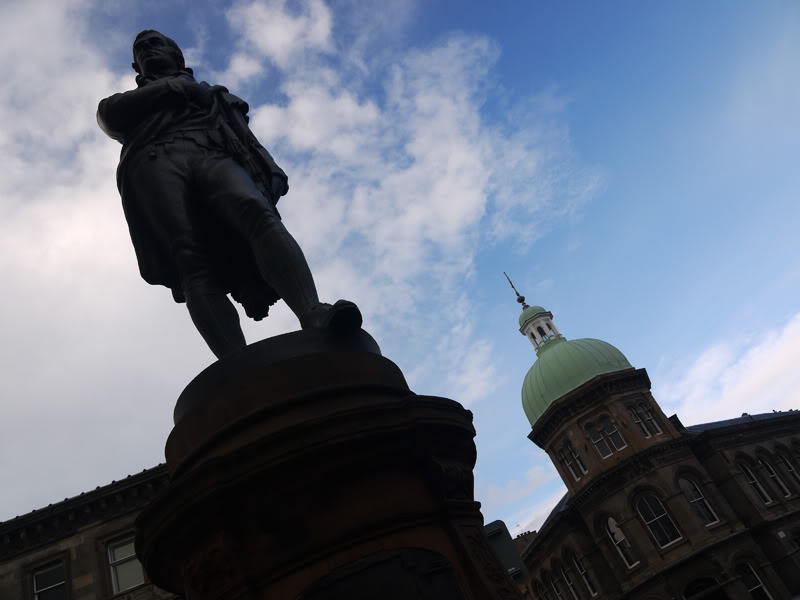
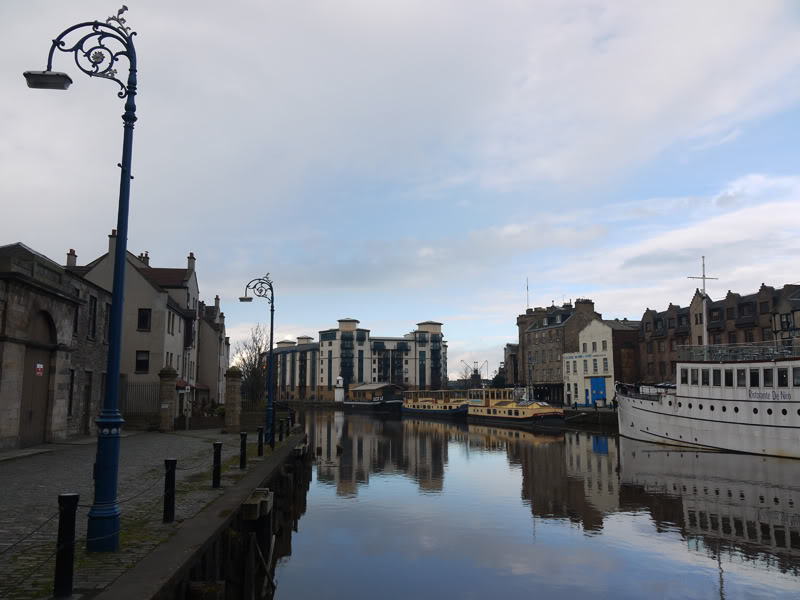
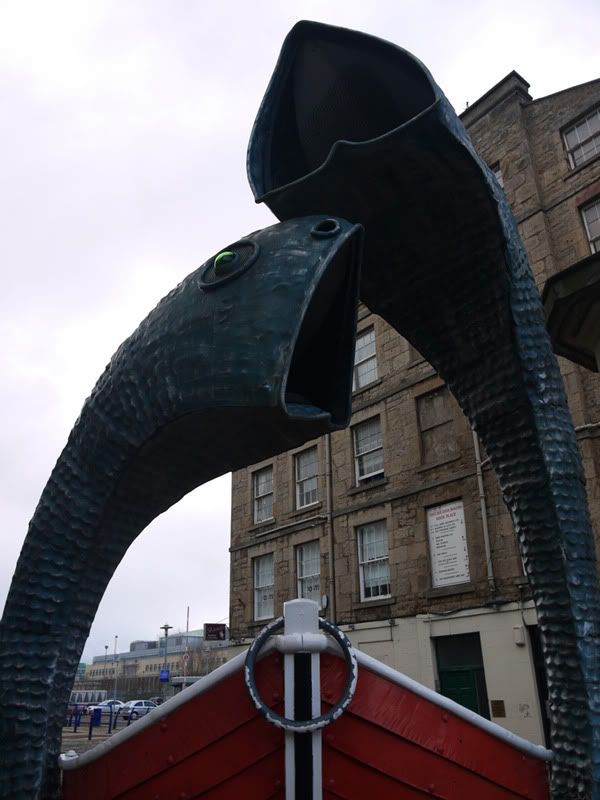
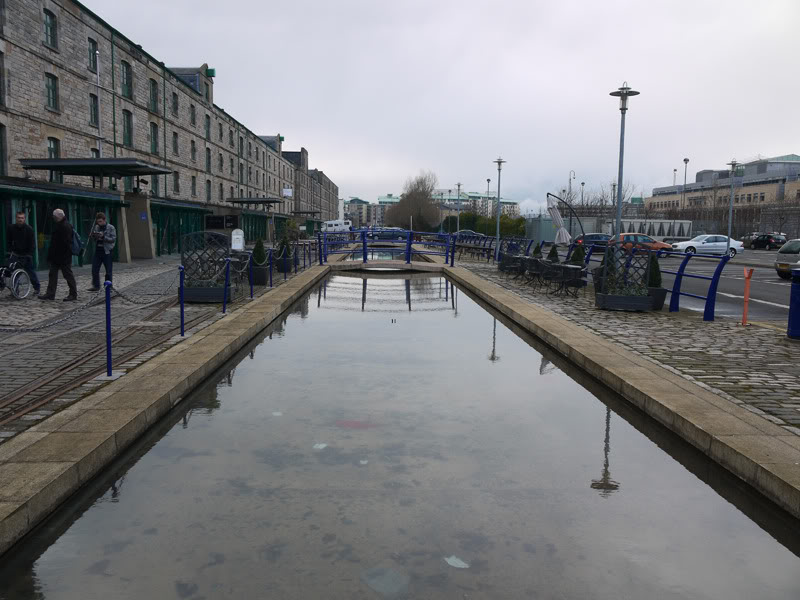
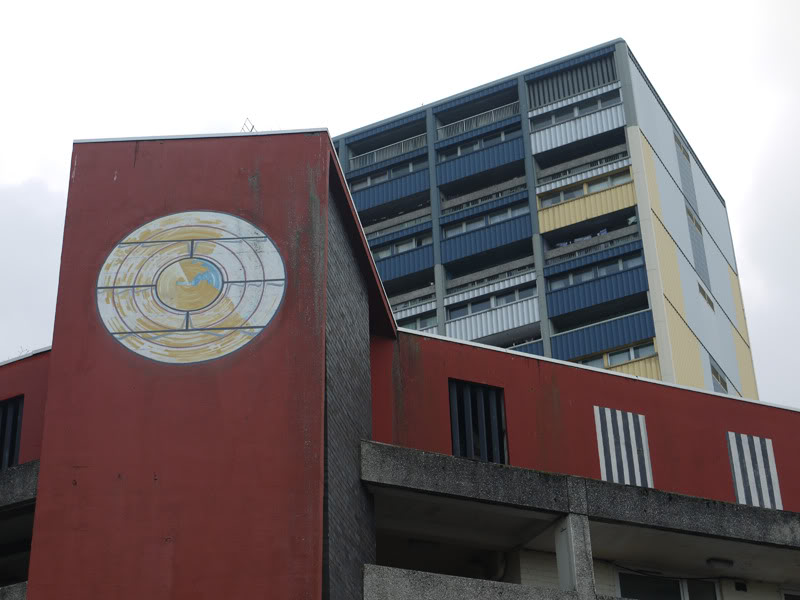
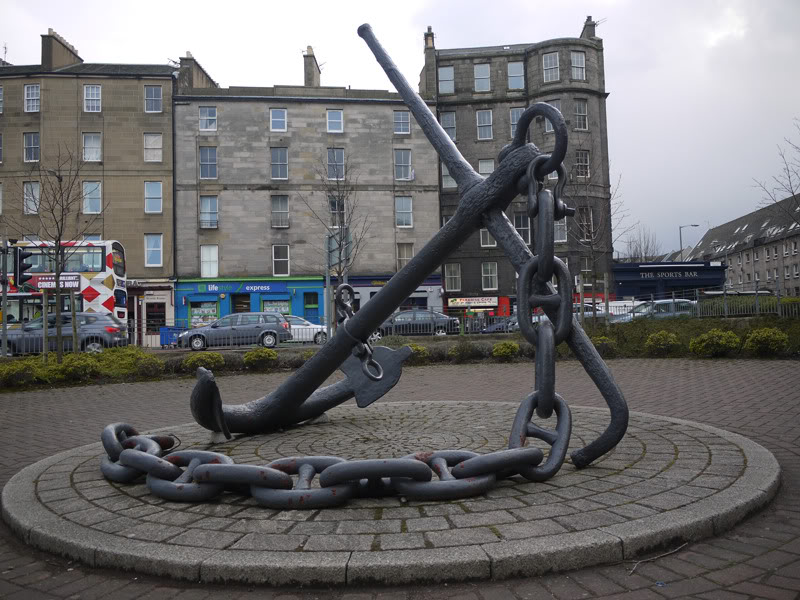
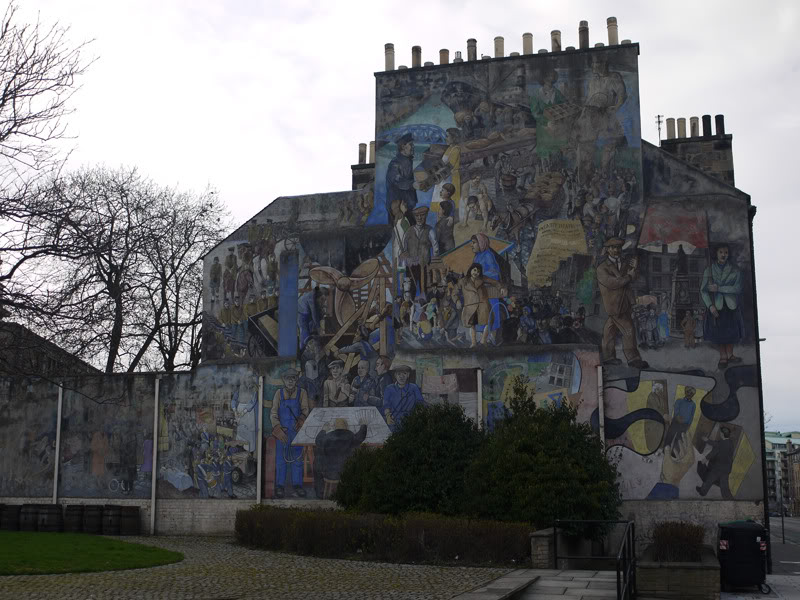
Heading back up through Leith, this is the end of the town that was really rough and it was obvious just walking around.
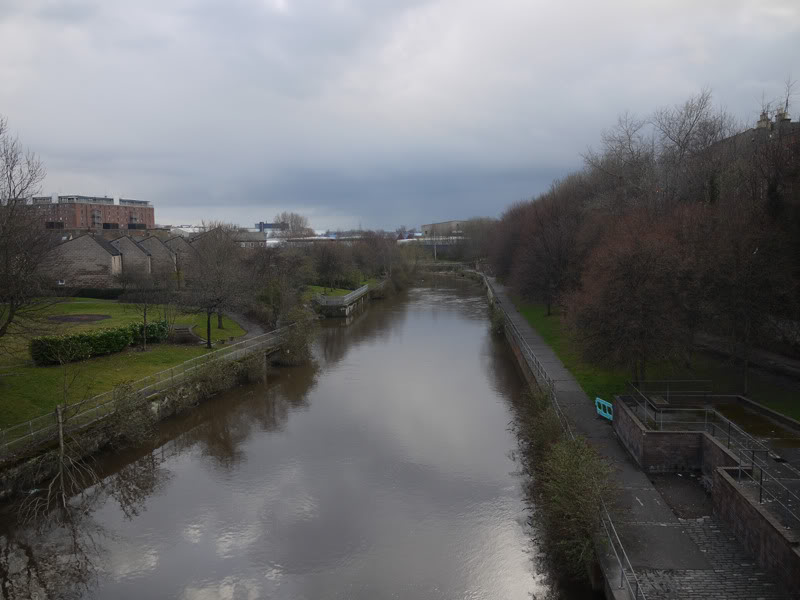
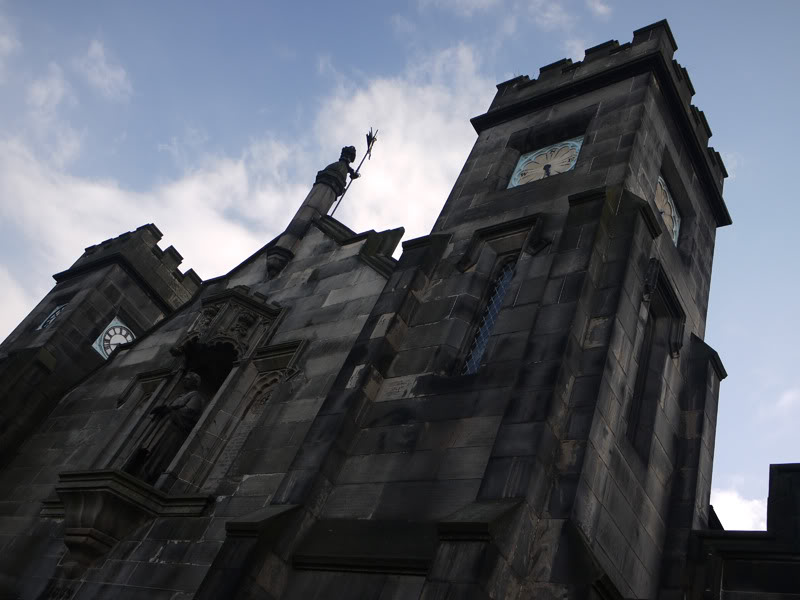
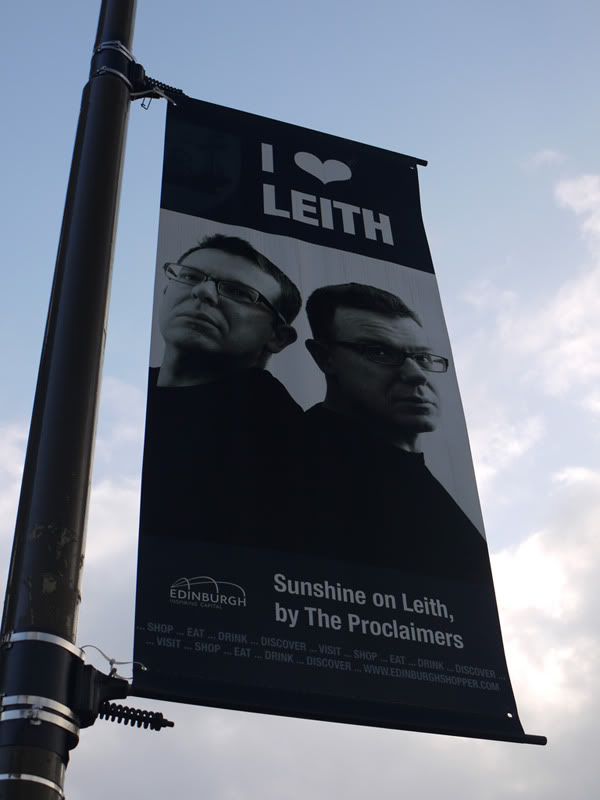

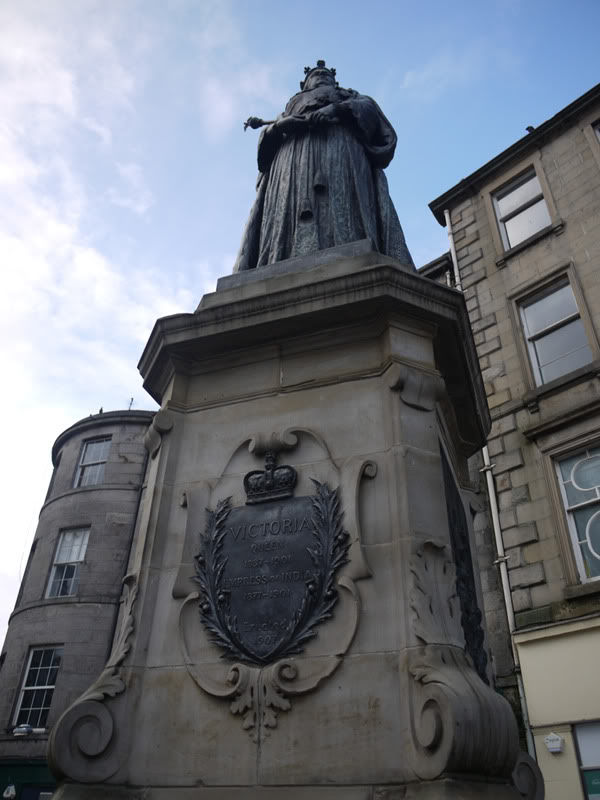
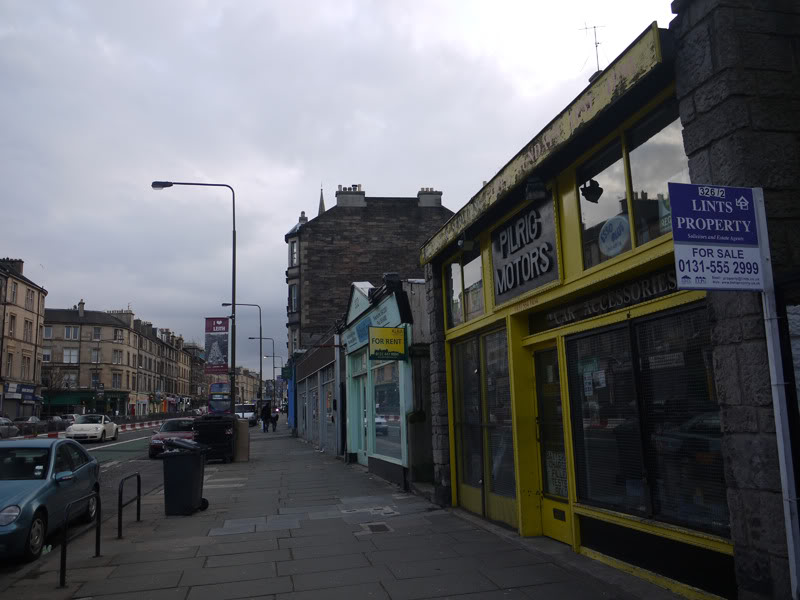
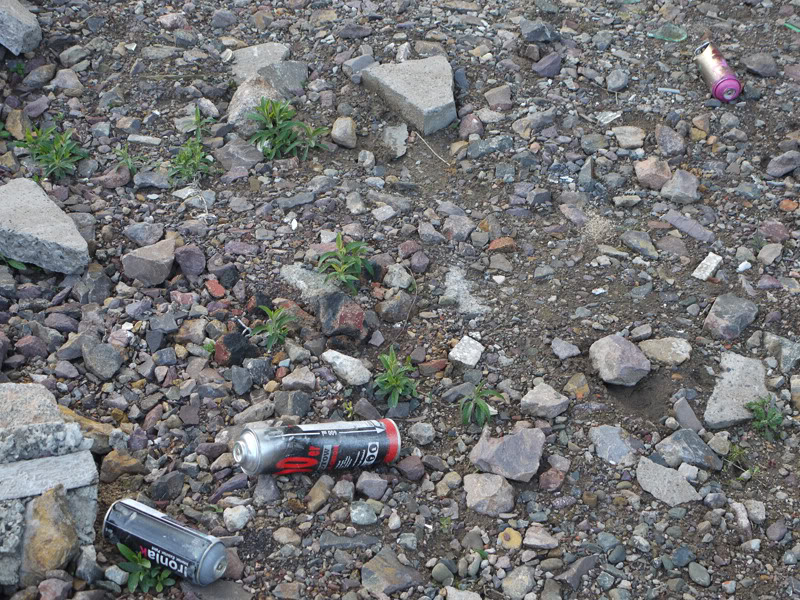
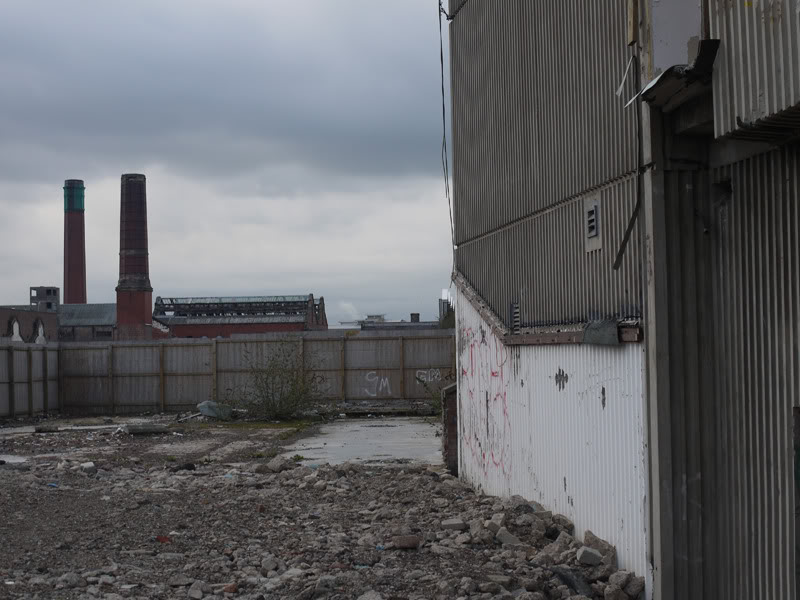
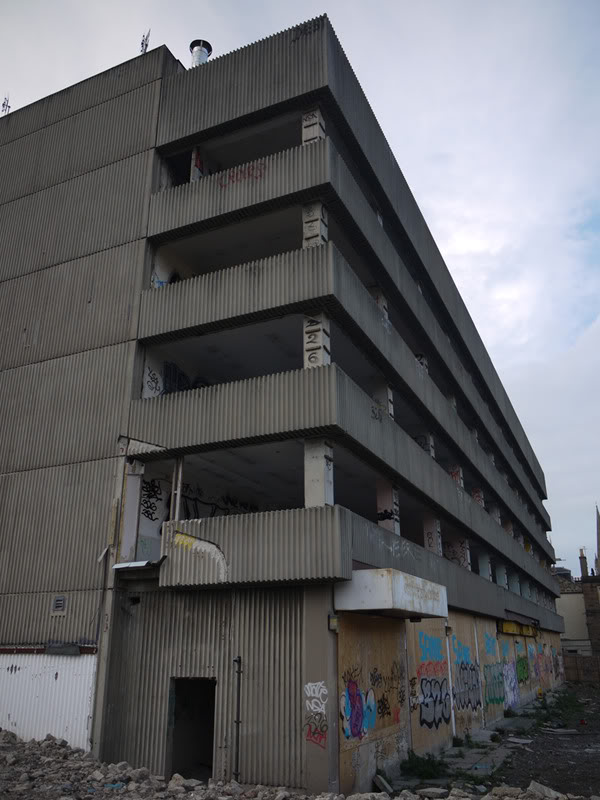
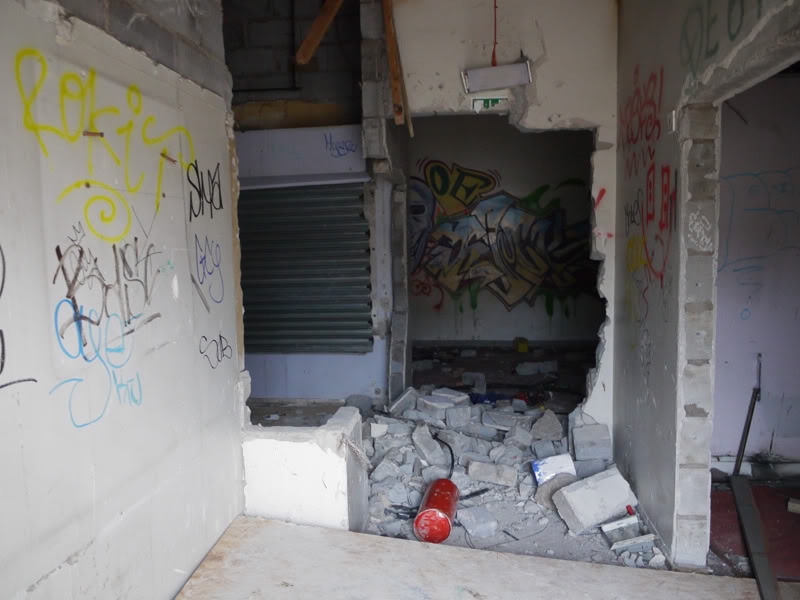

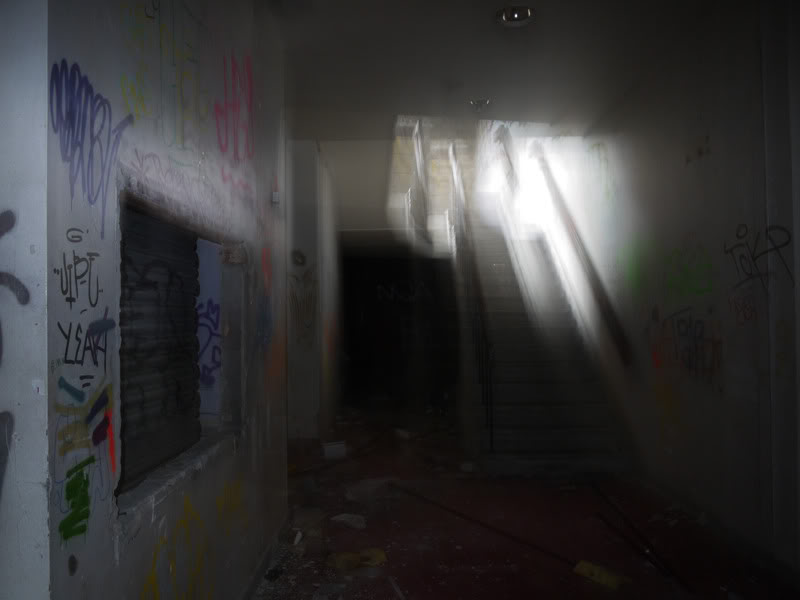
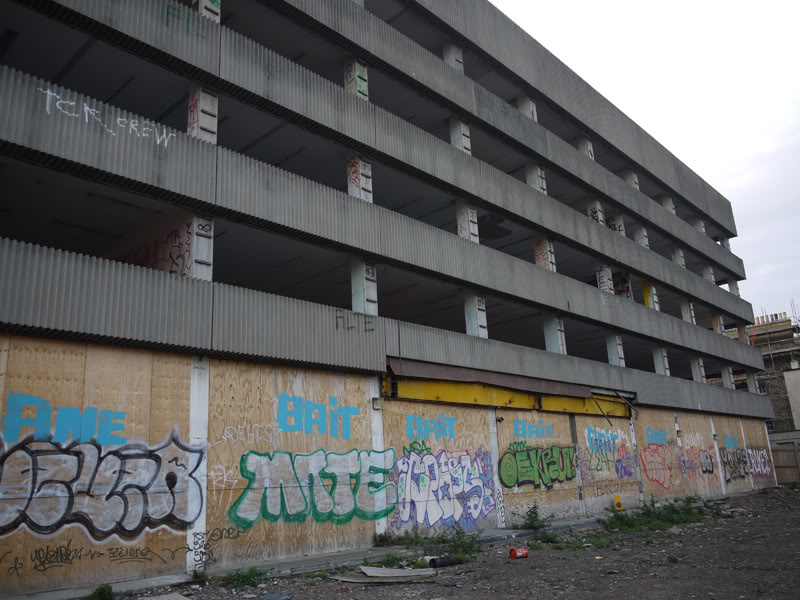
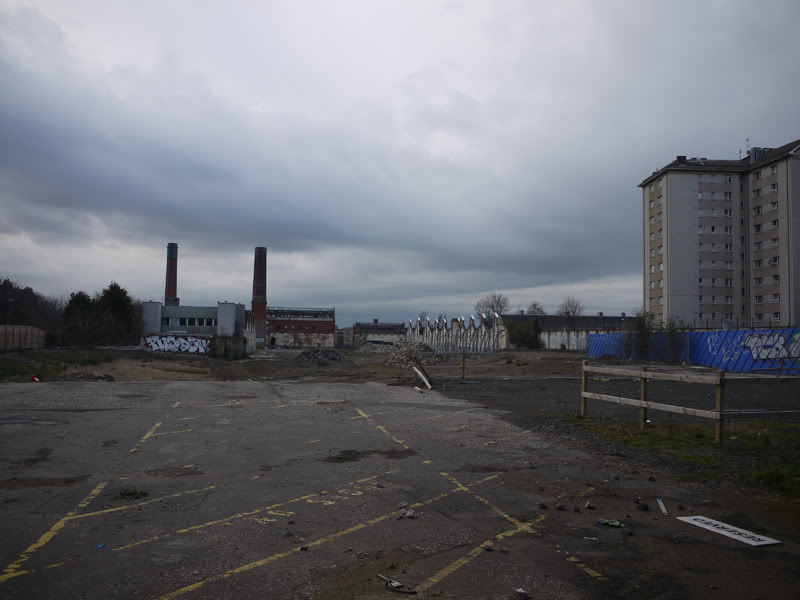
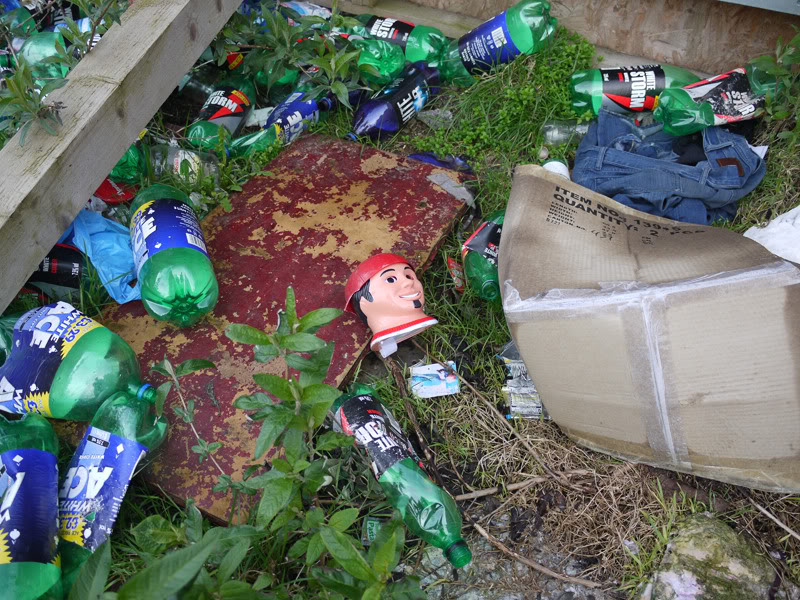
Back up to the part of Leith Walk and Princes Street from the previous night, but with a slightly different take.
